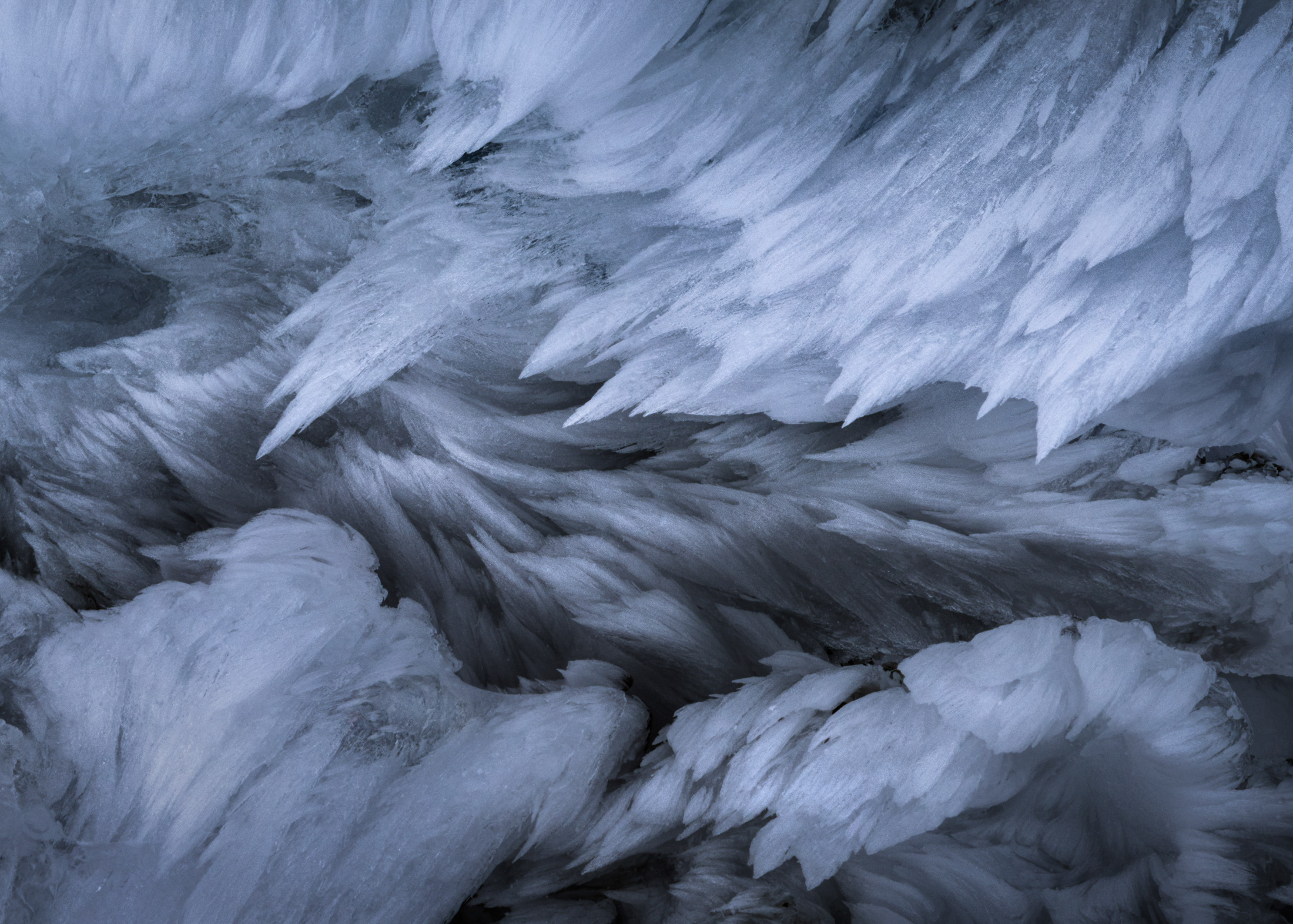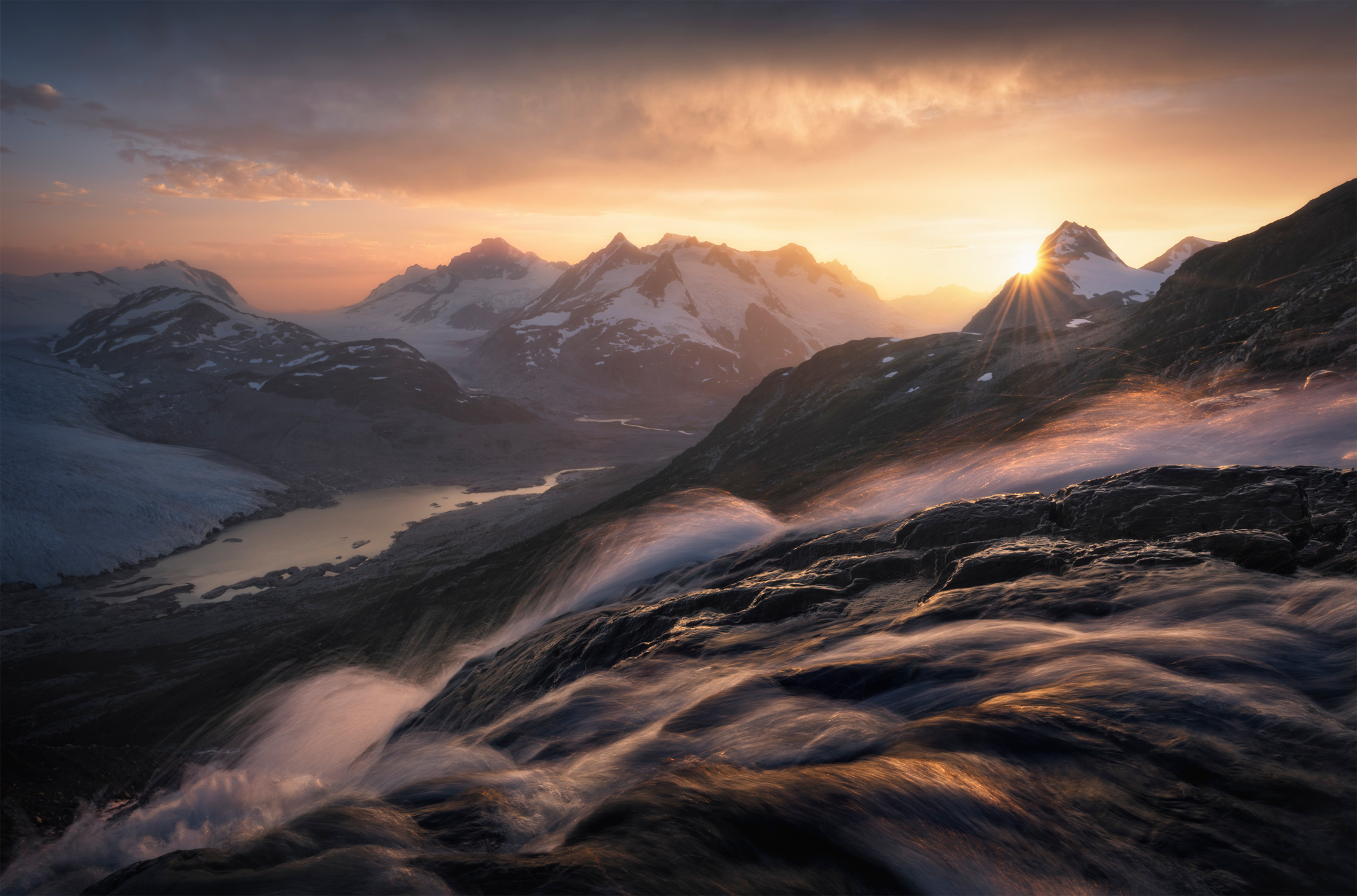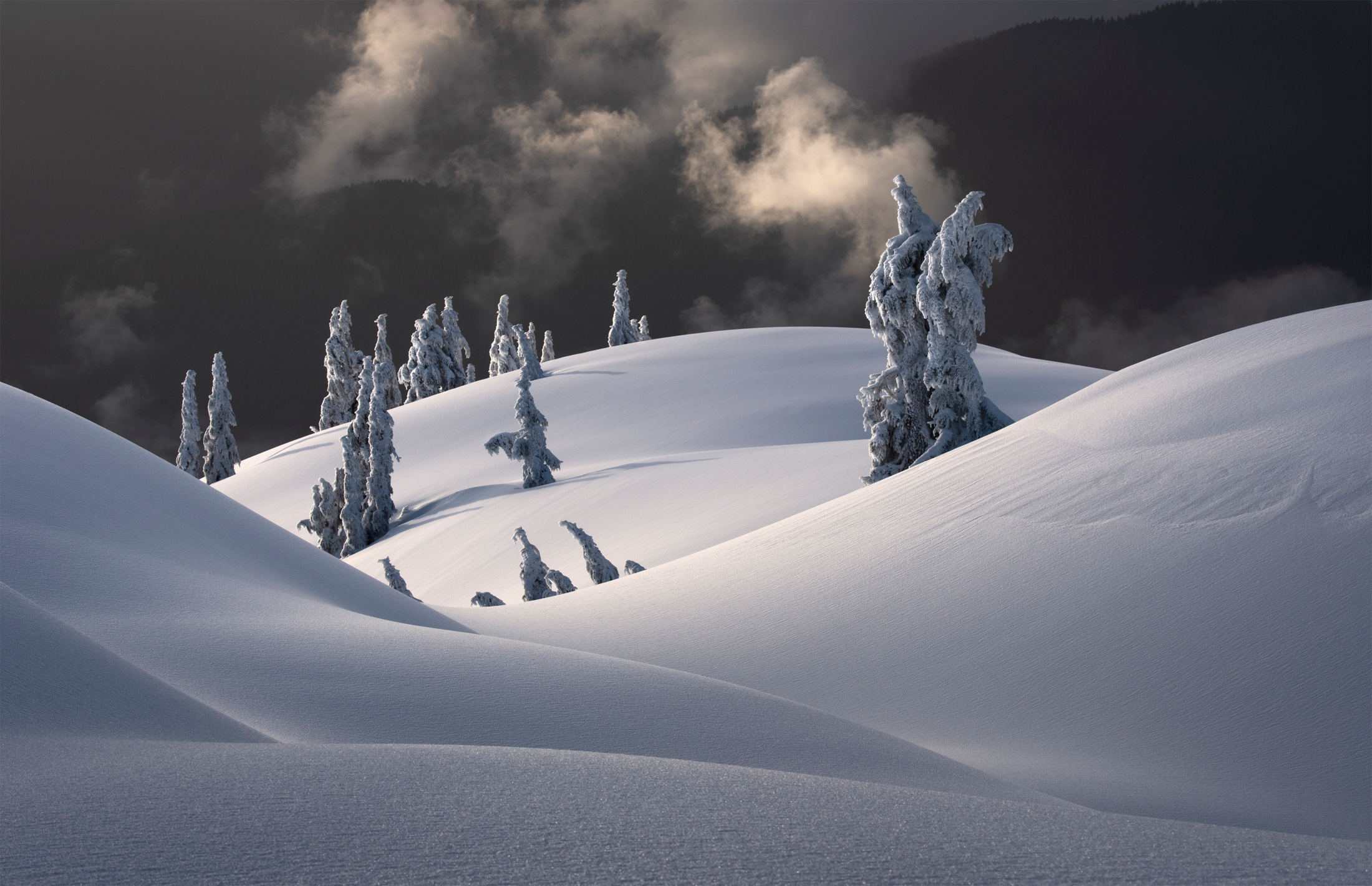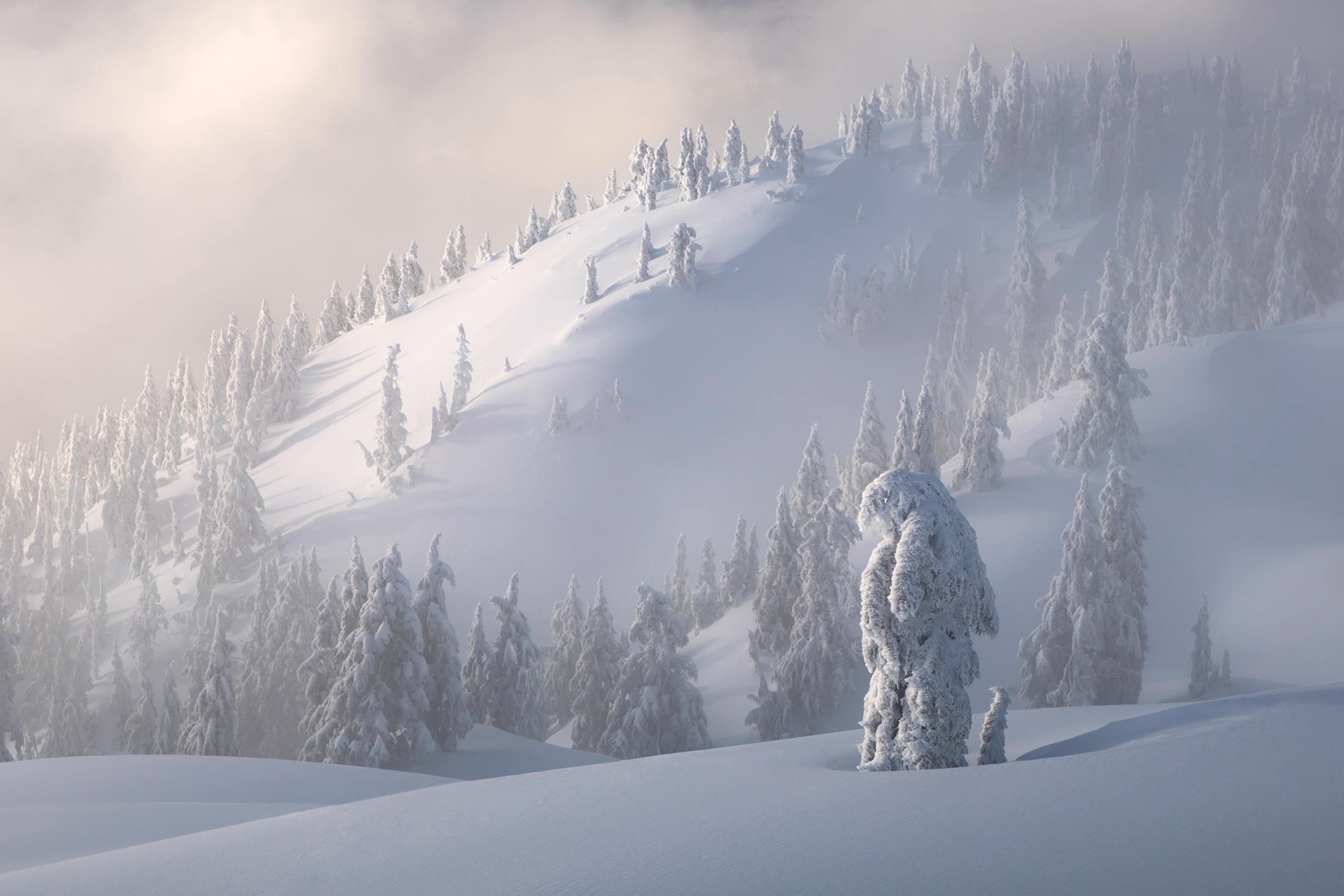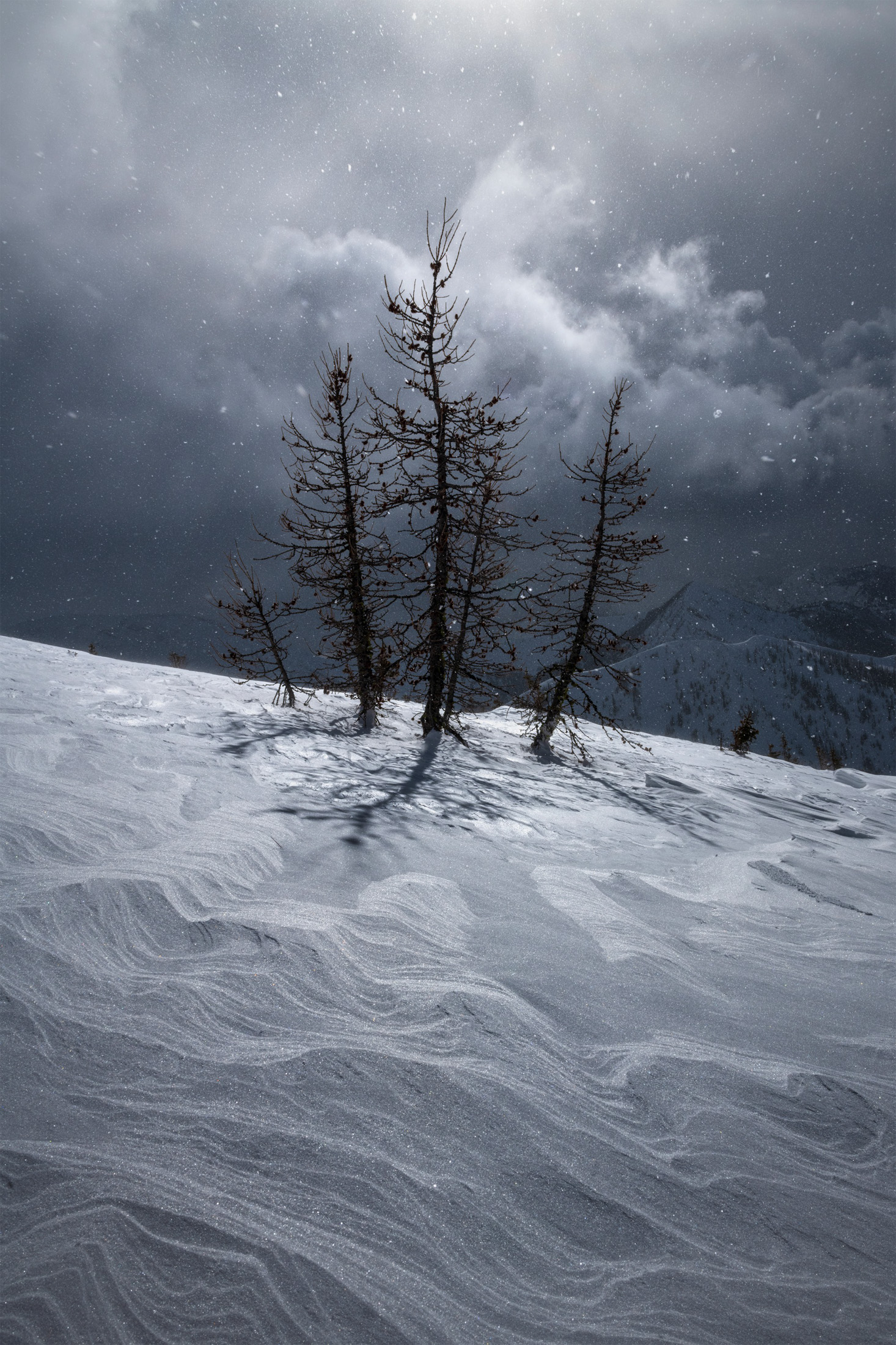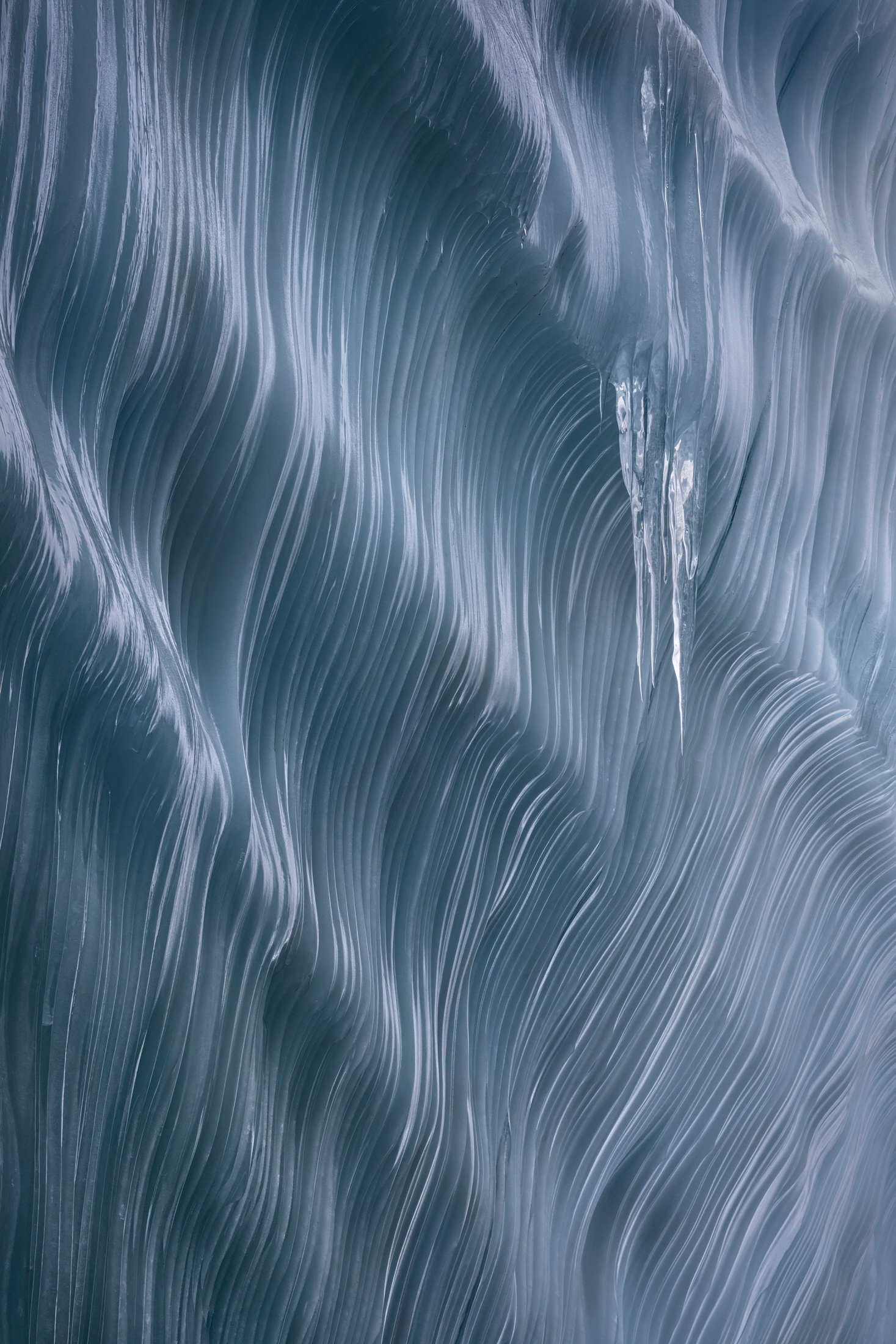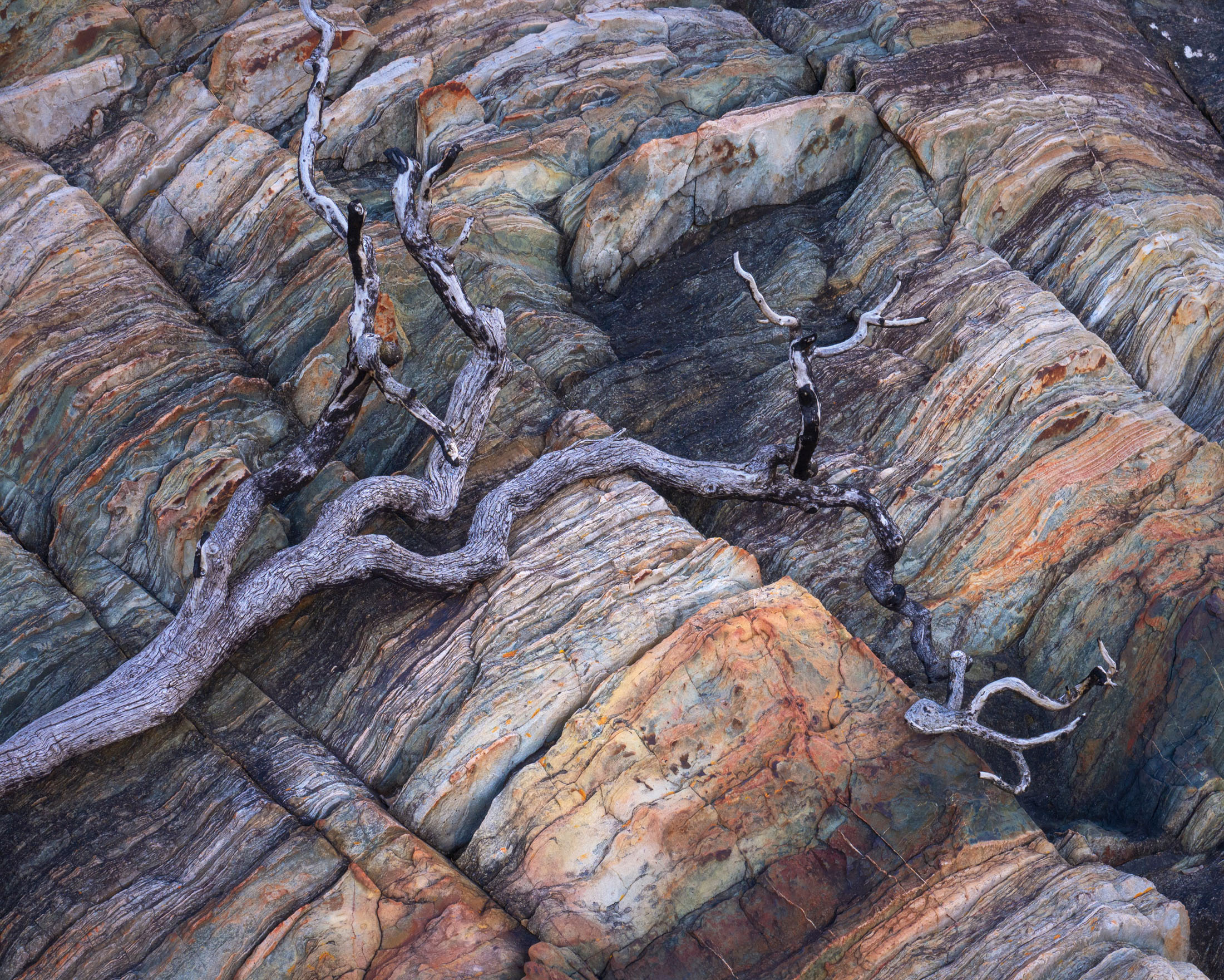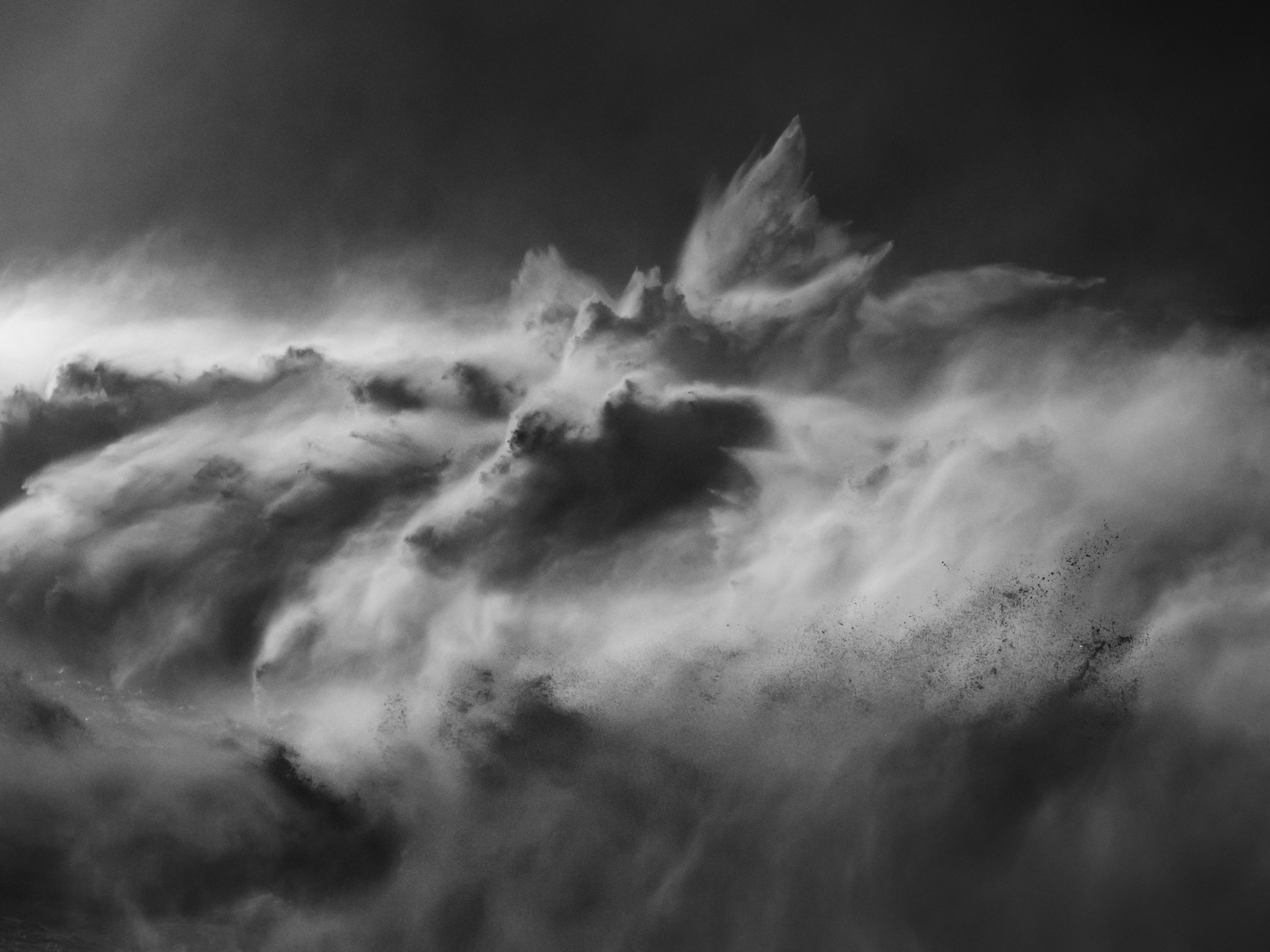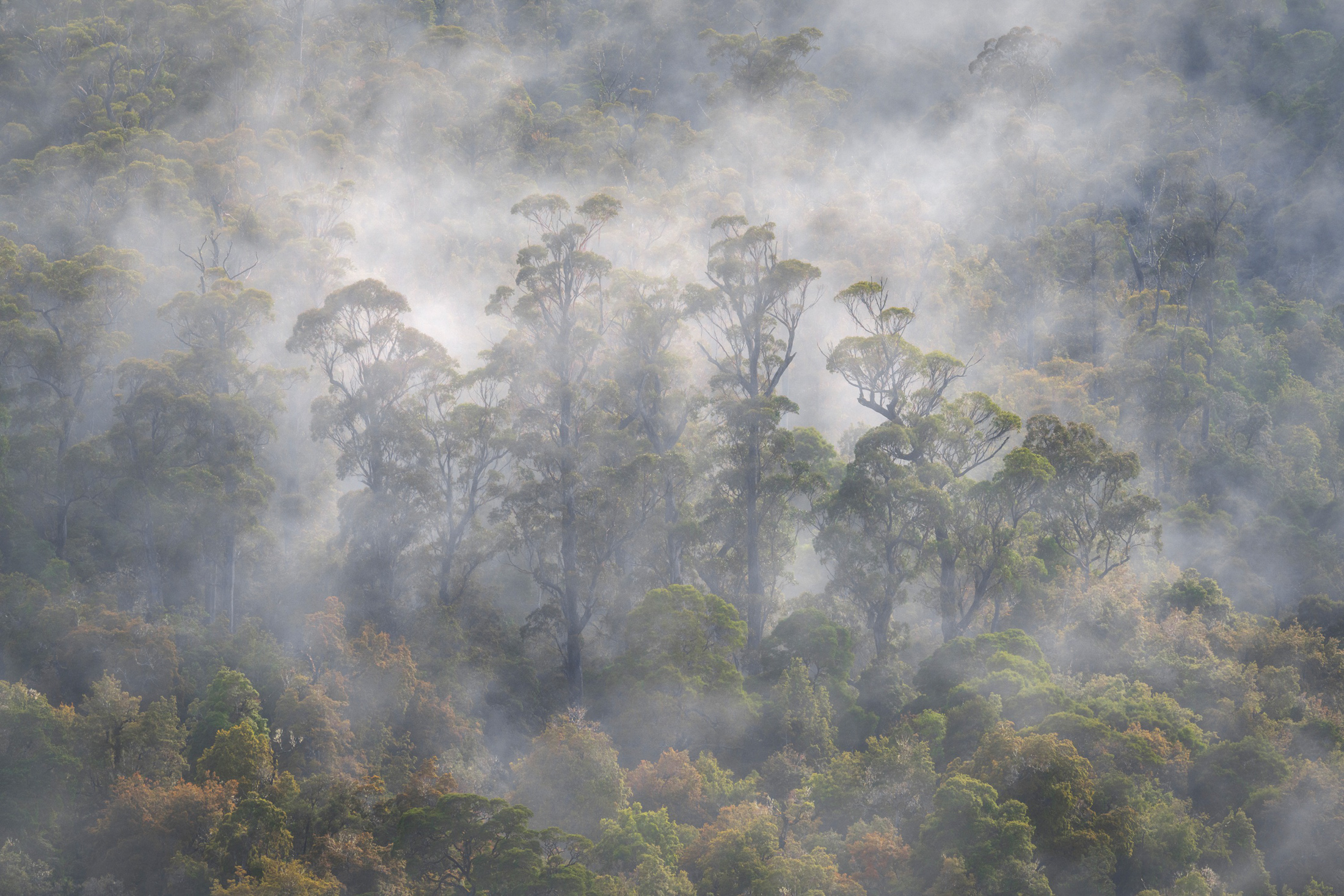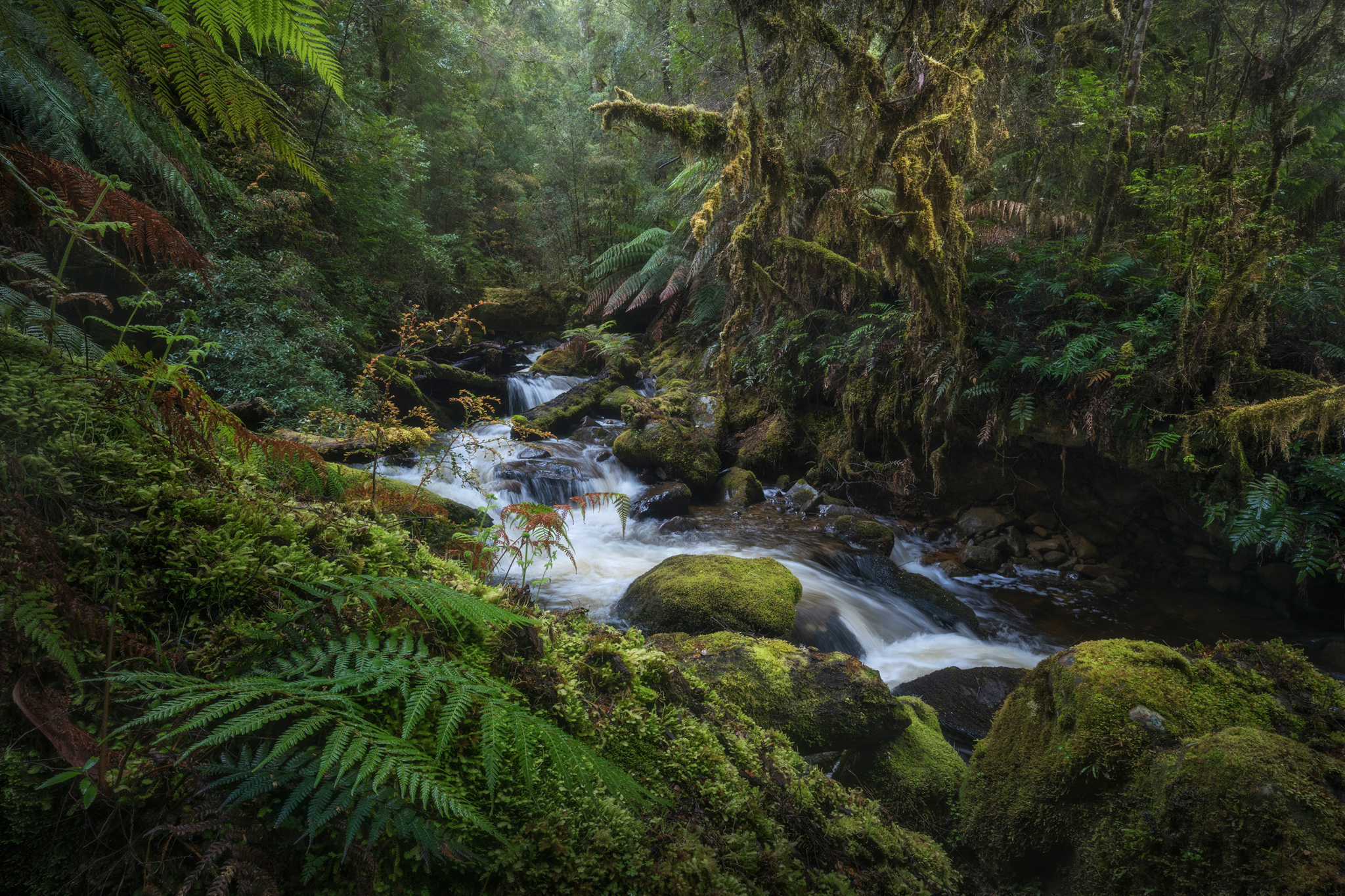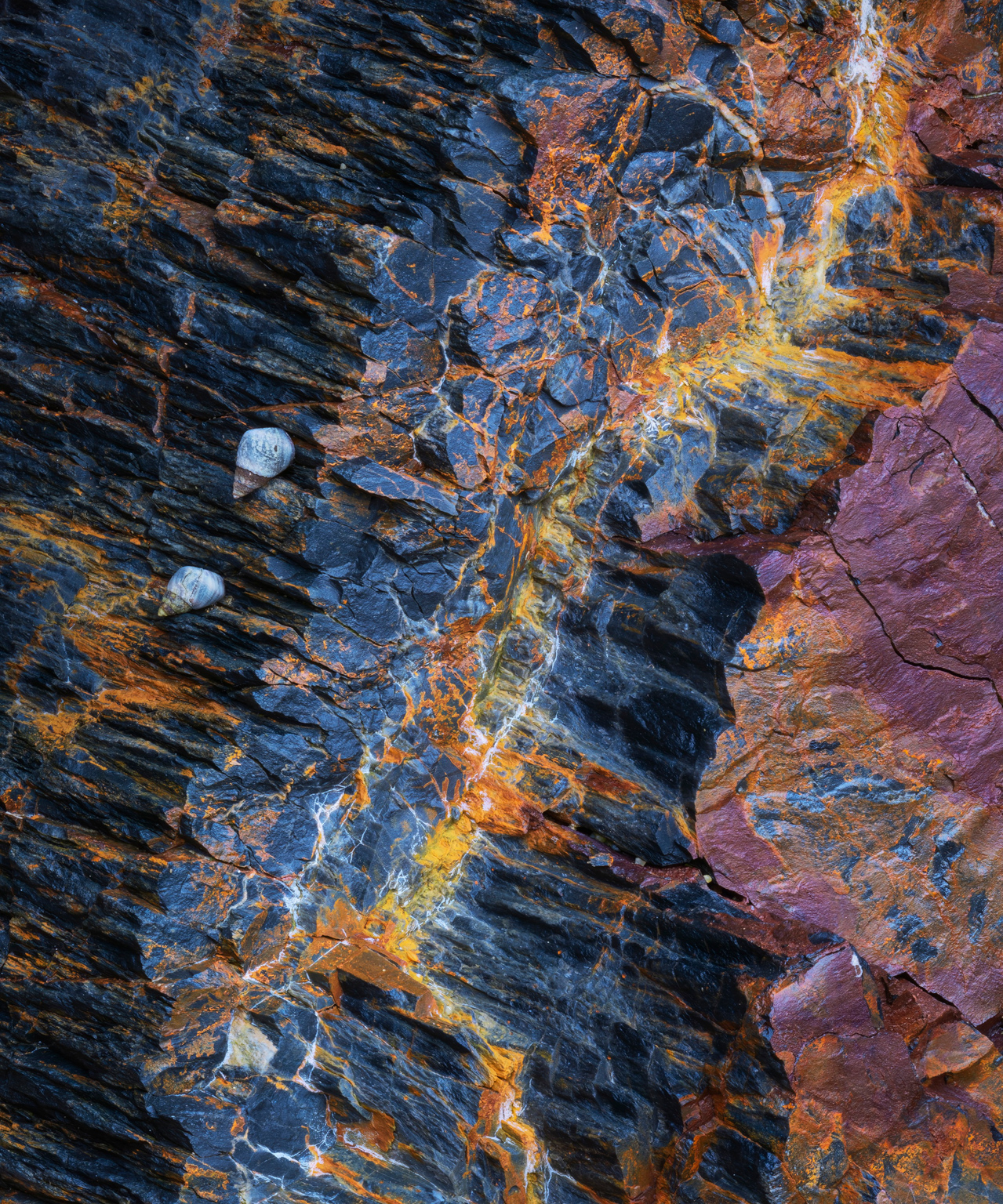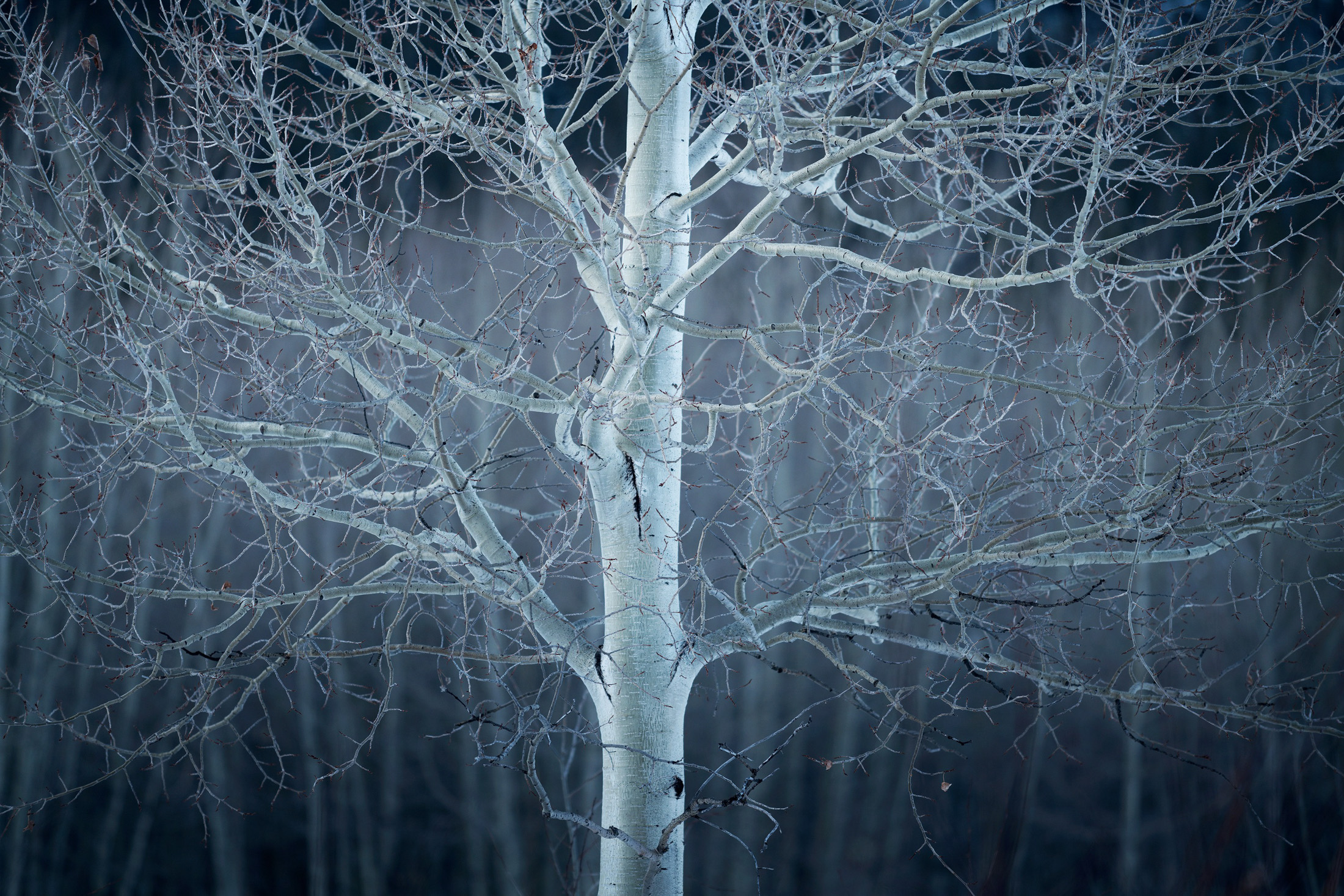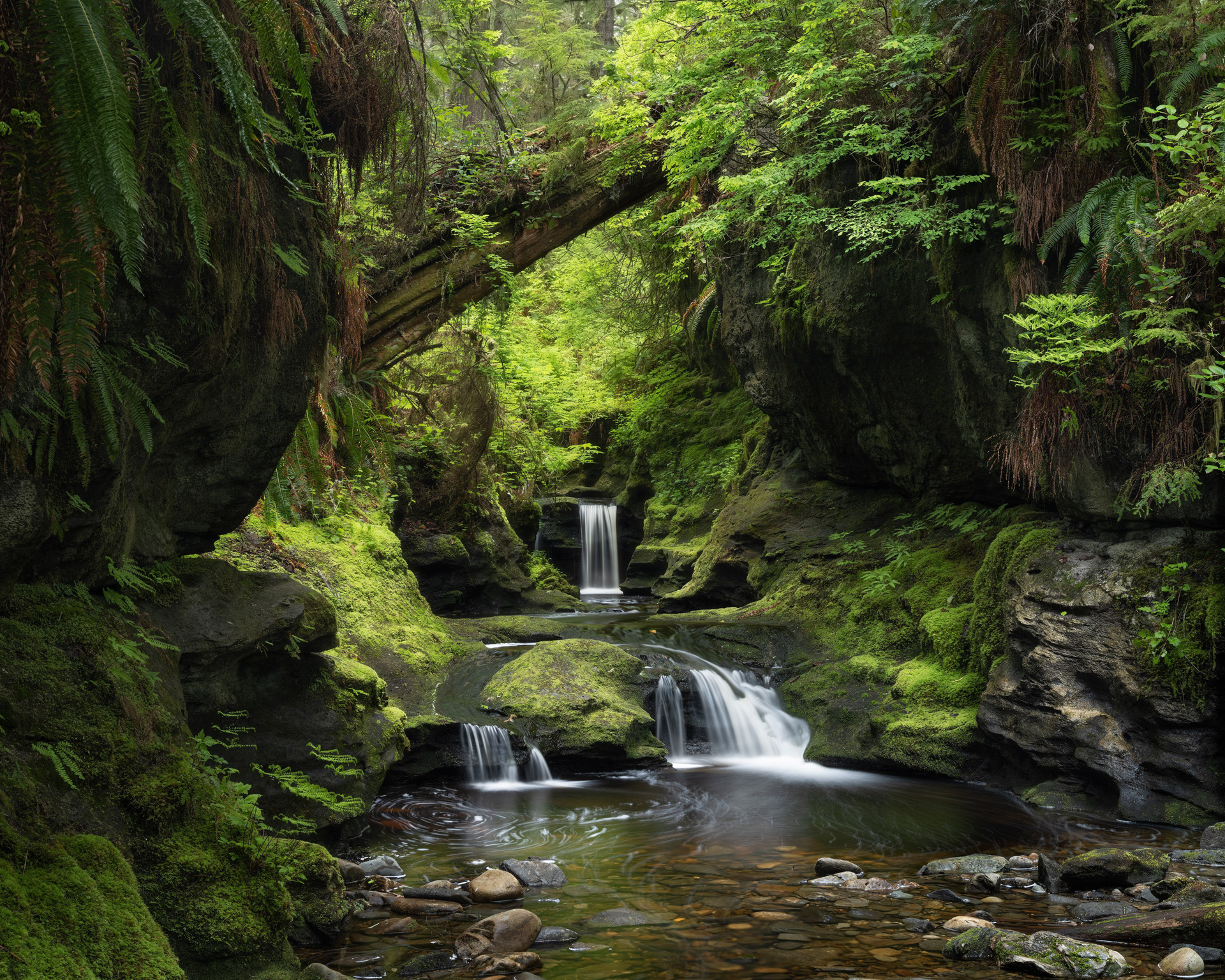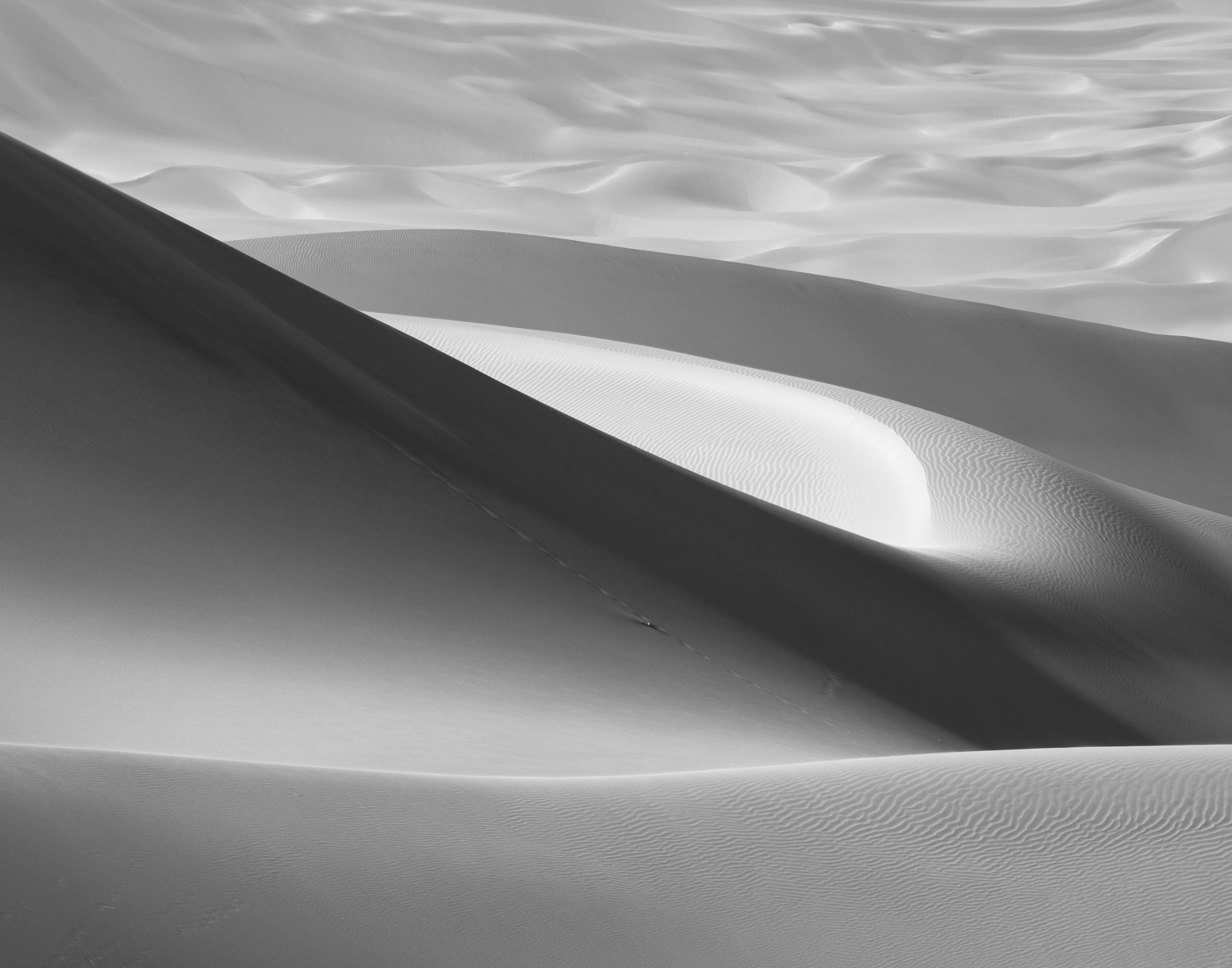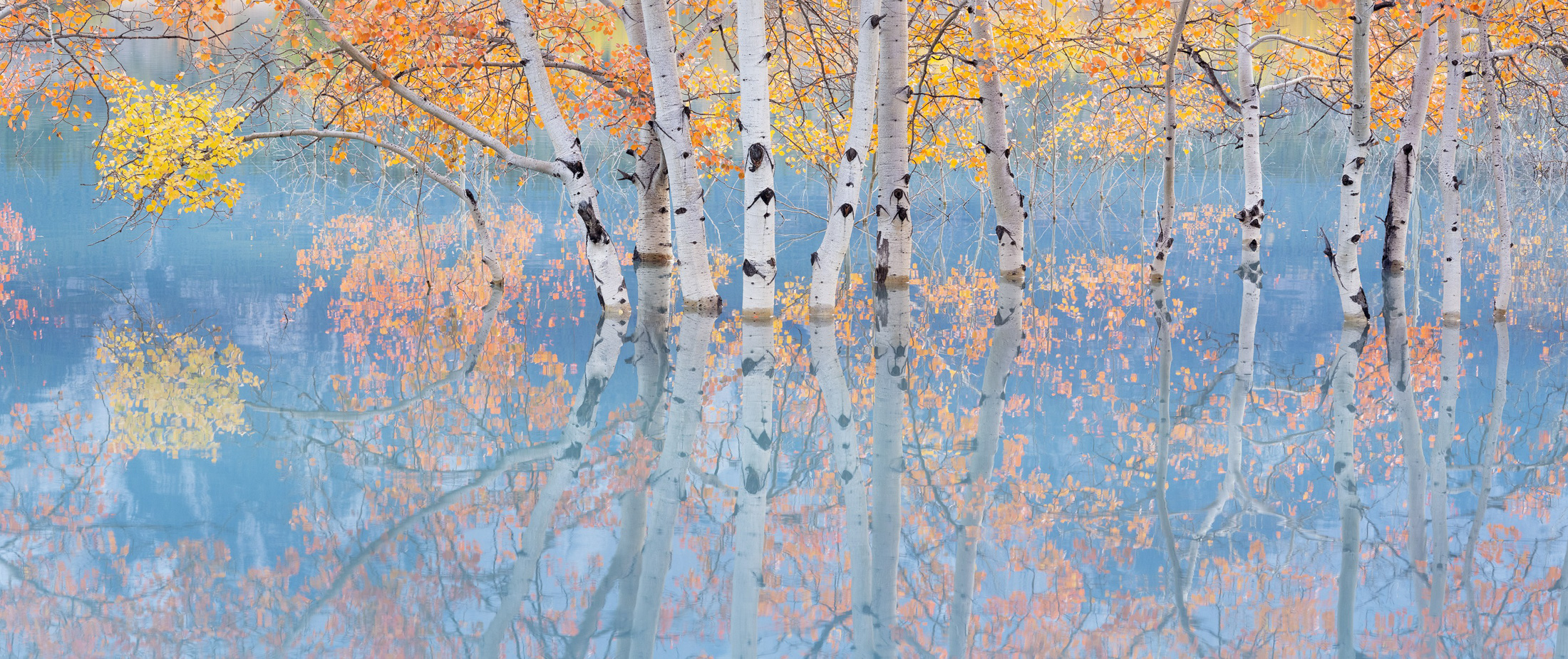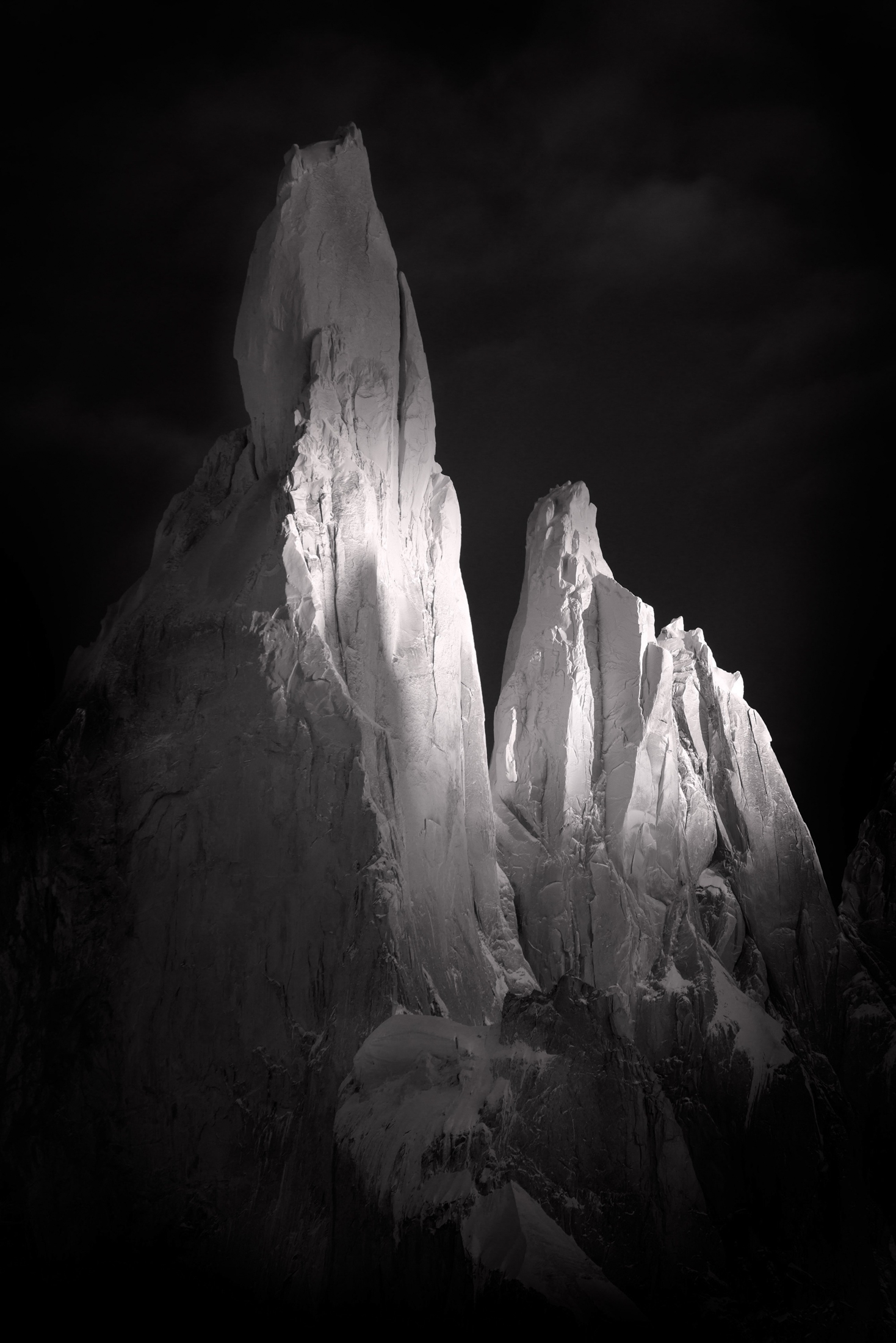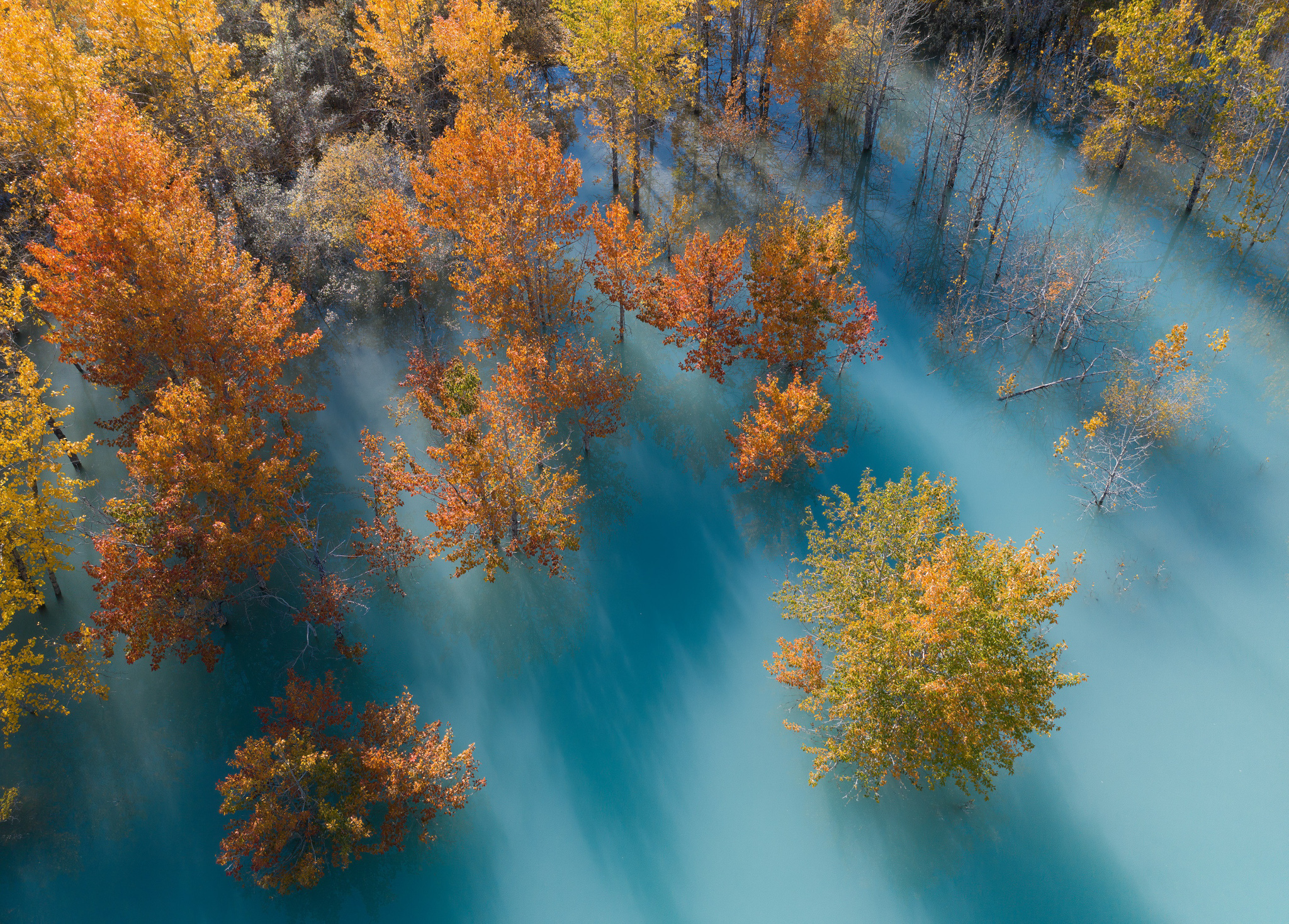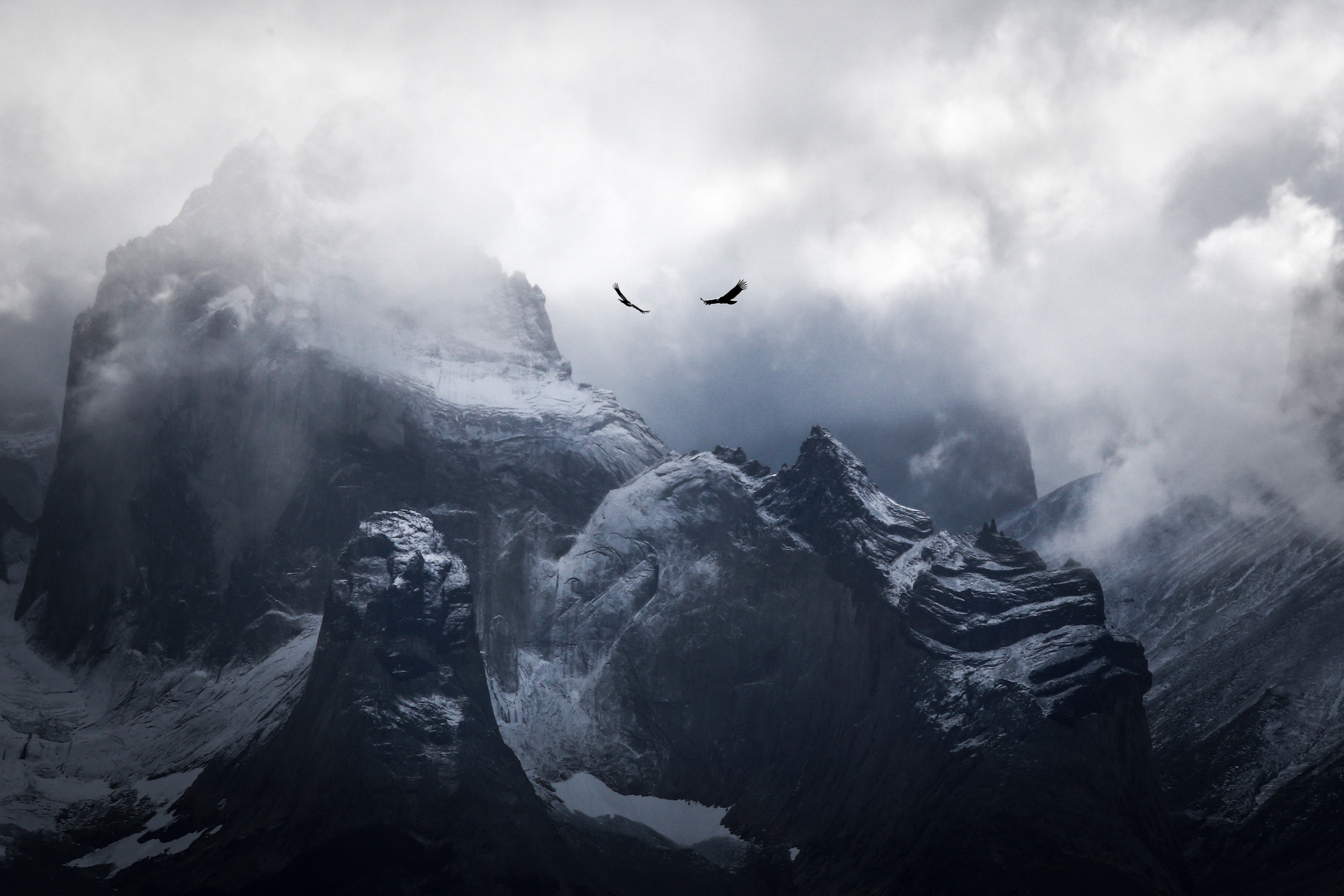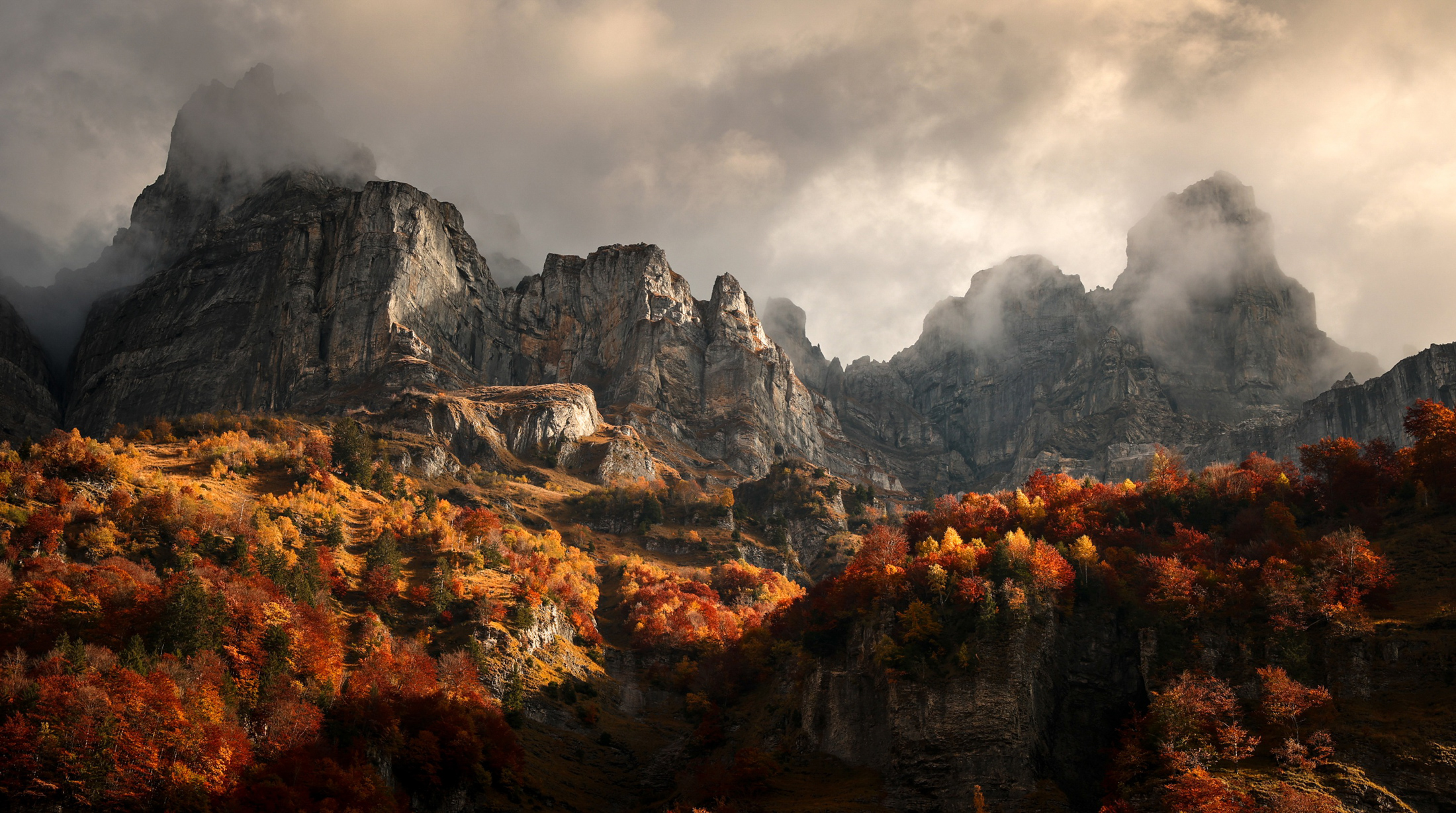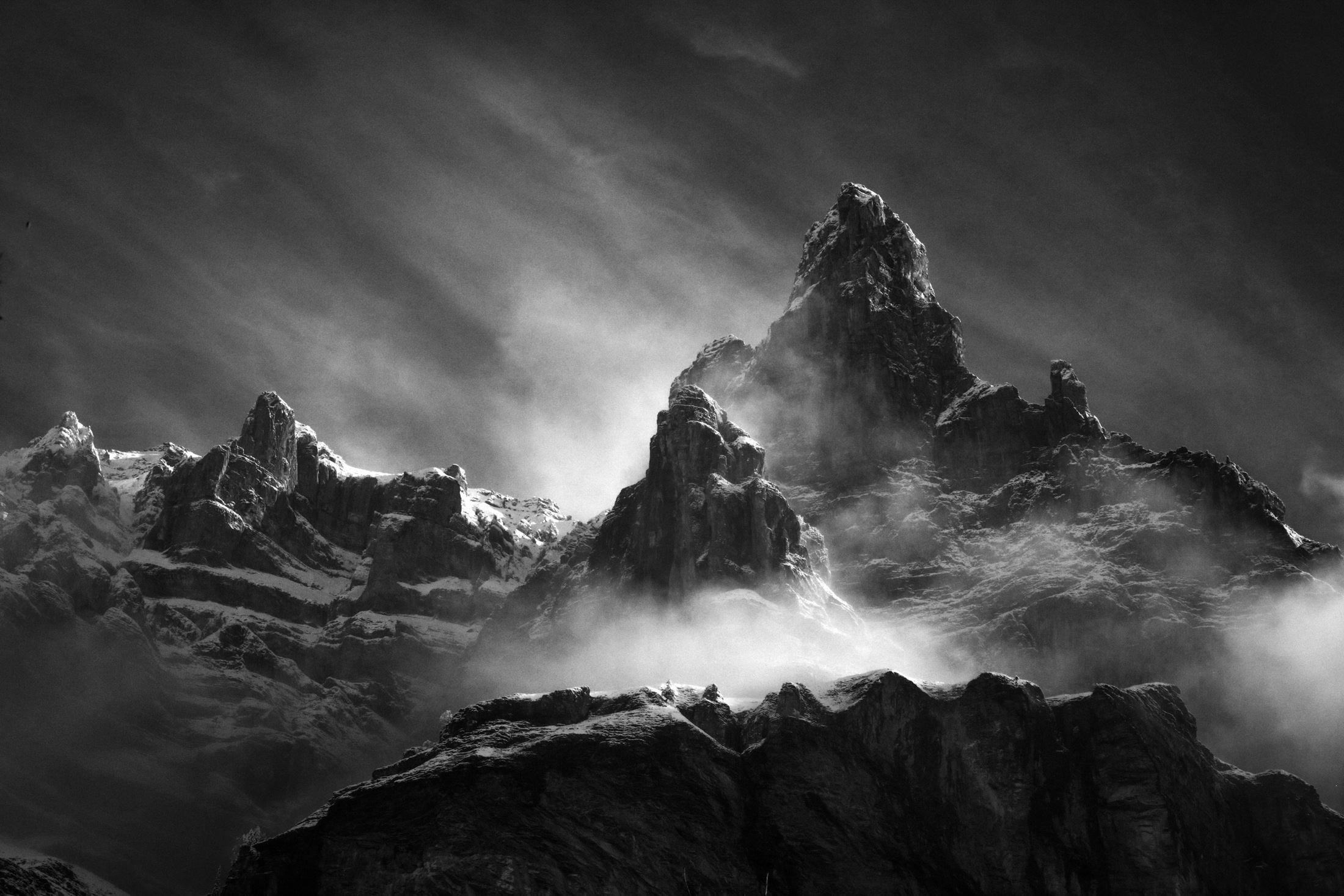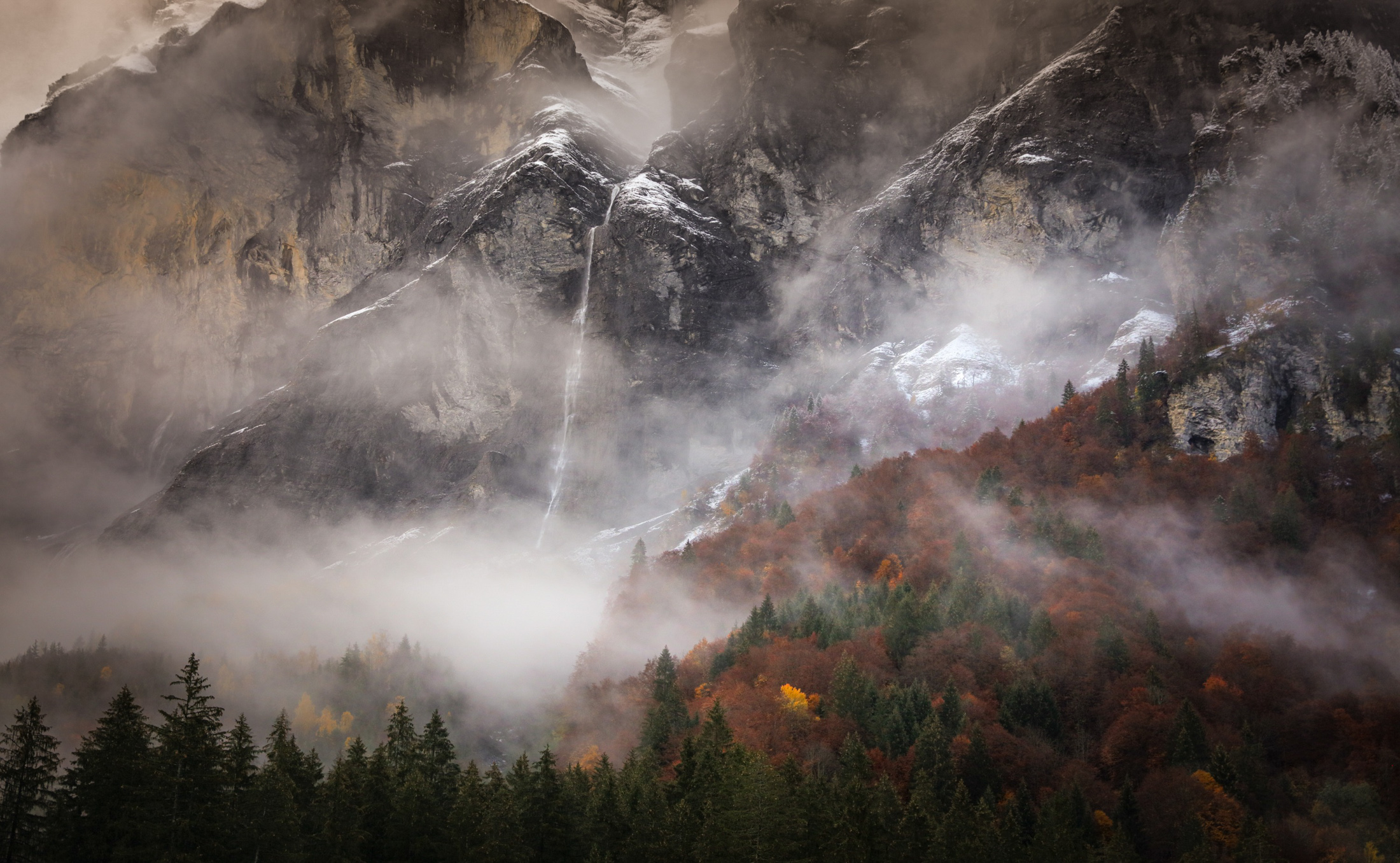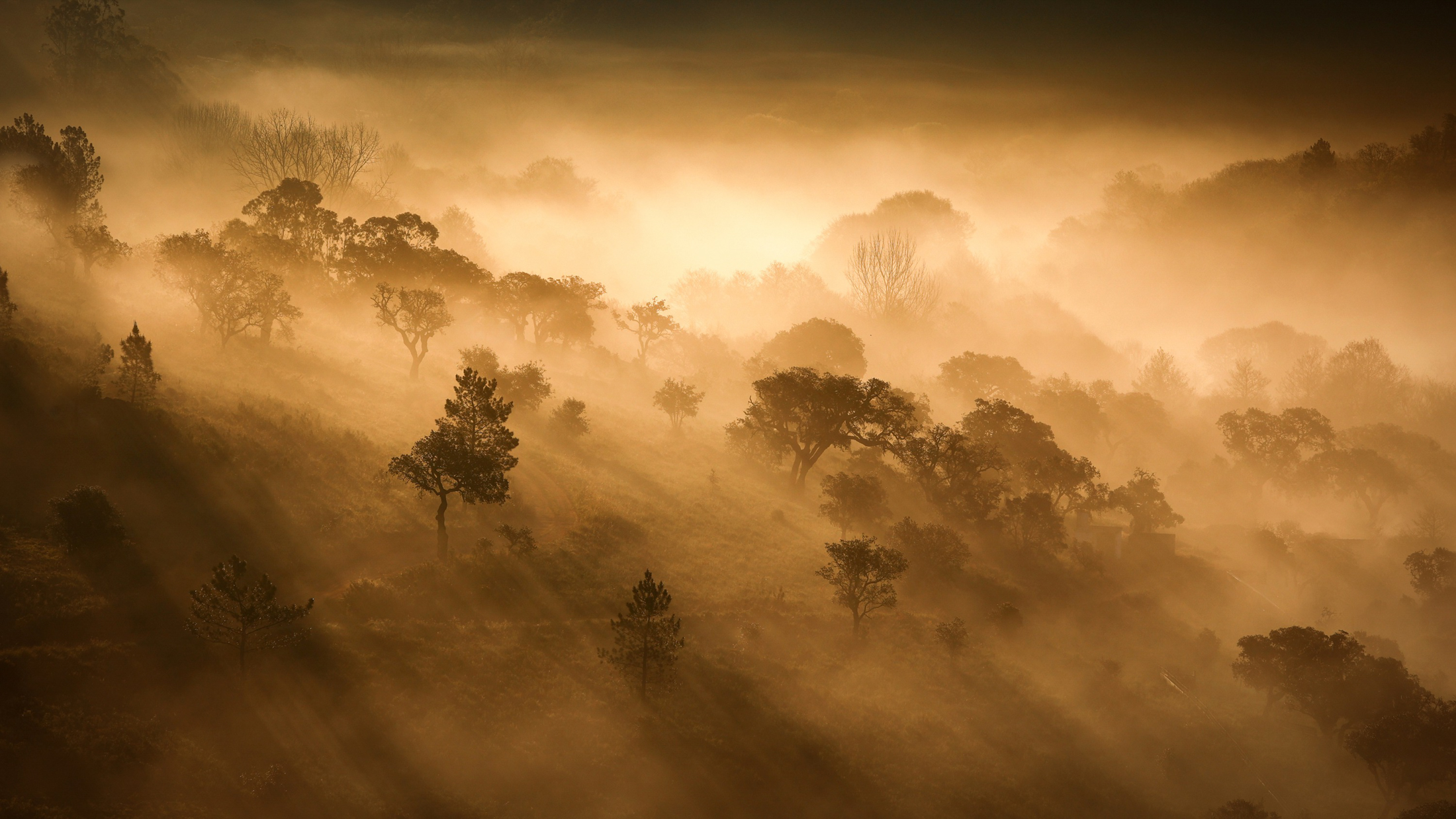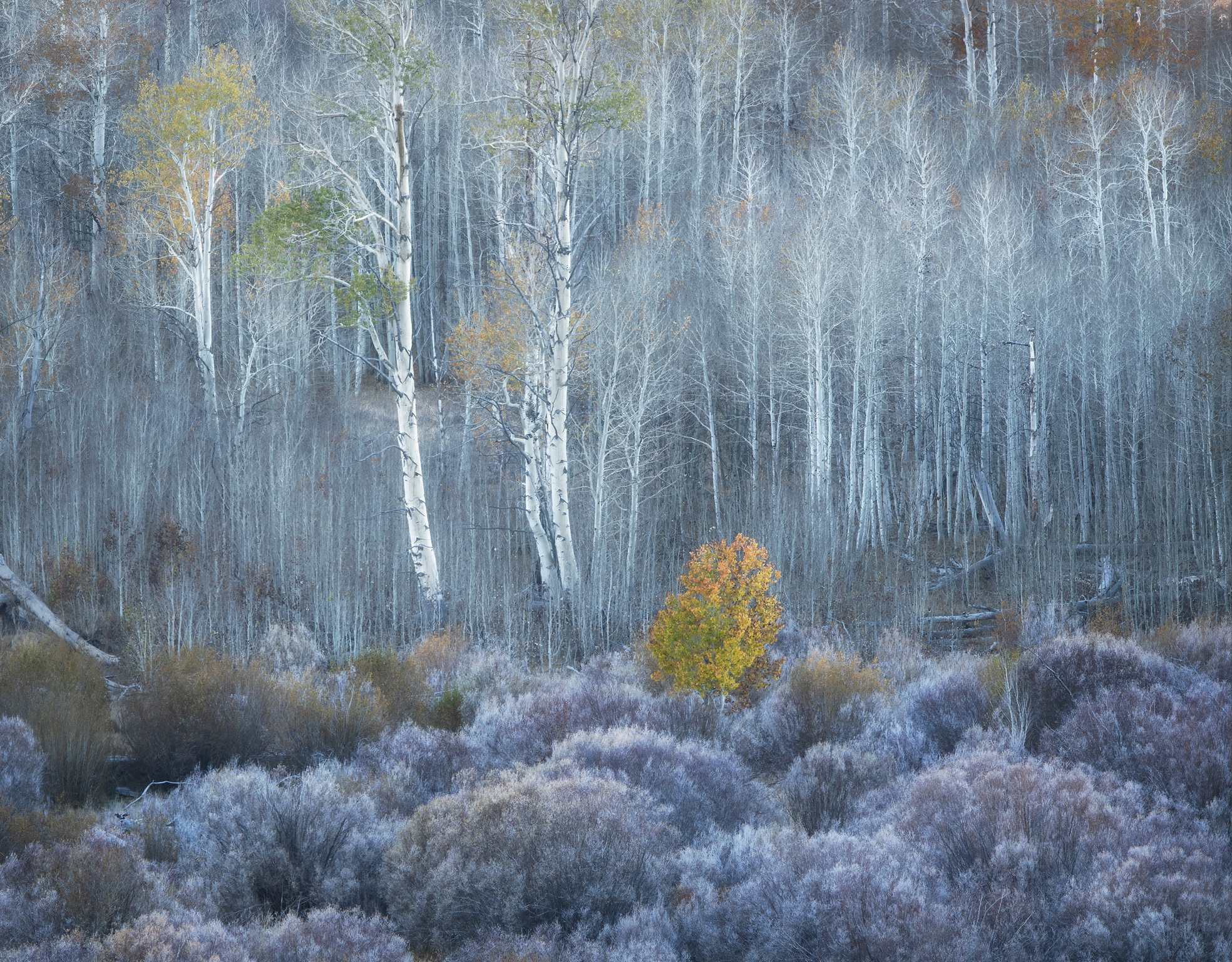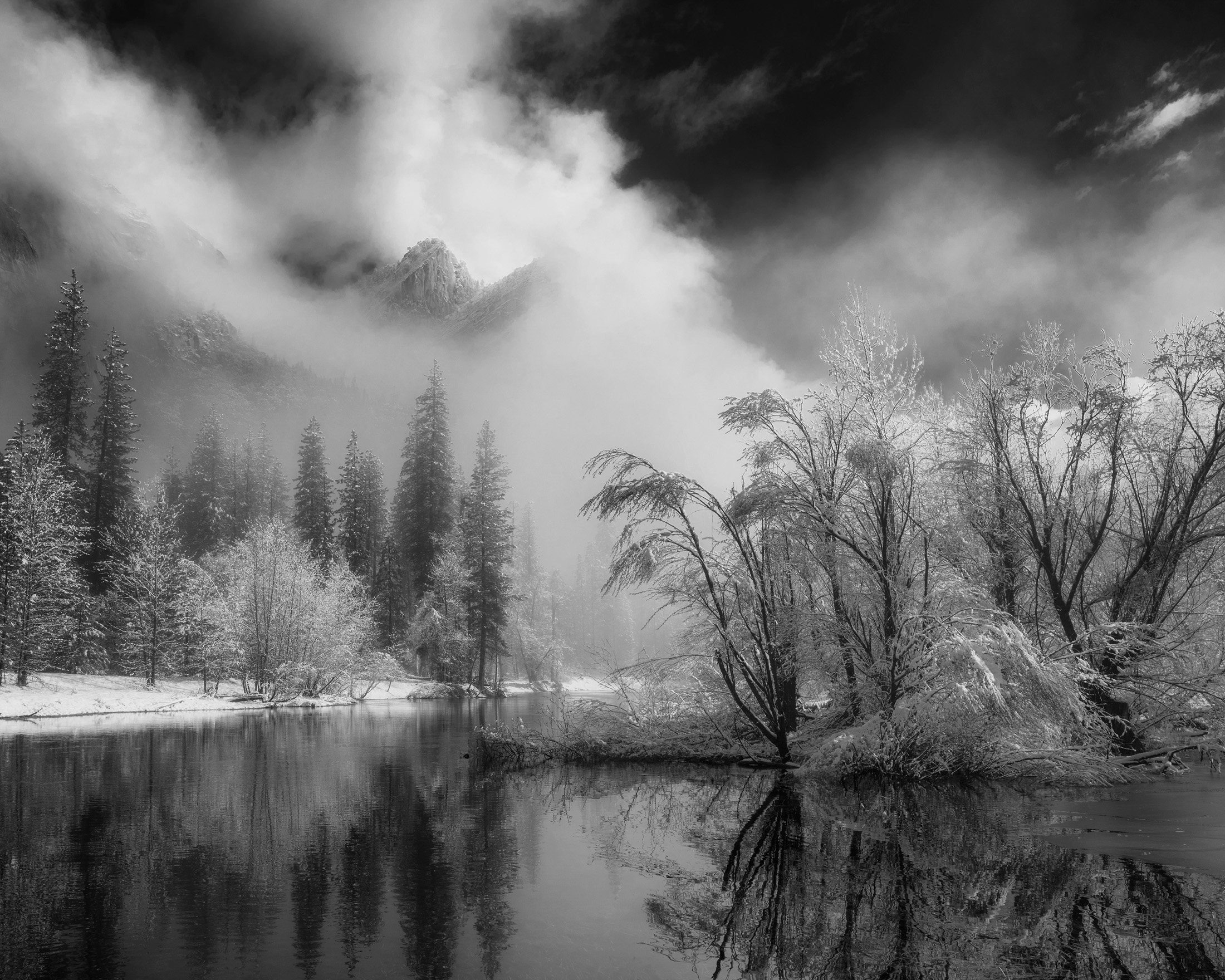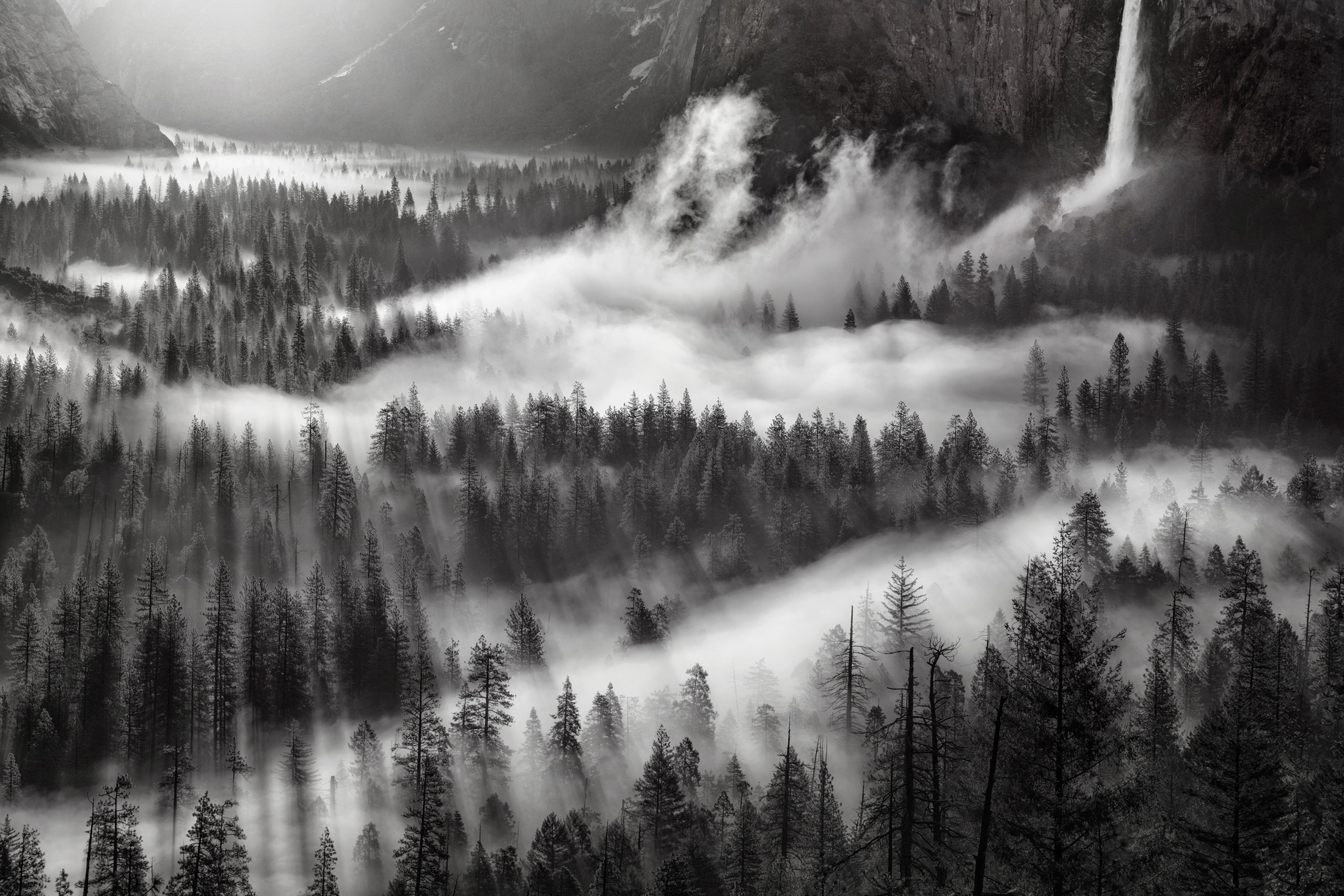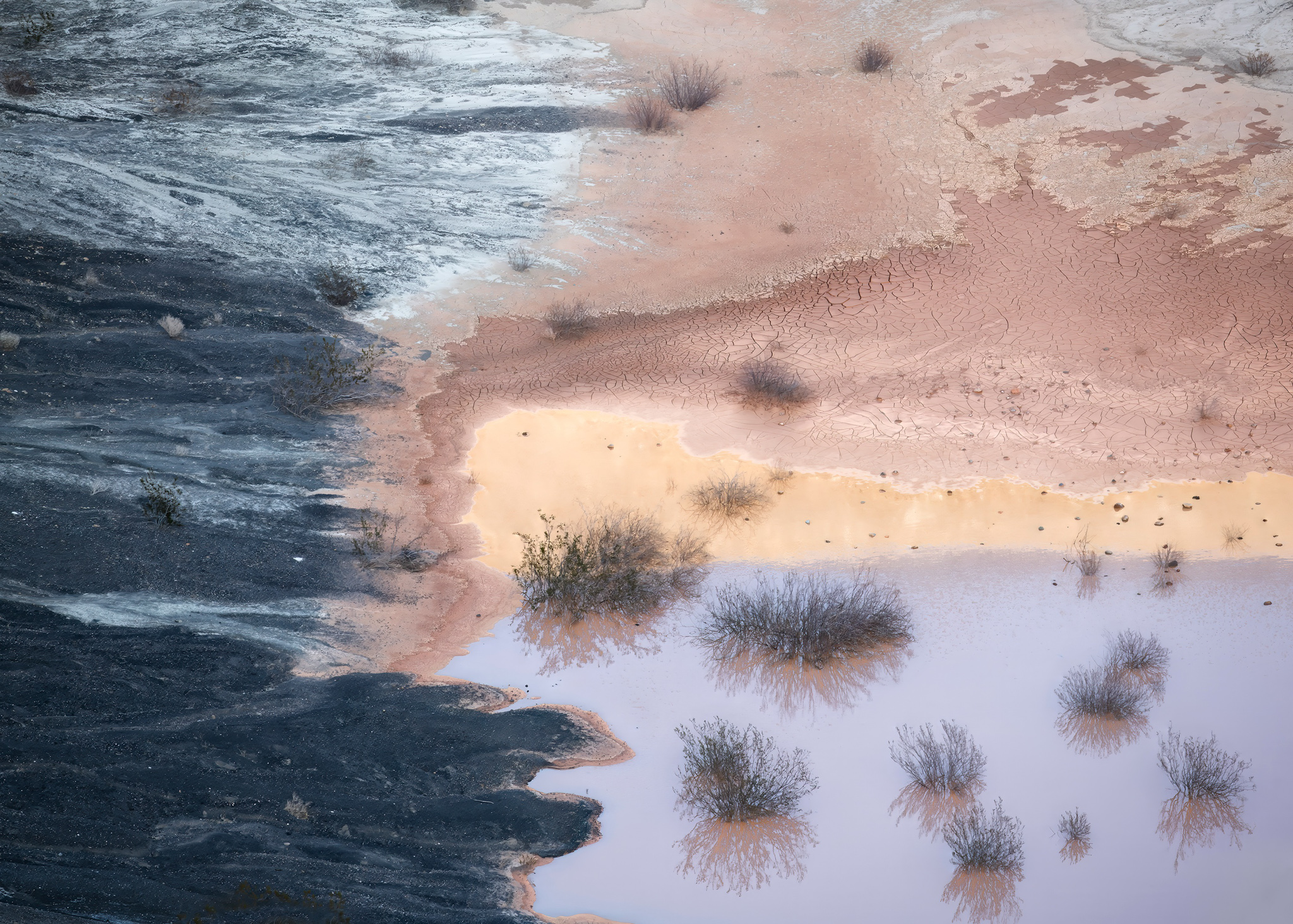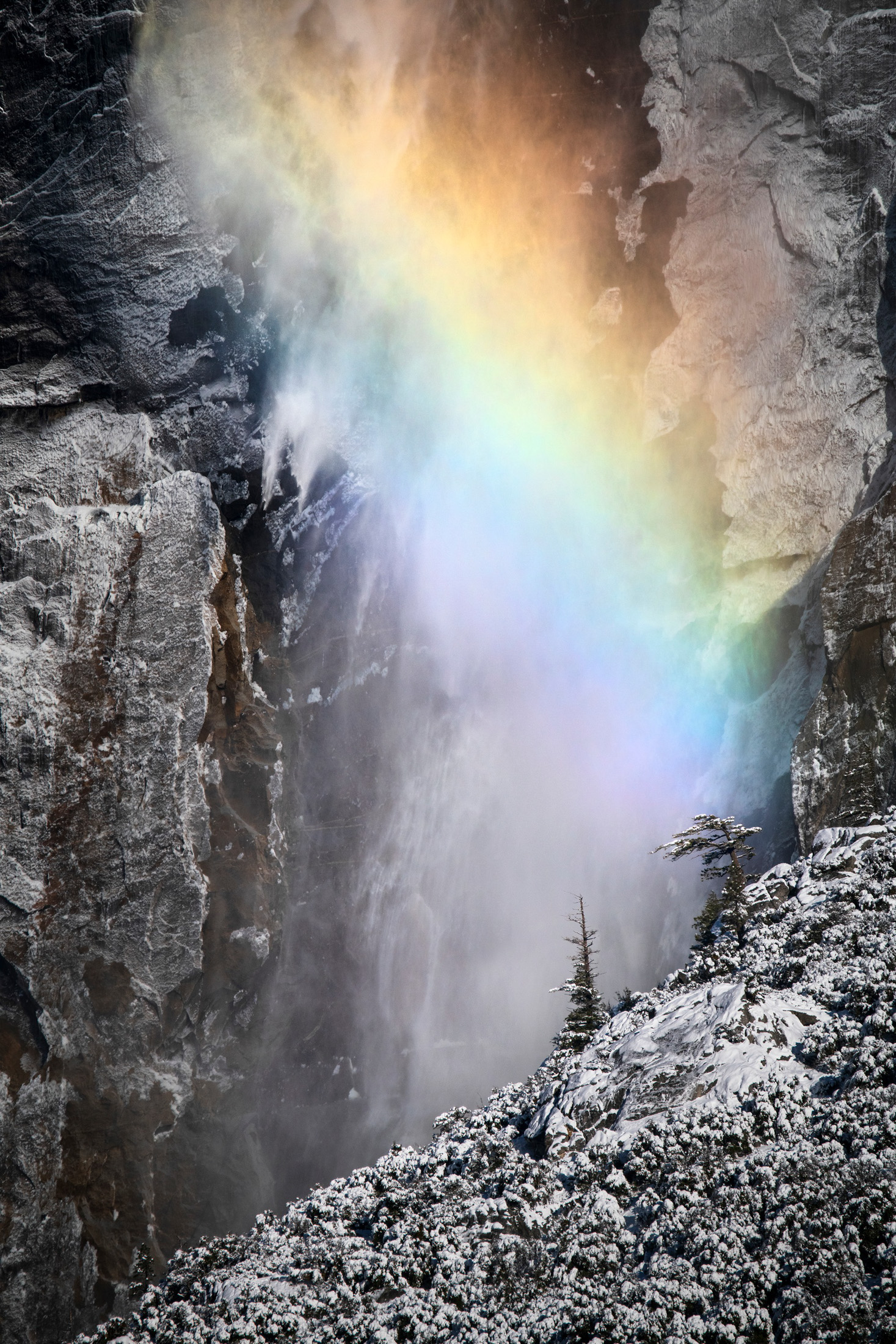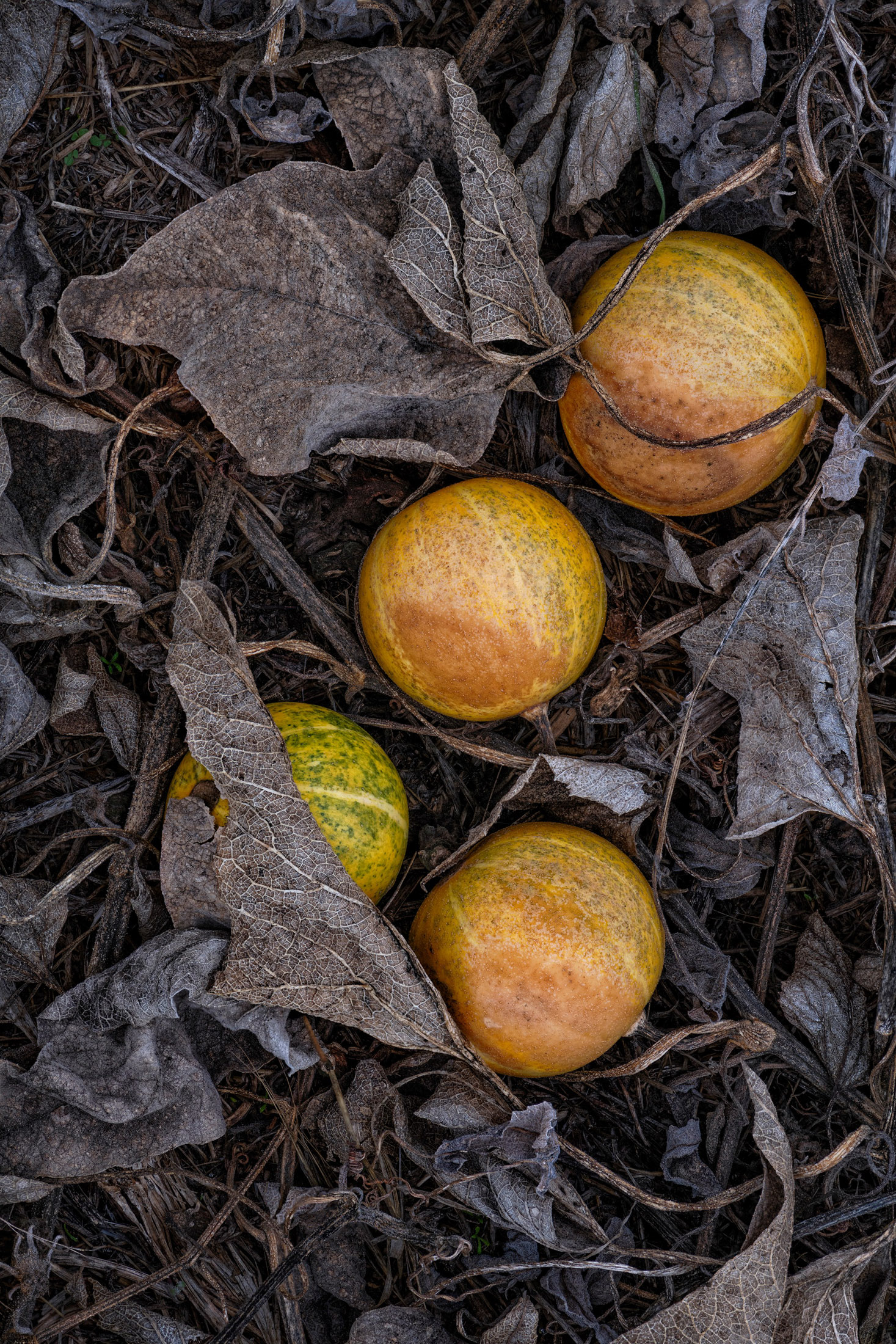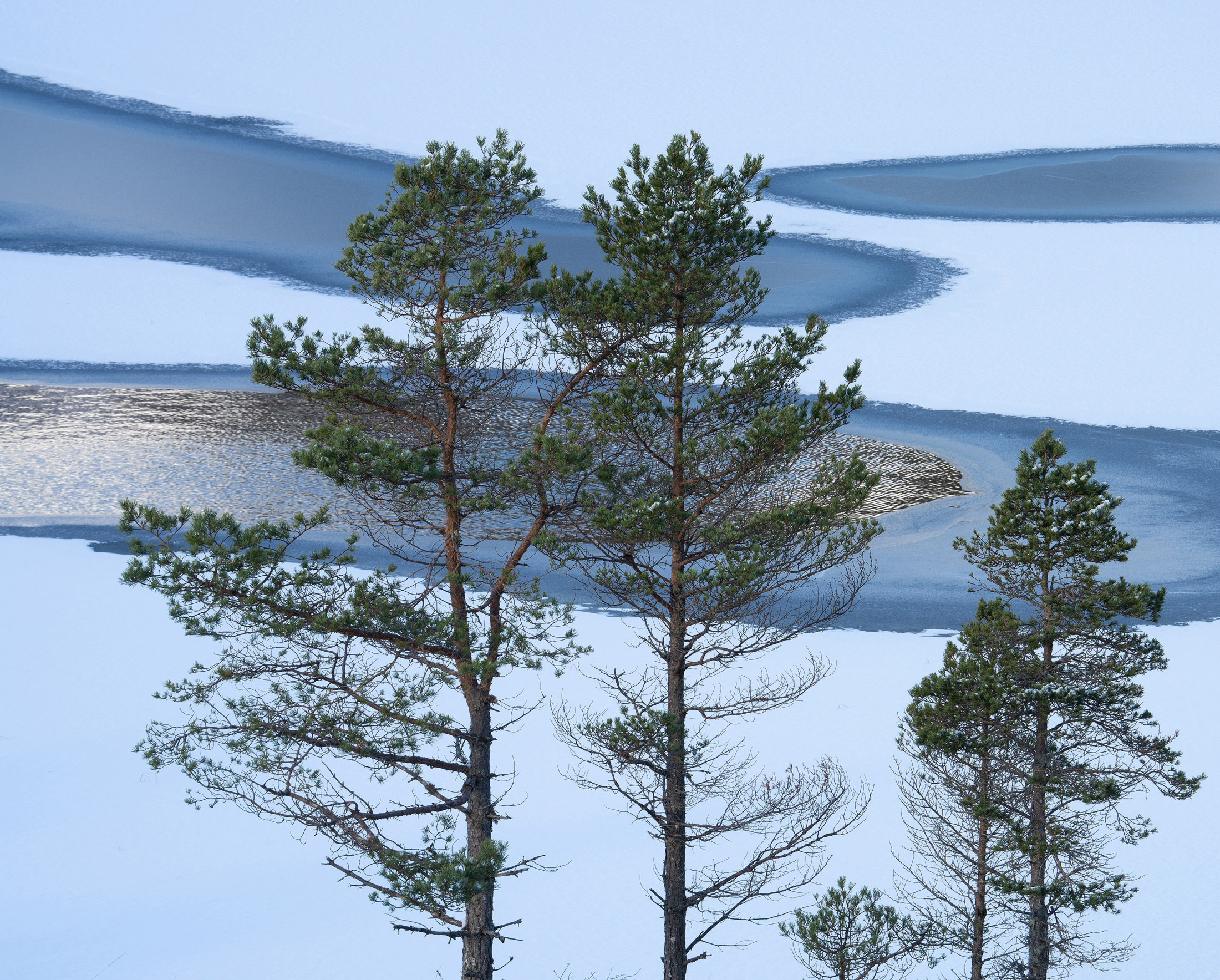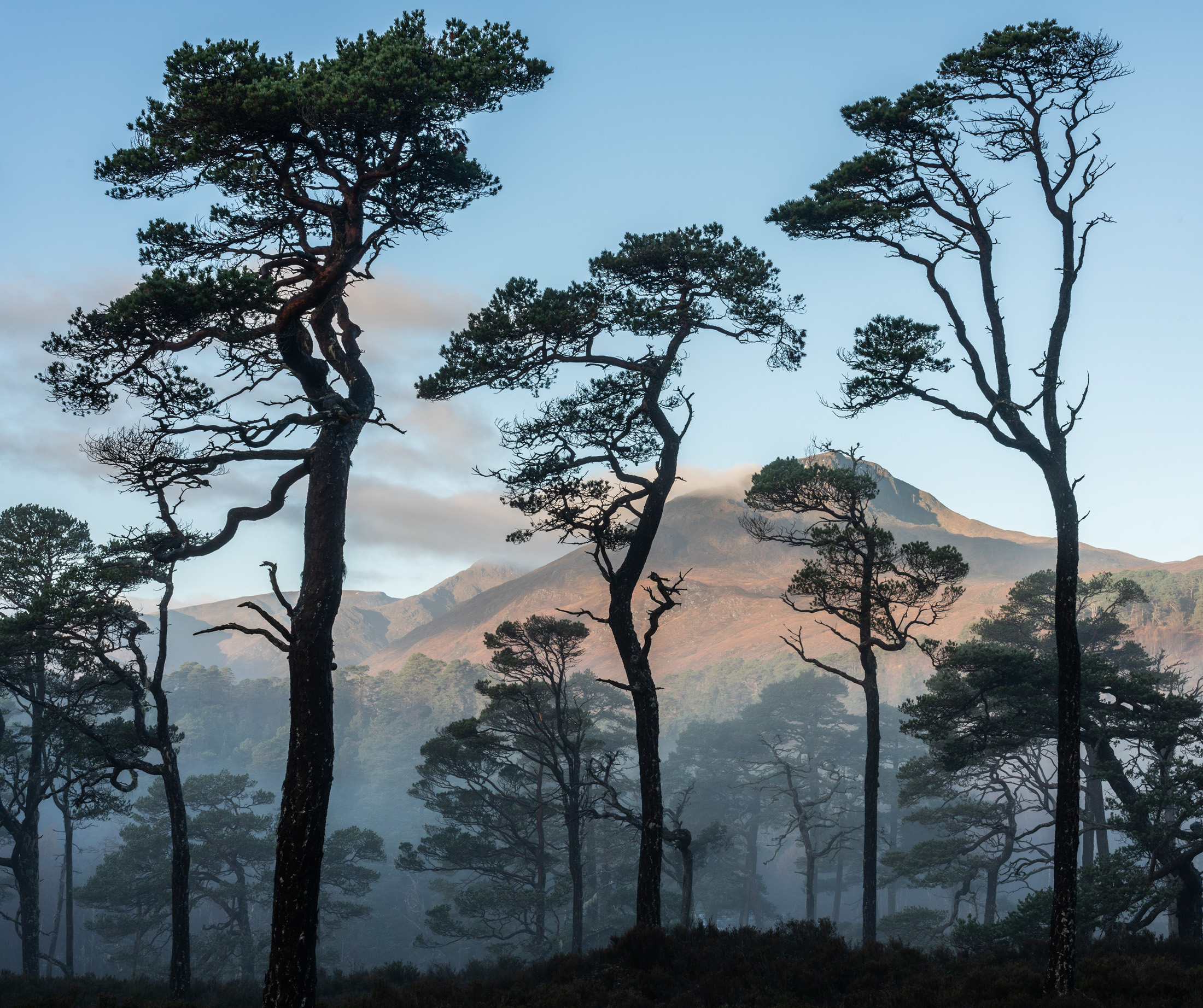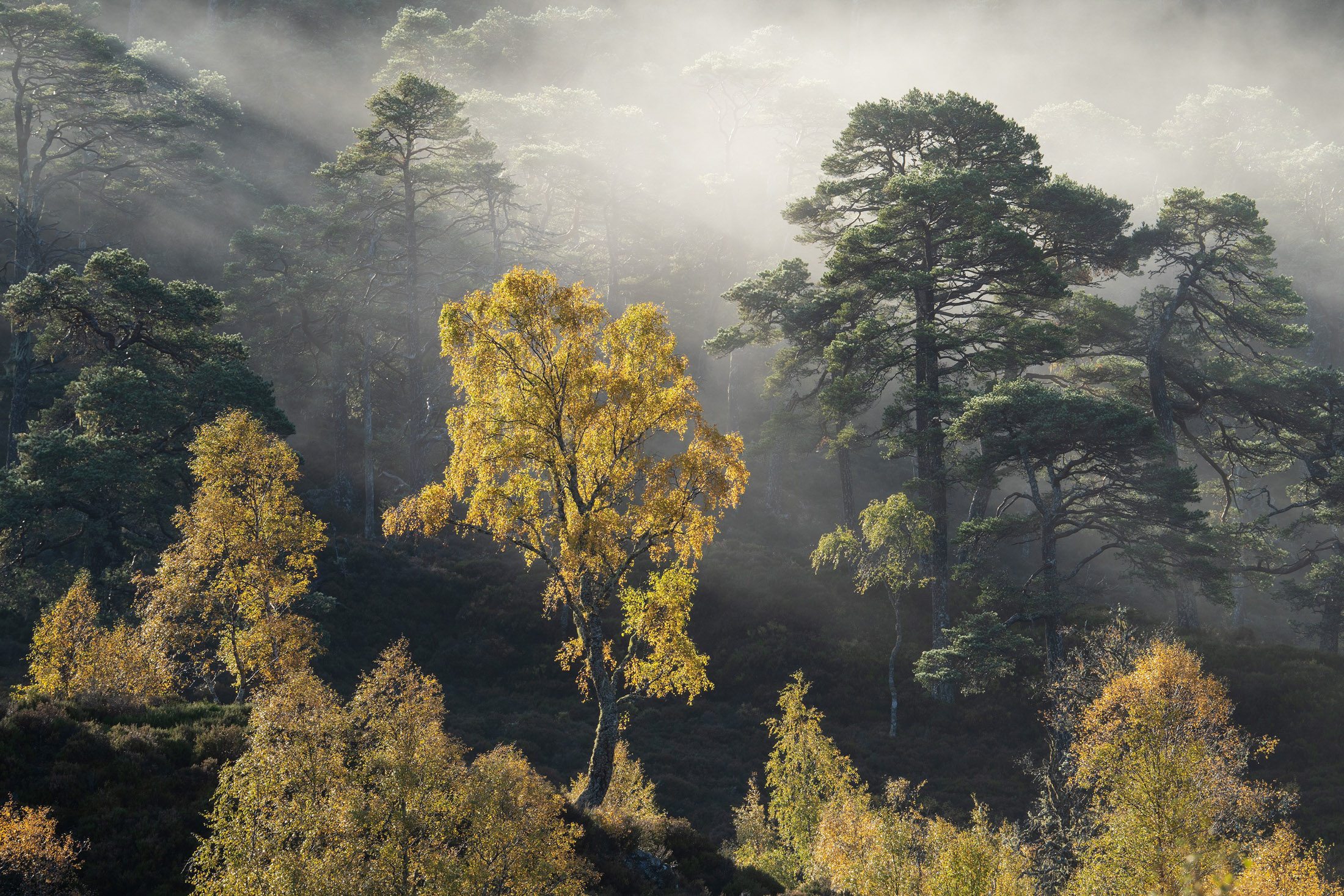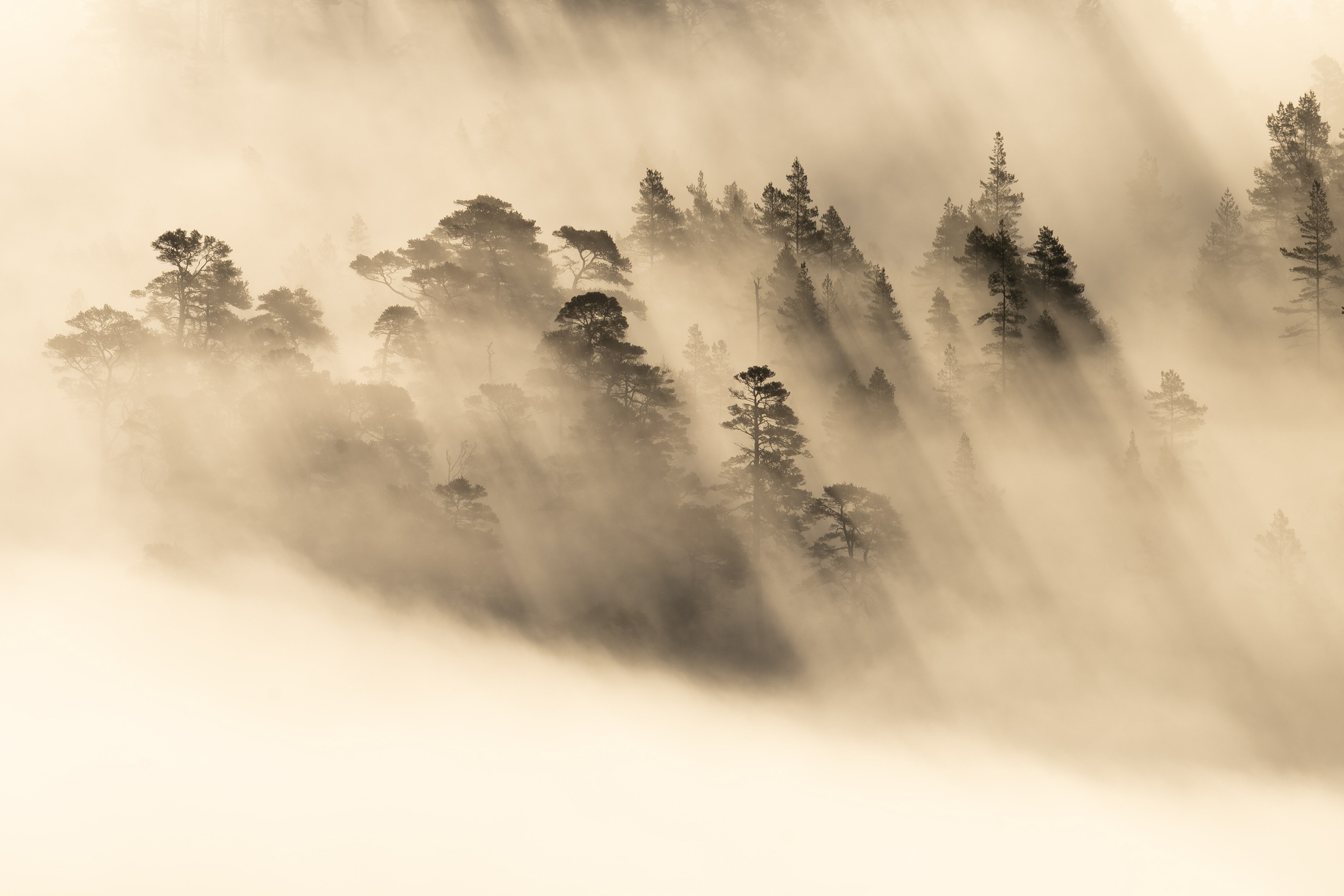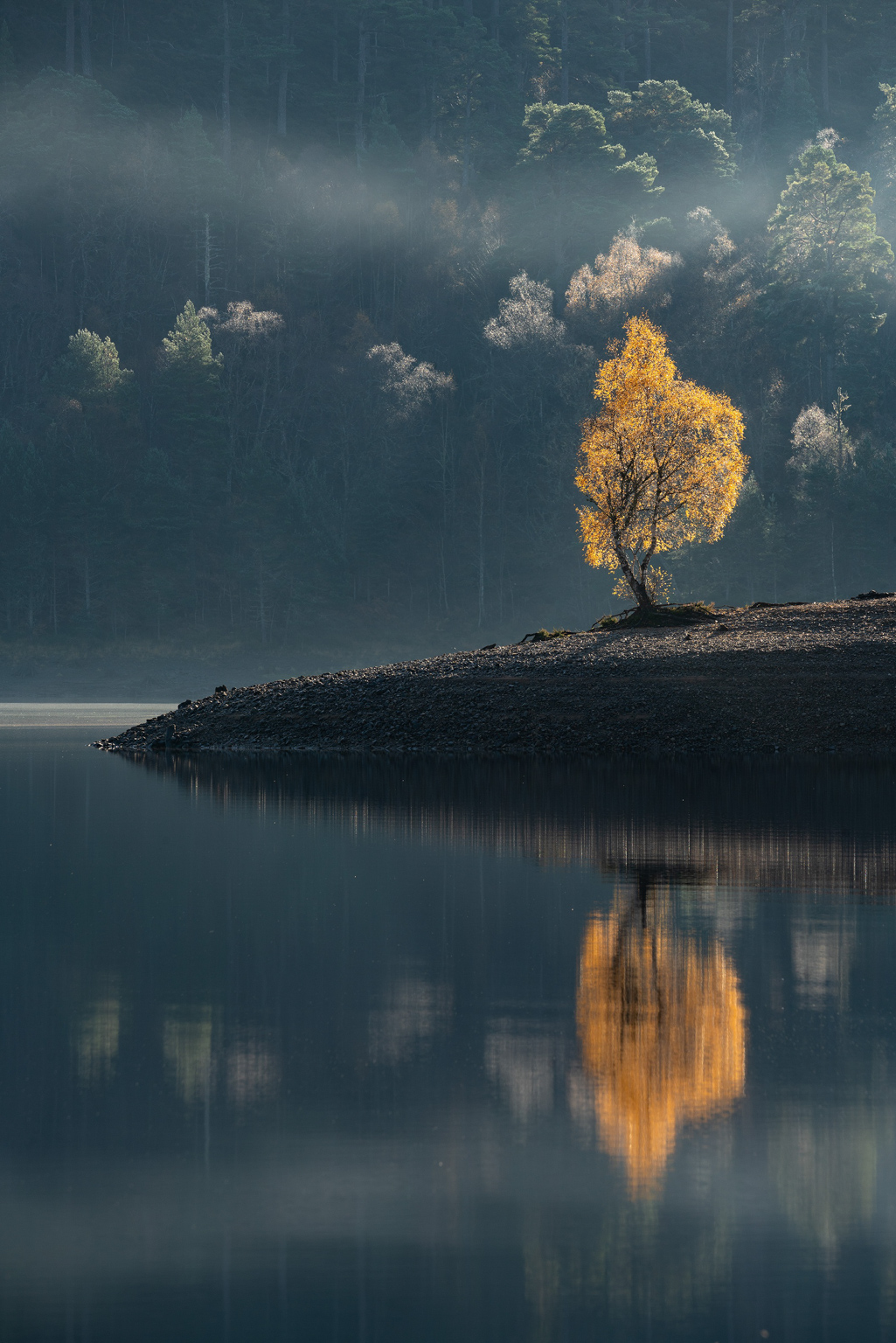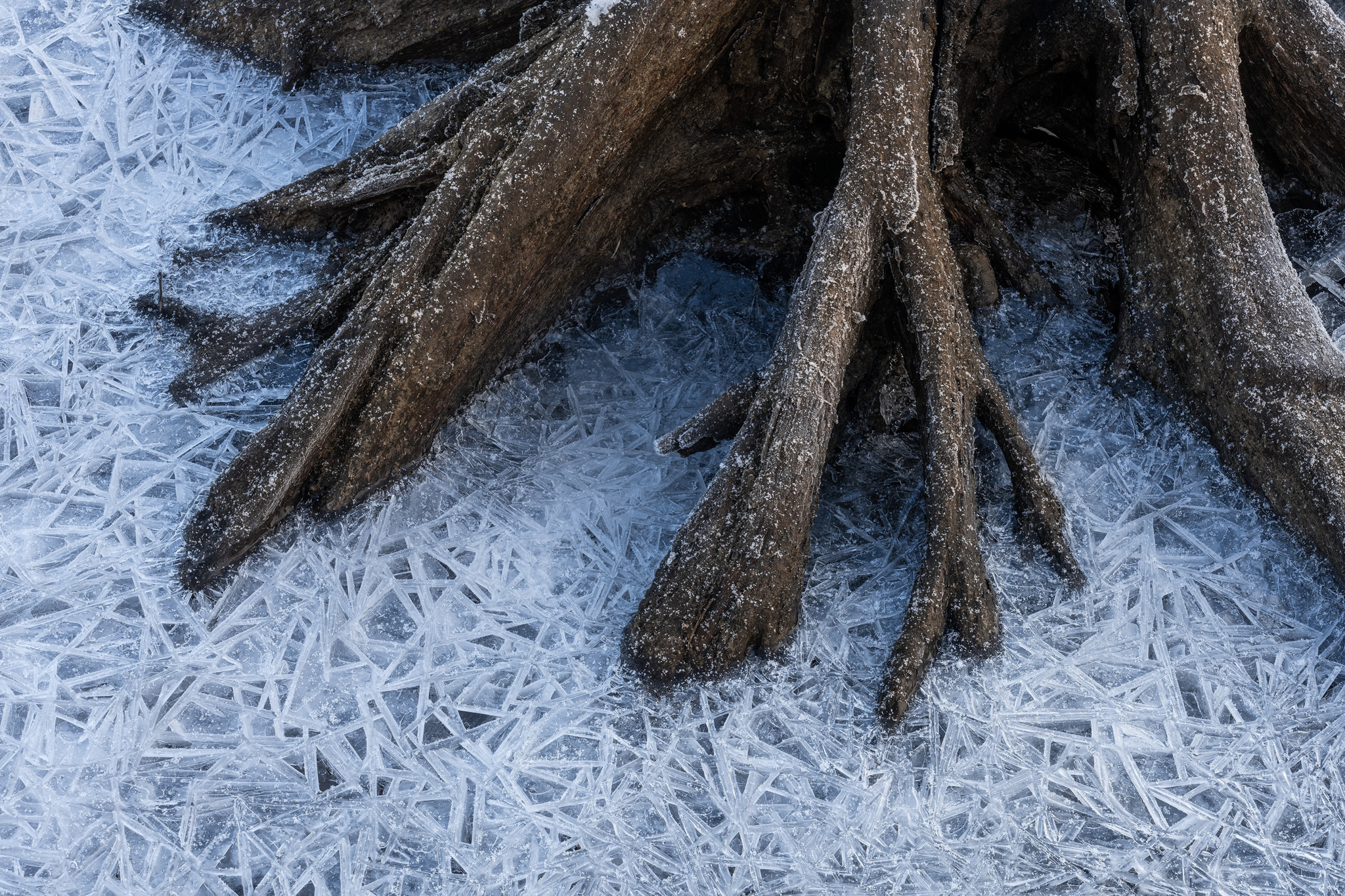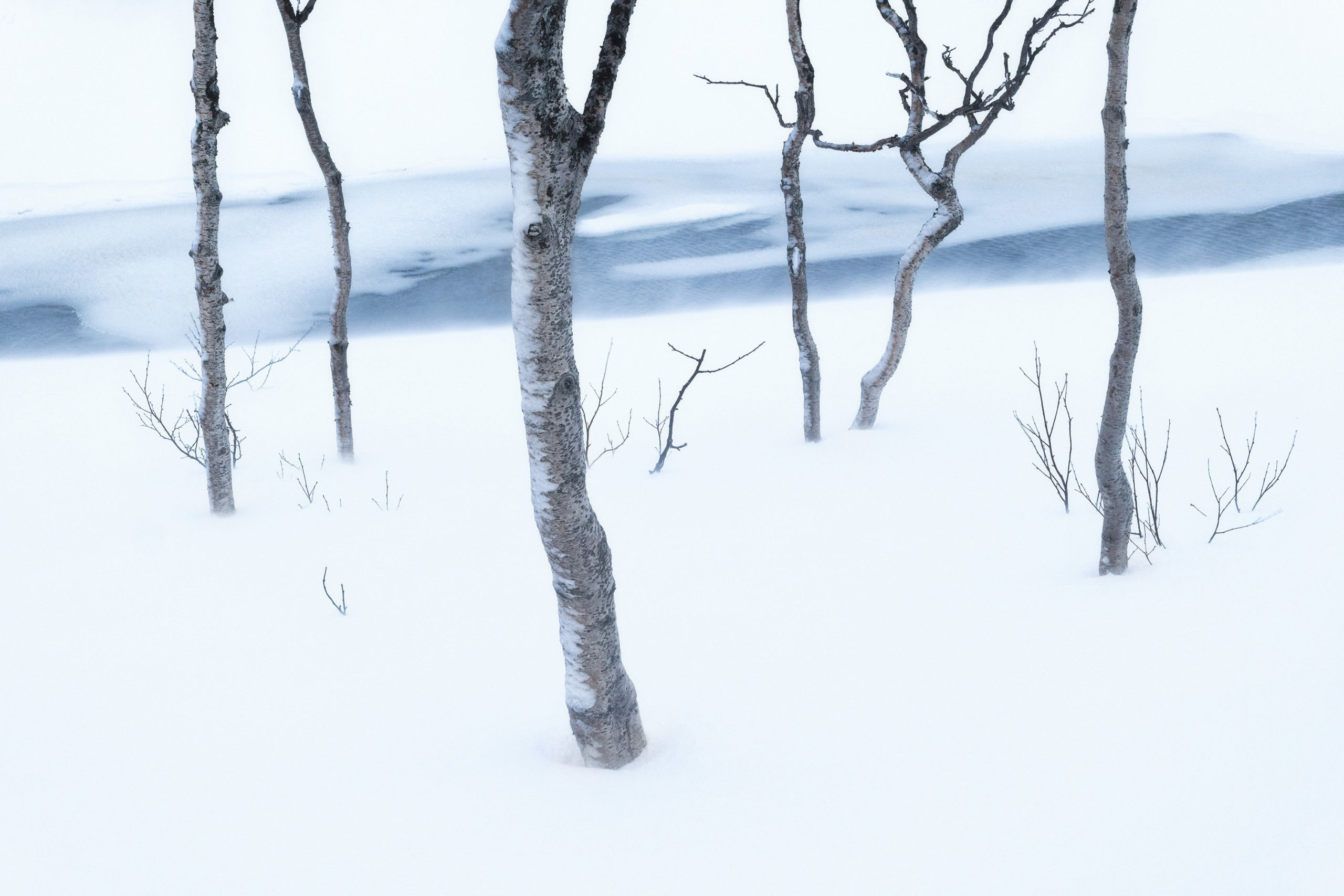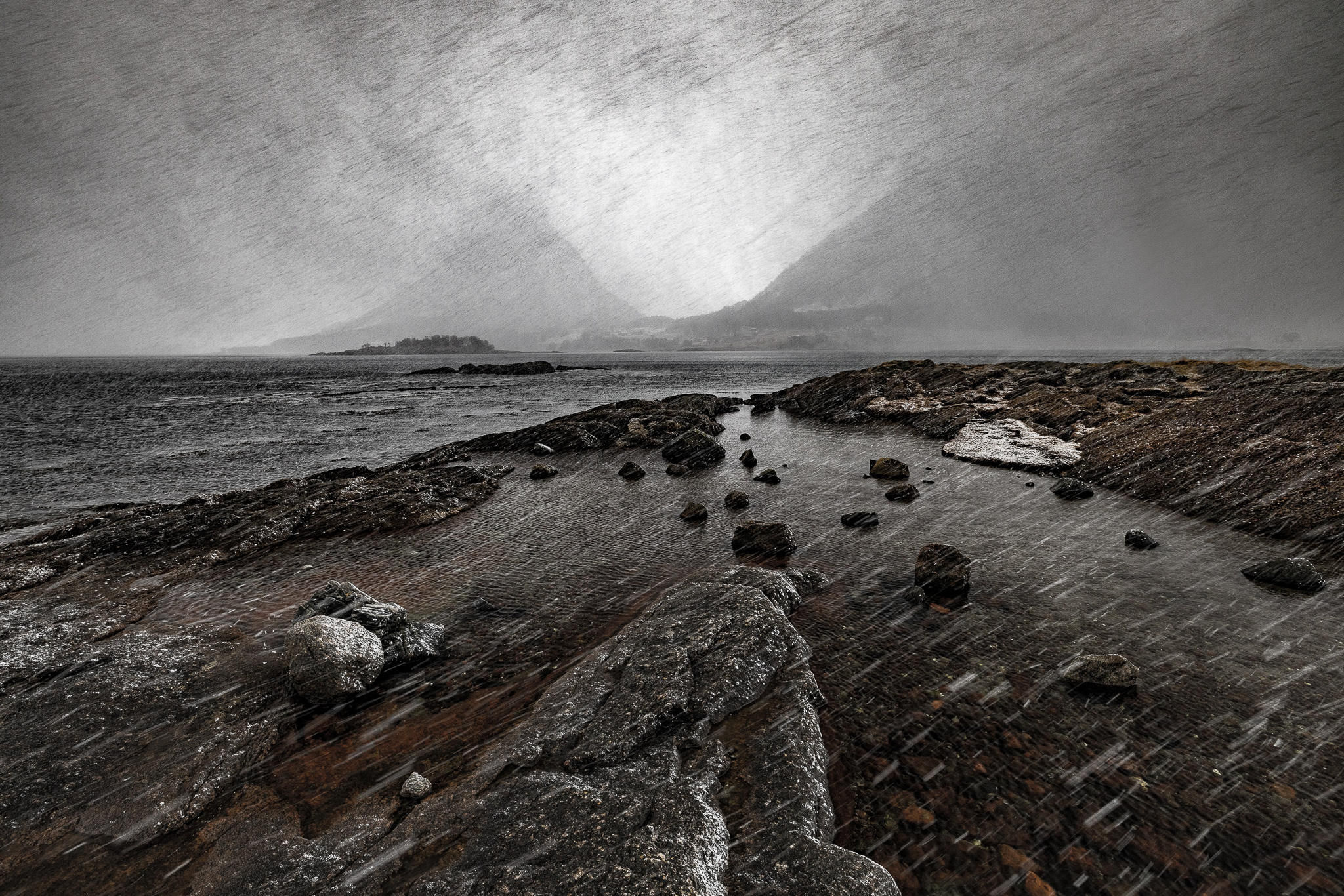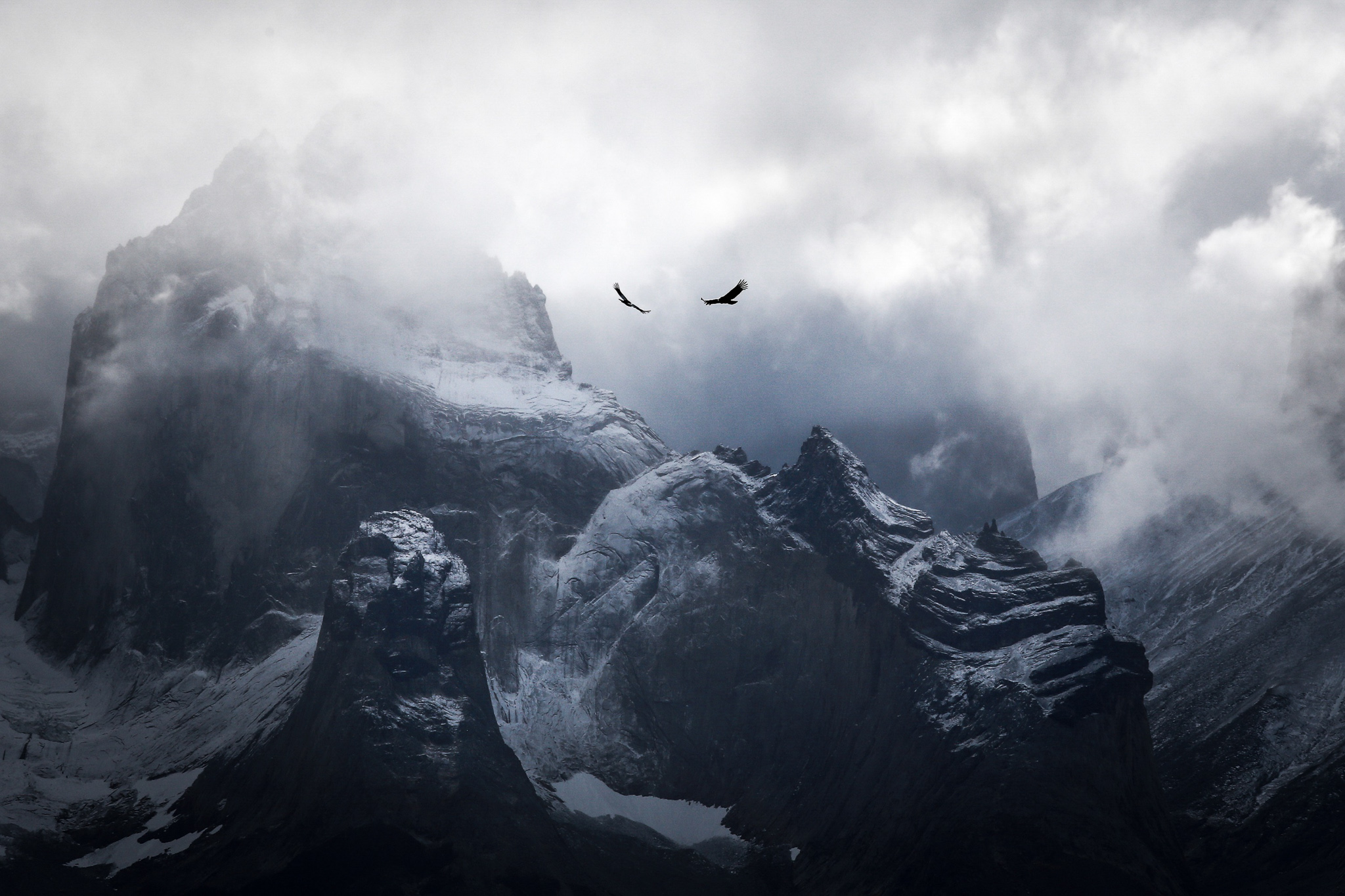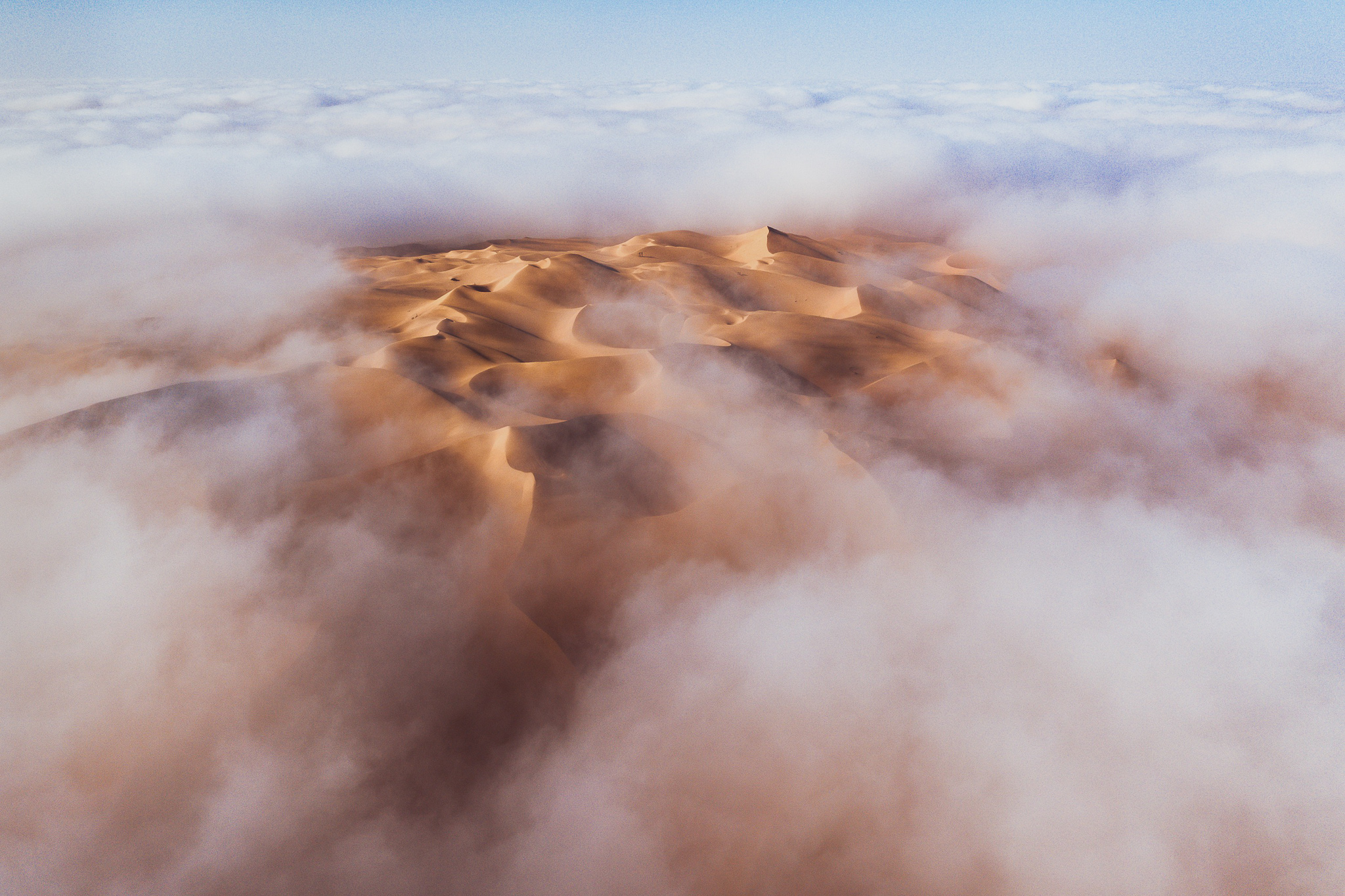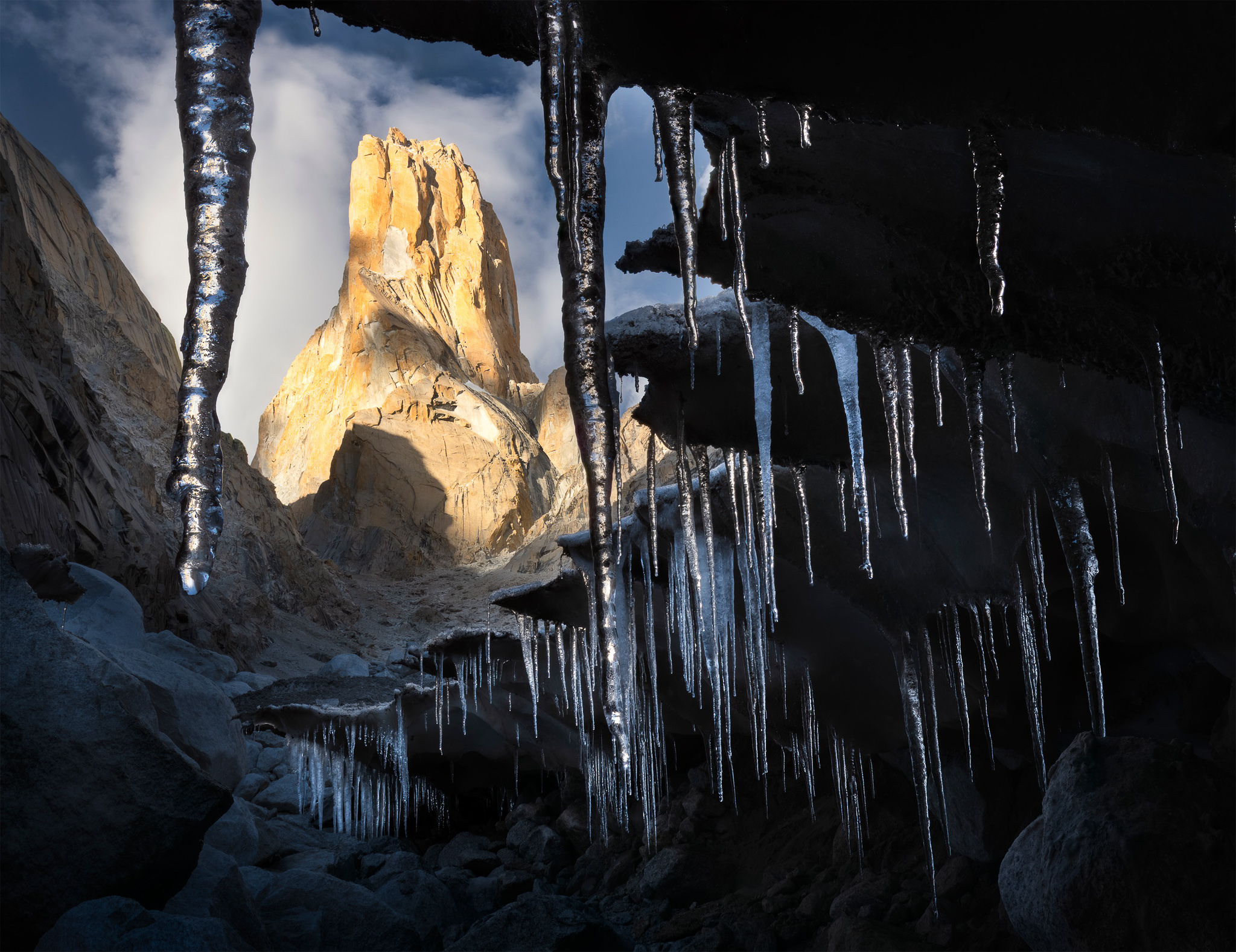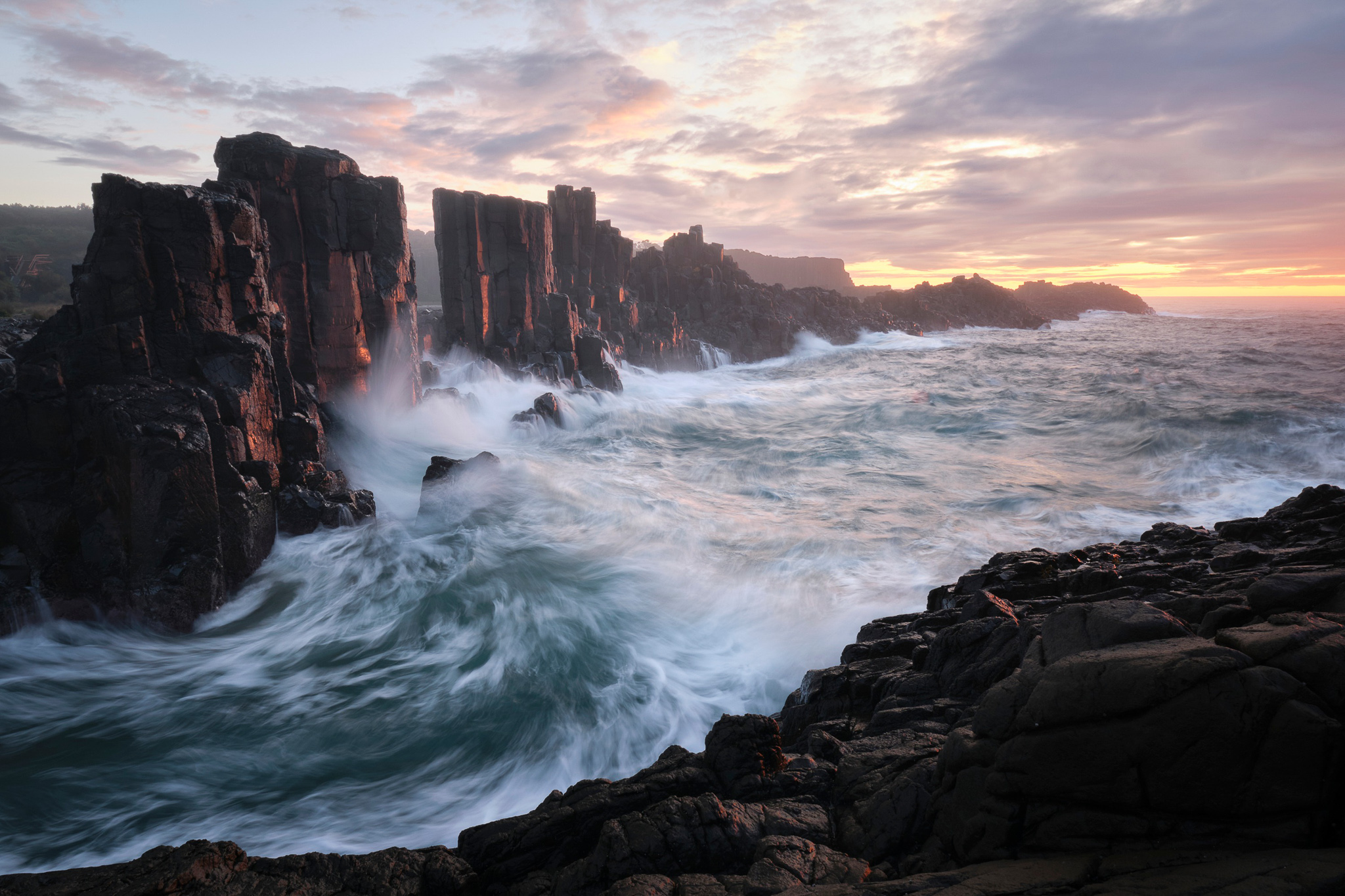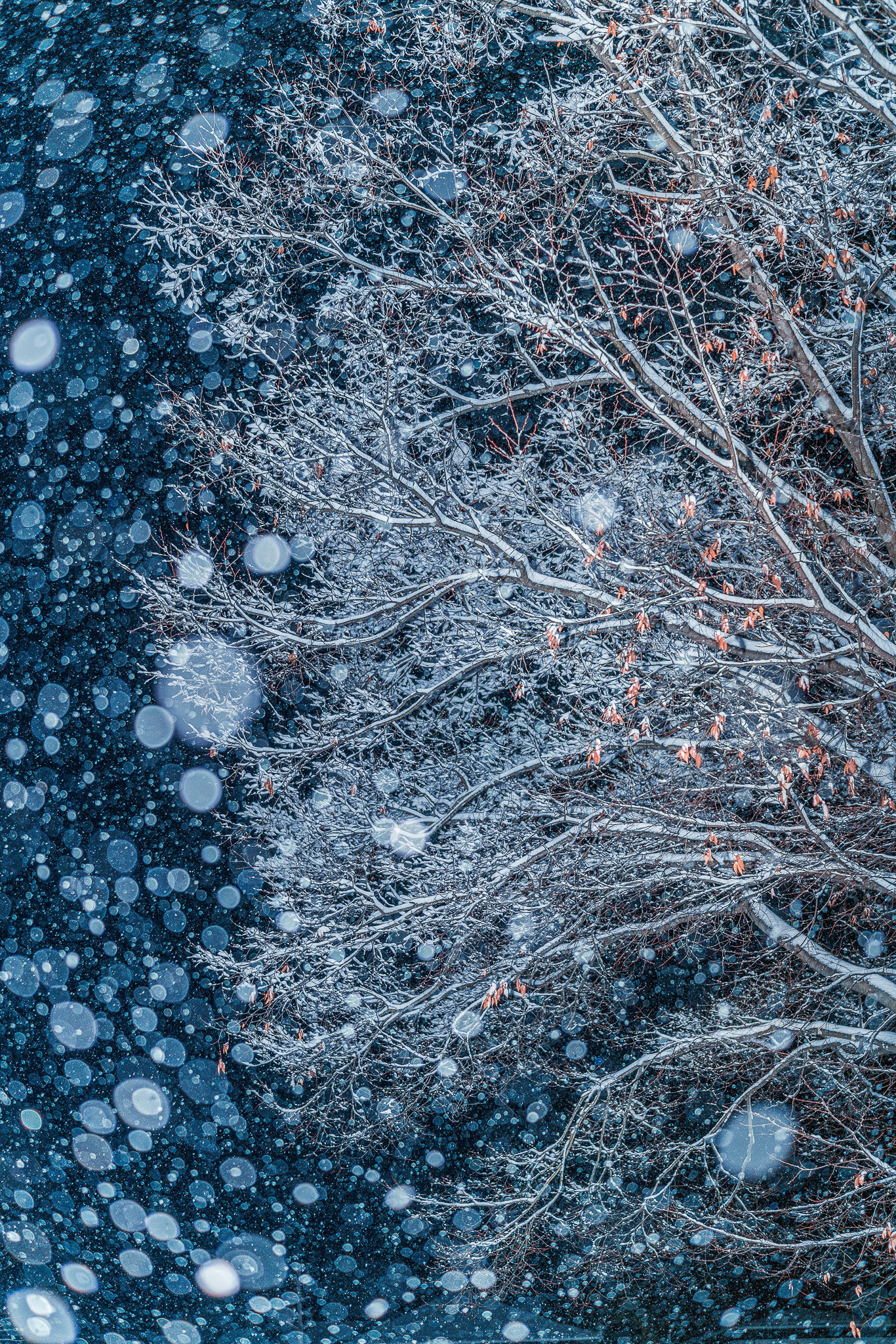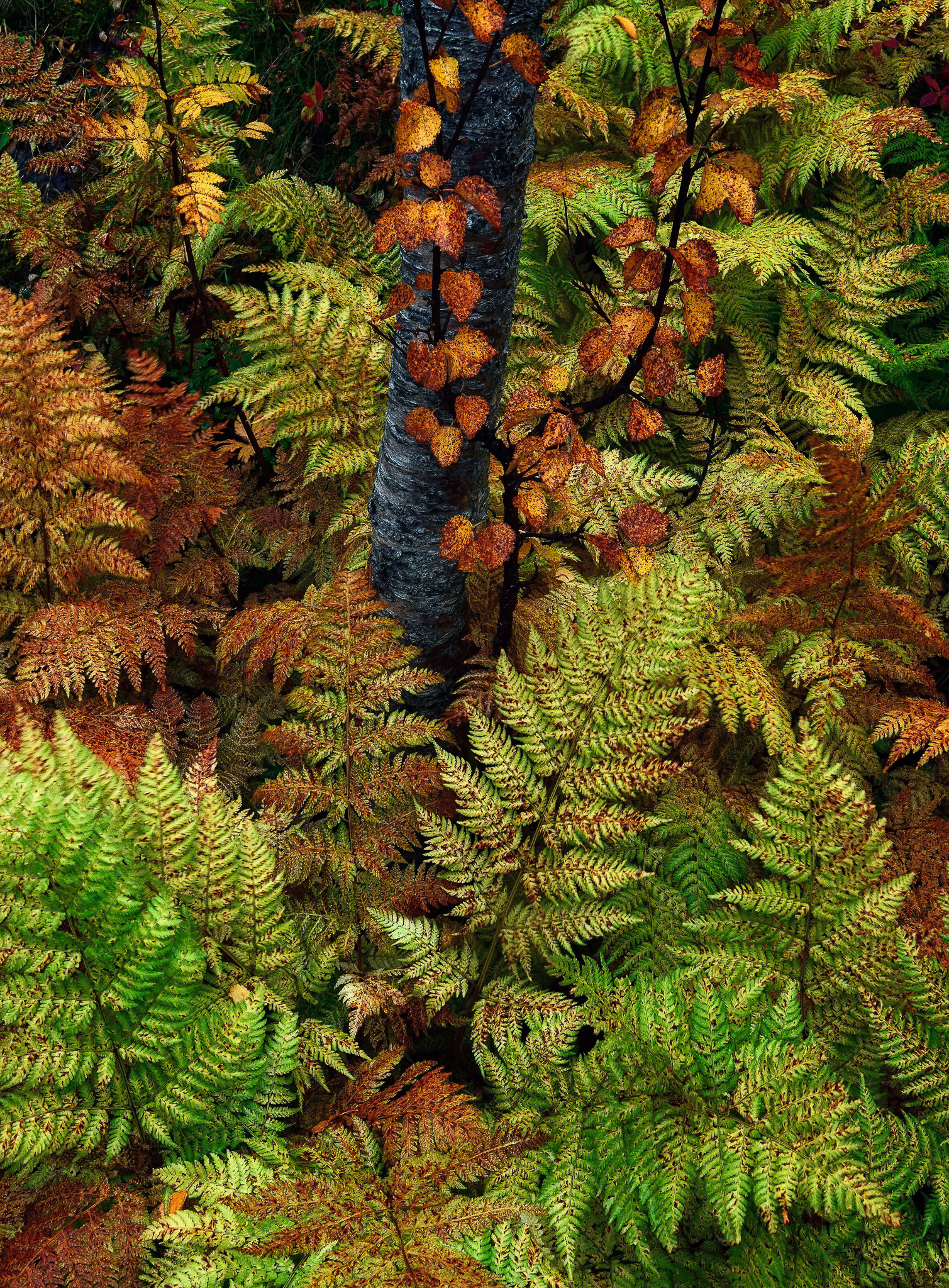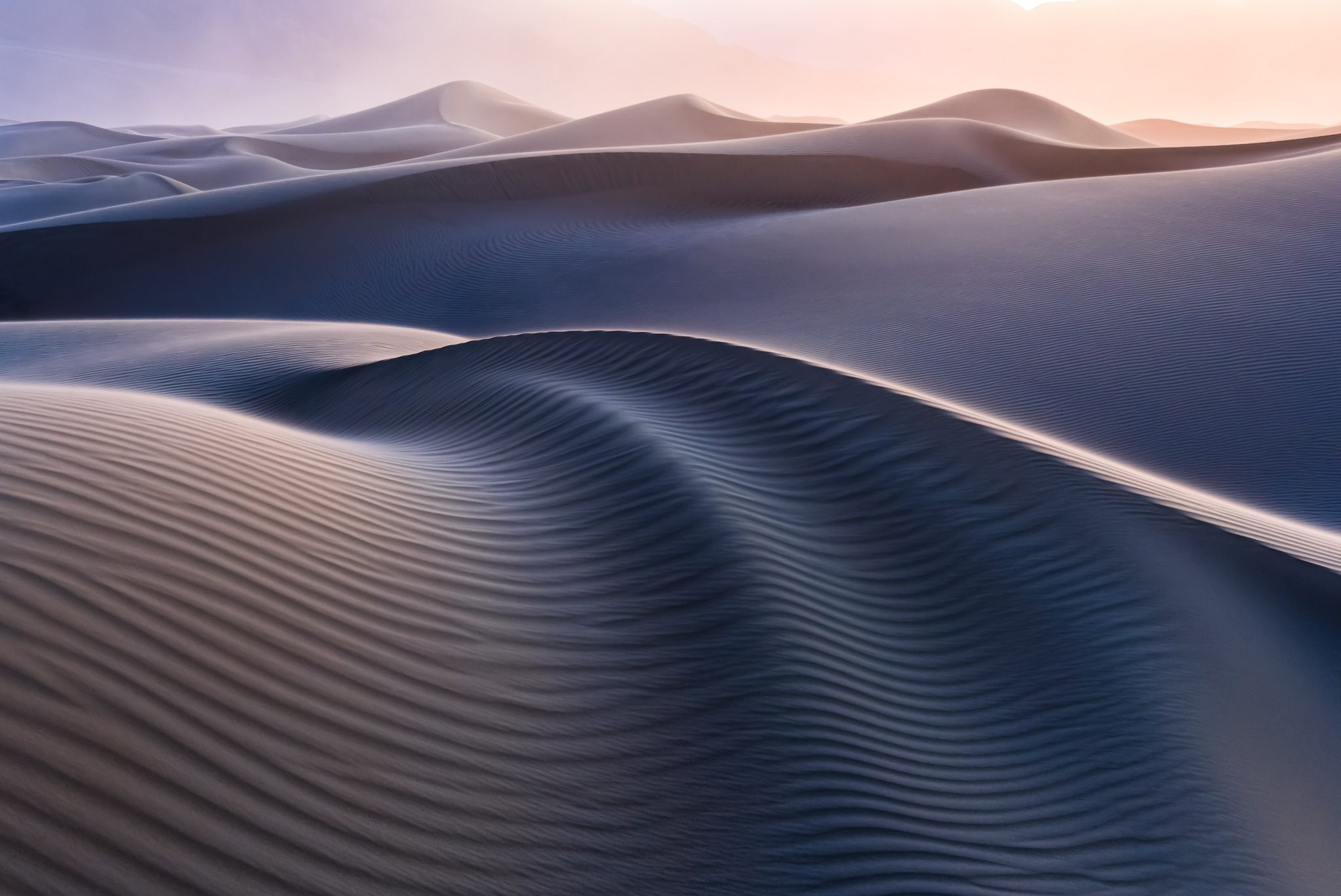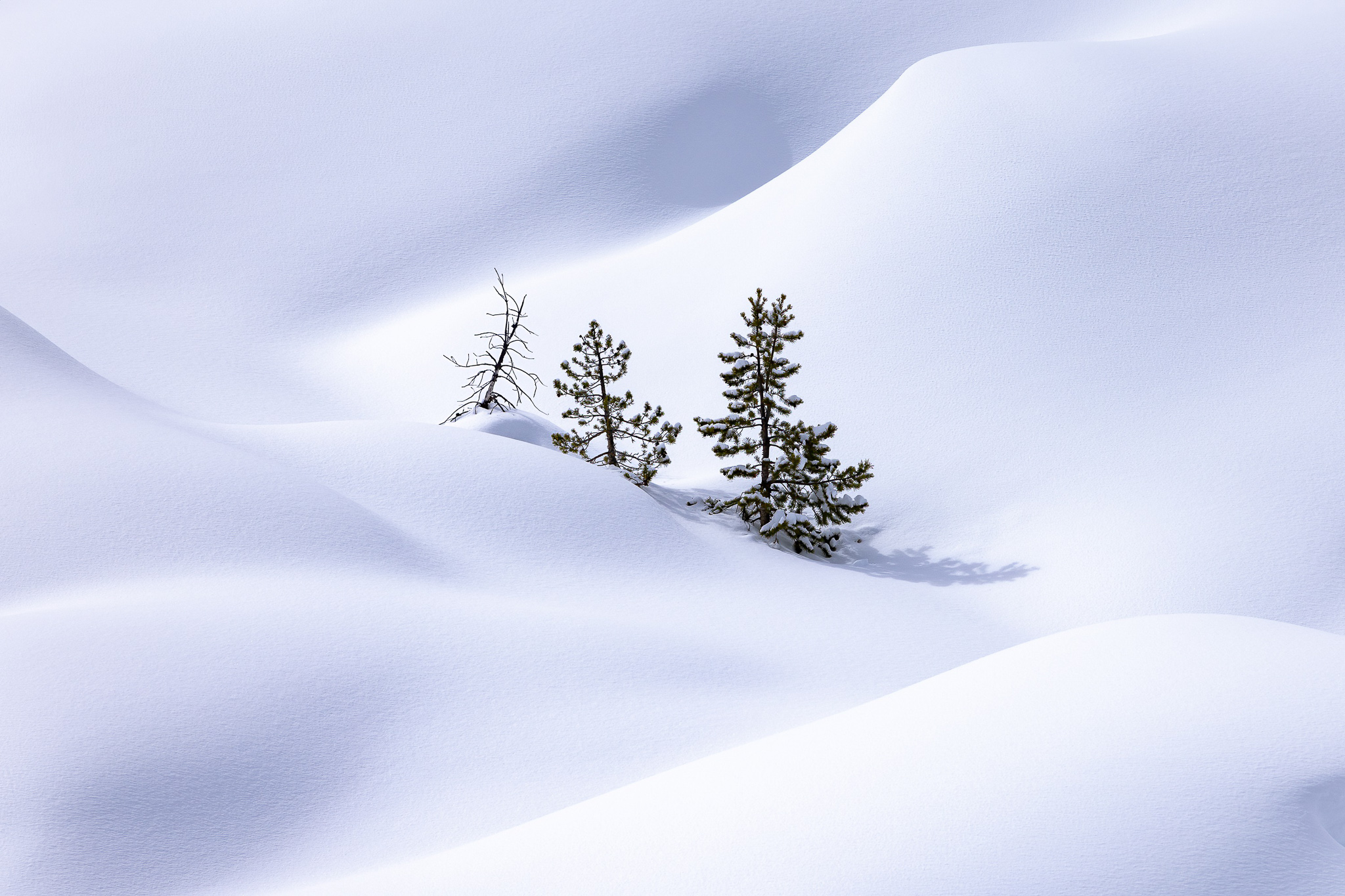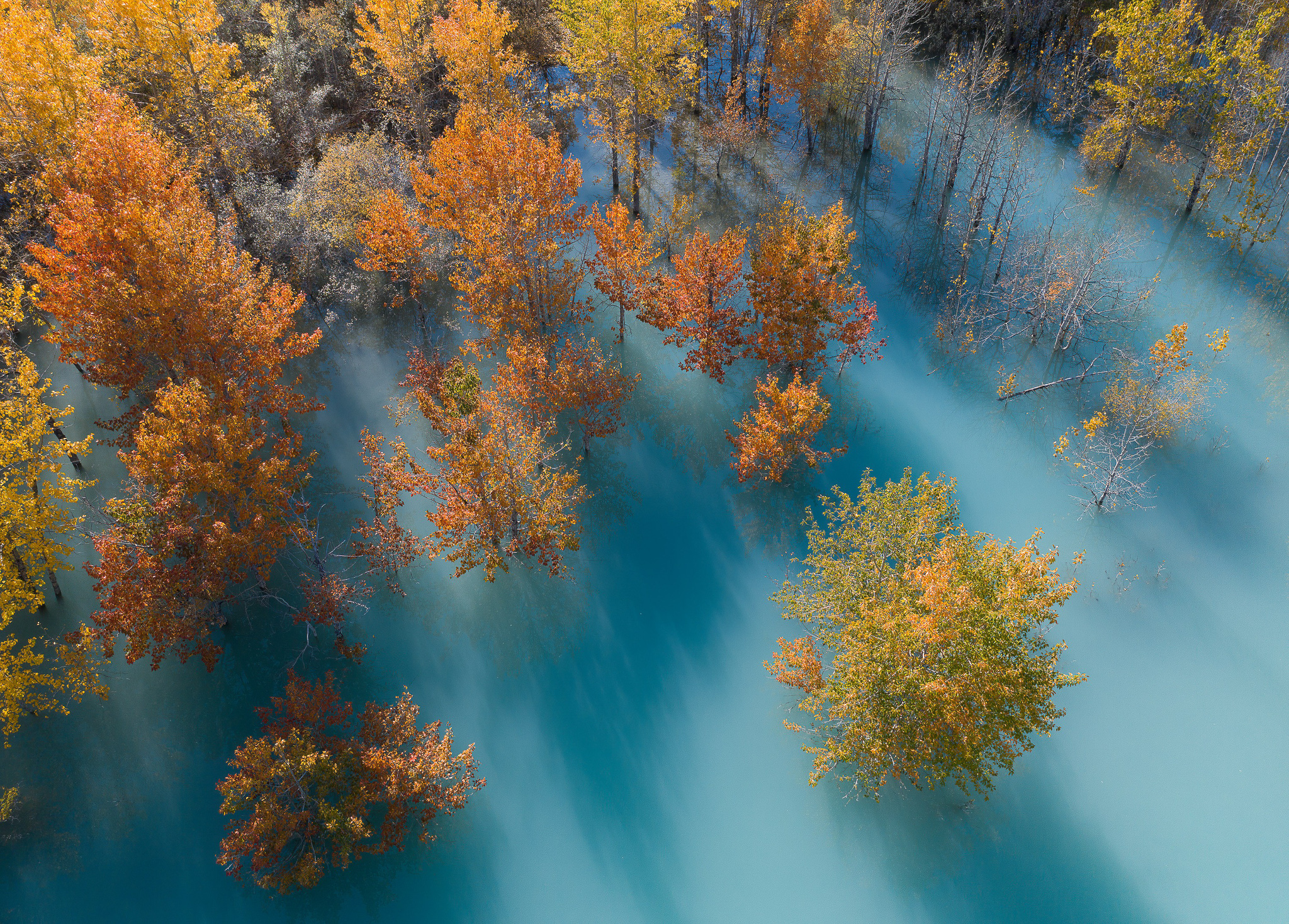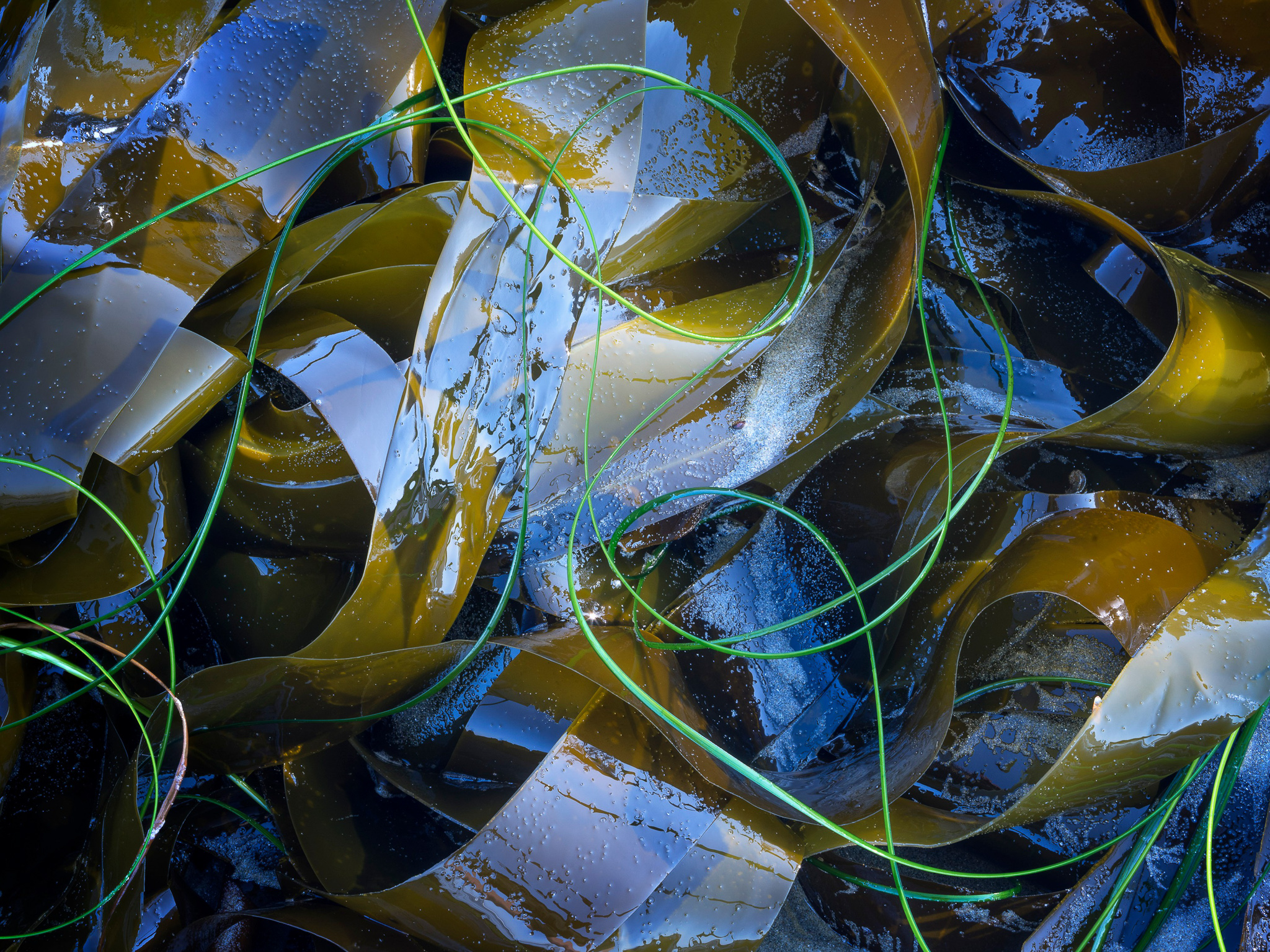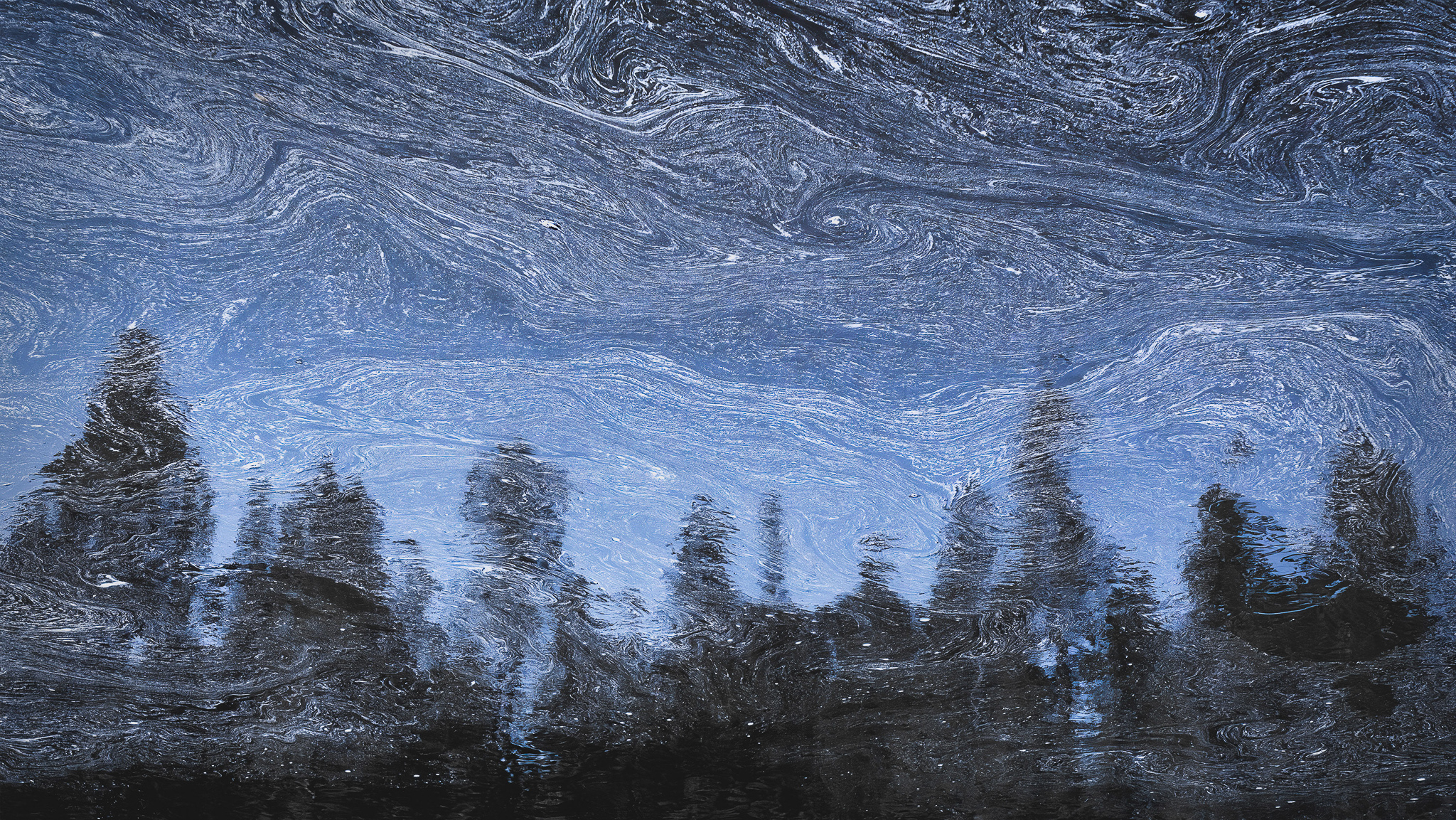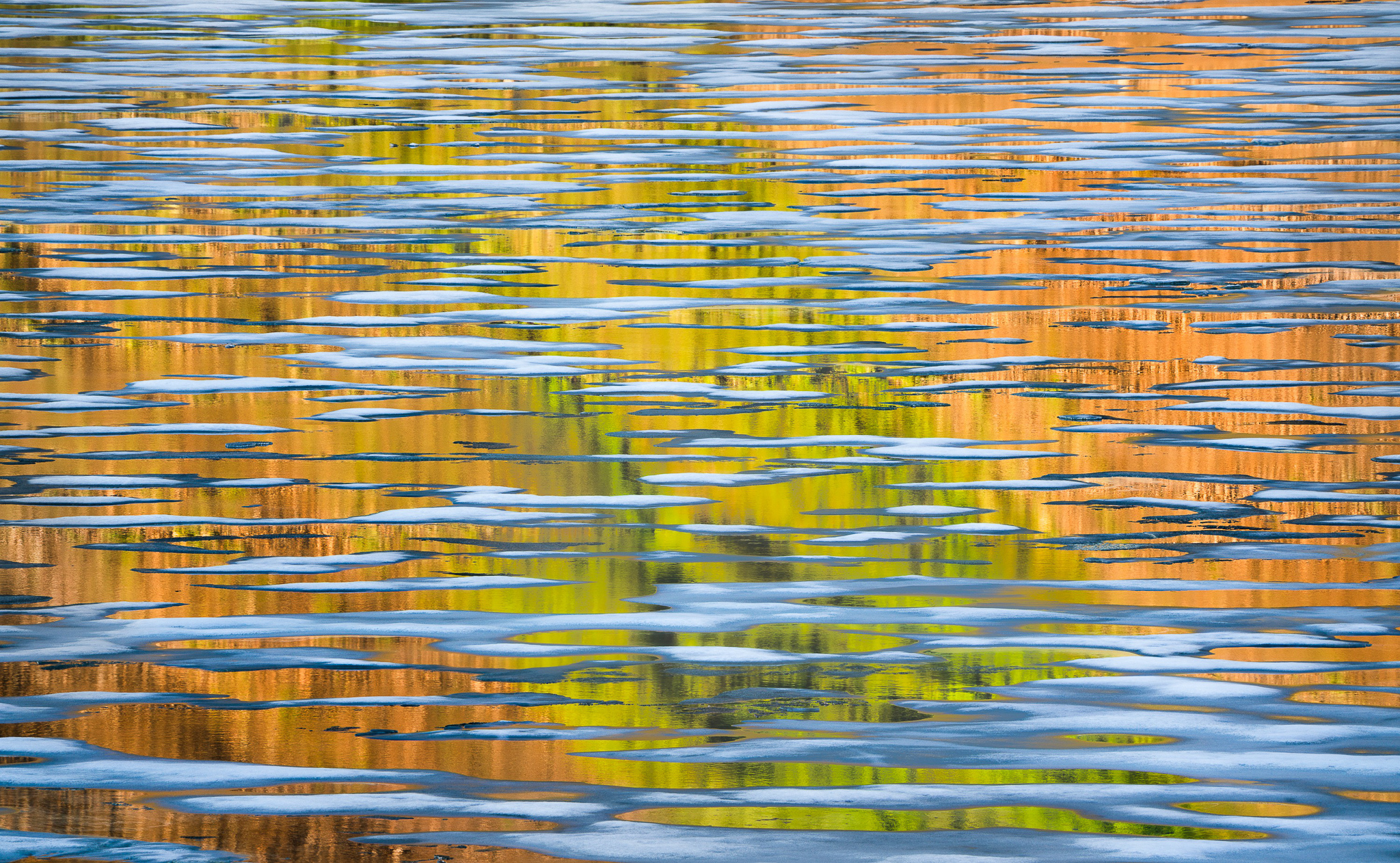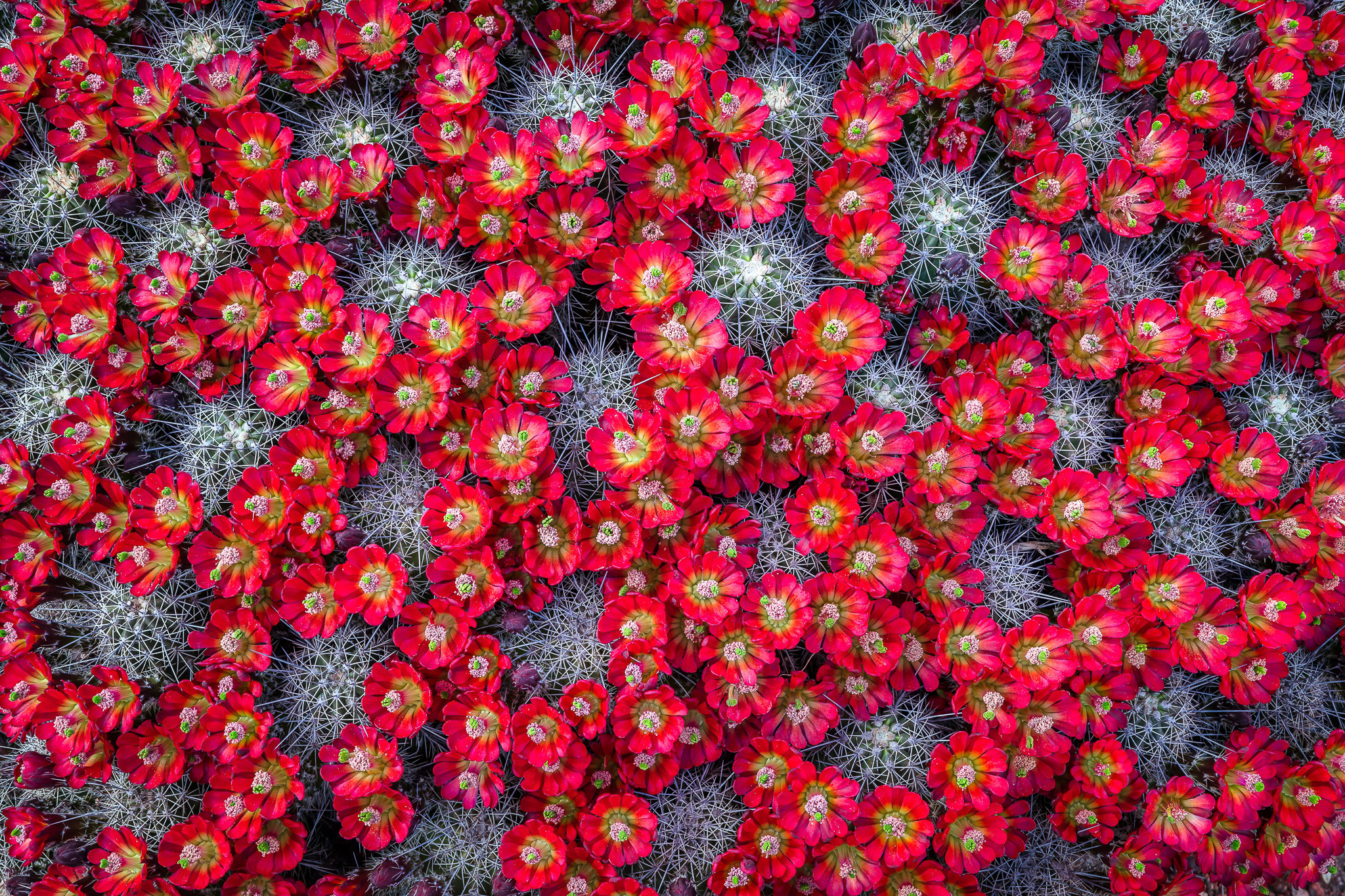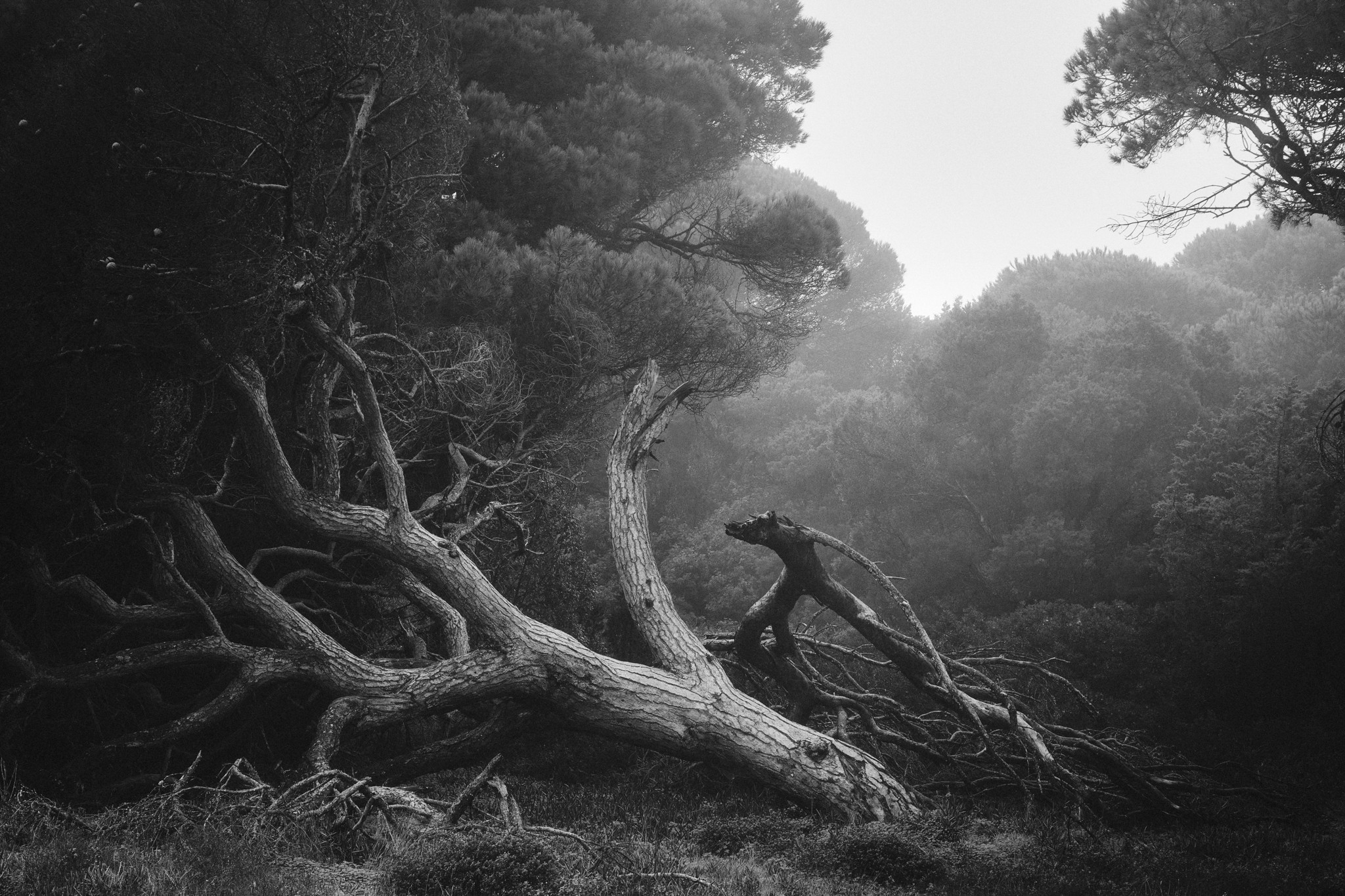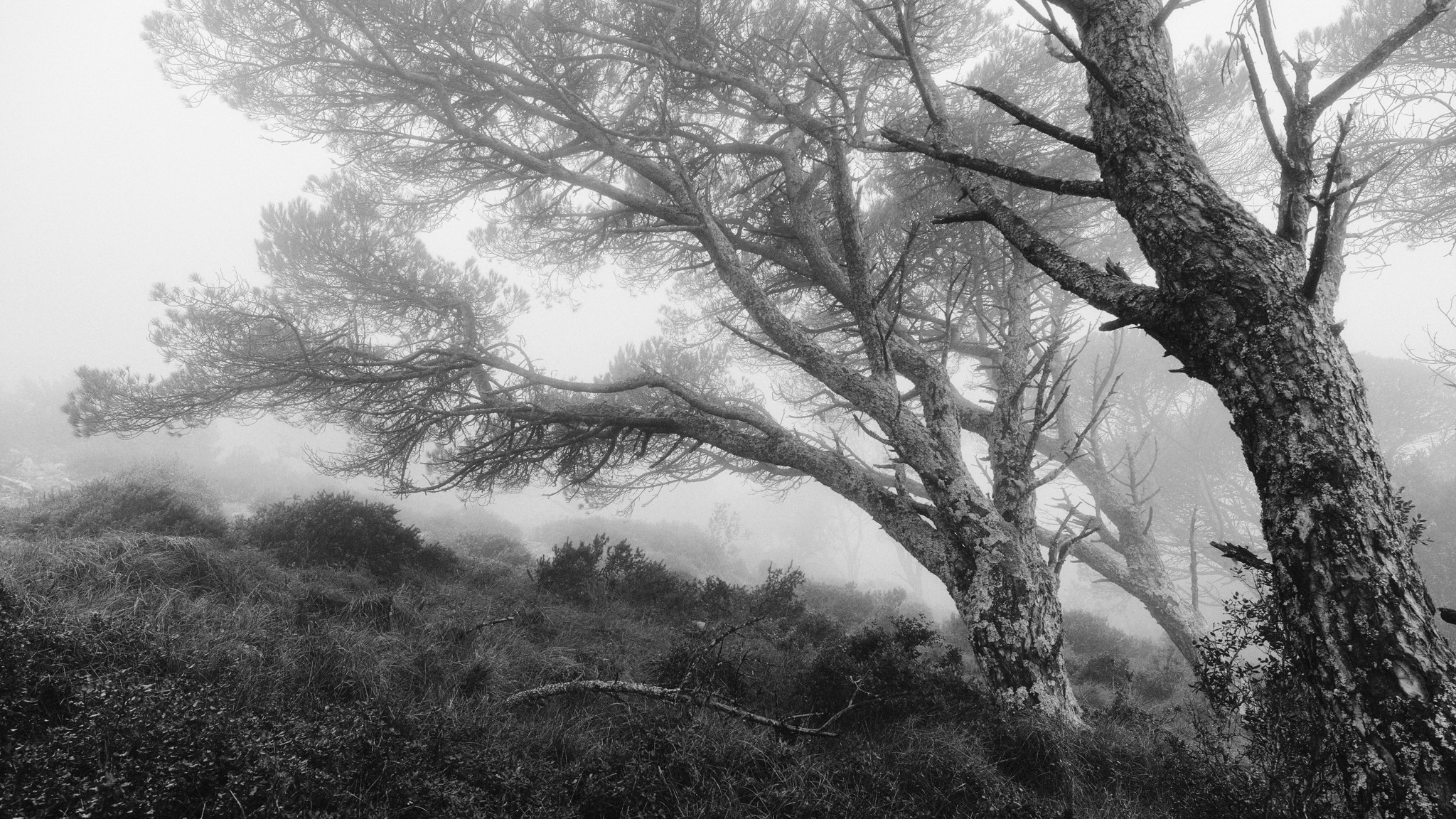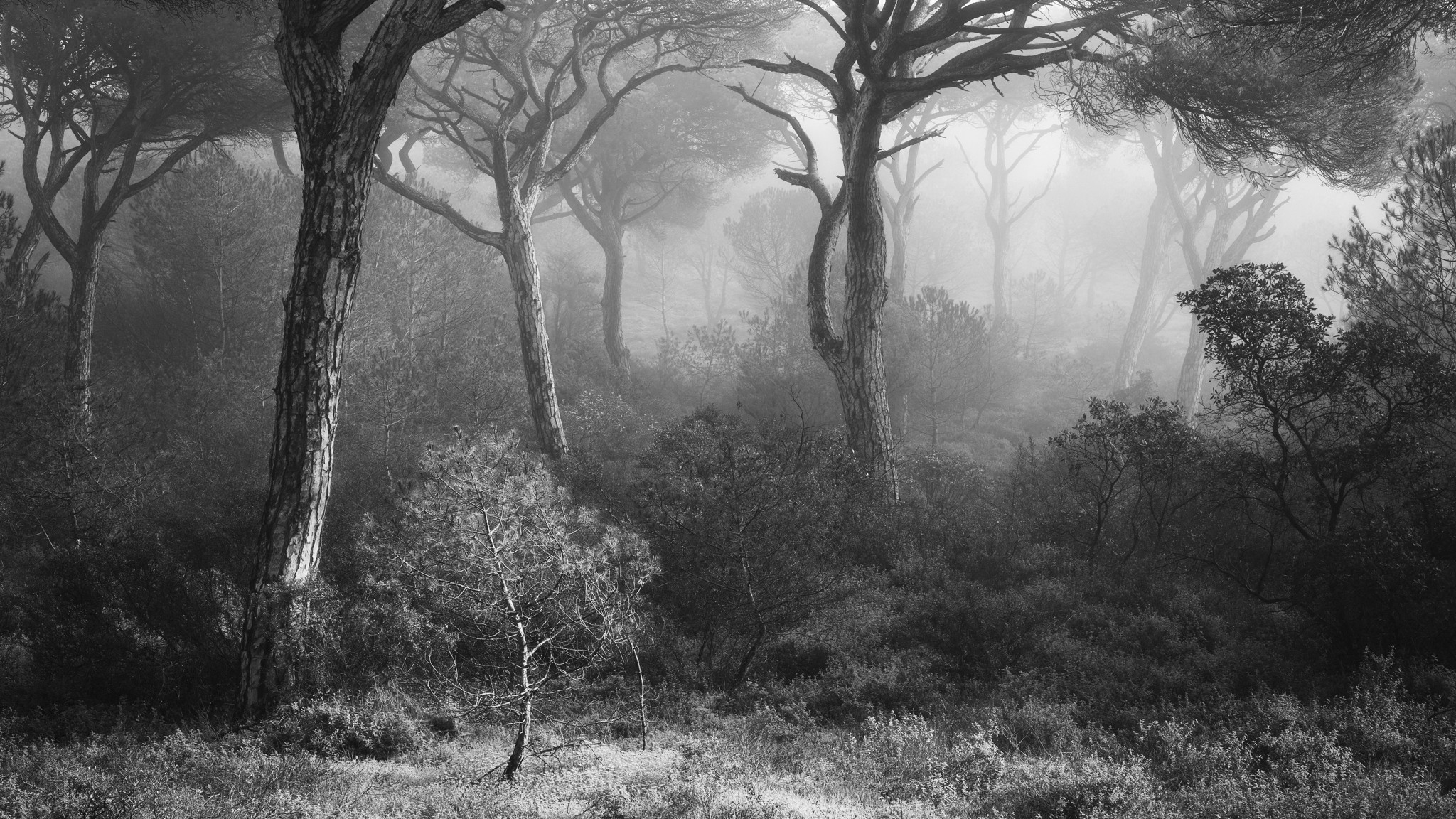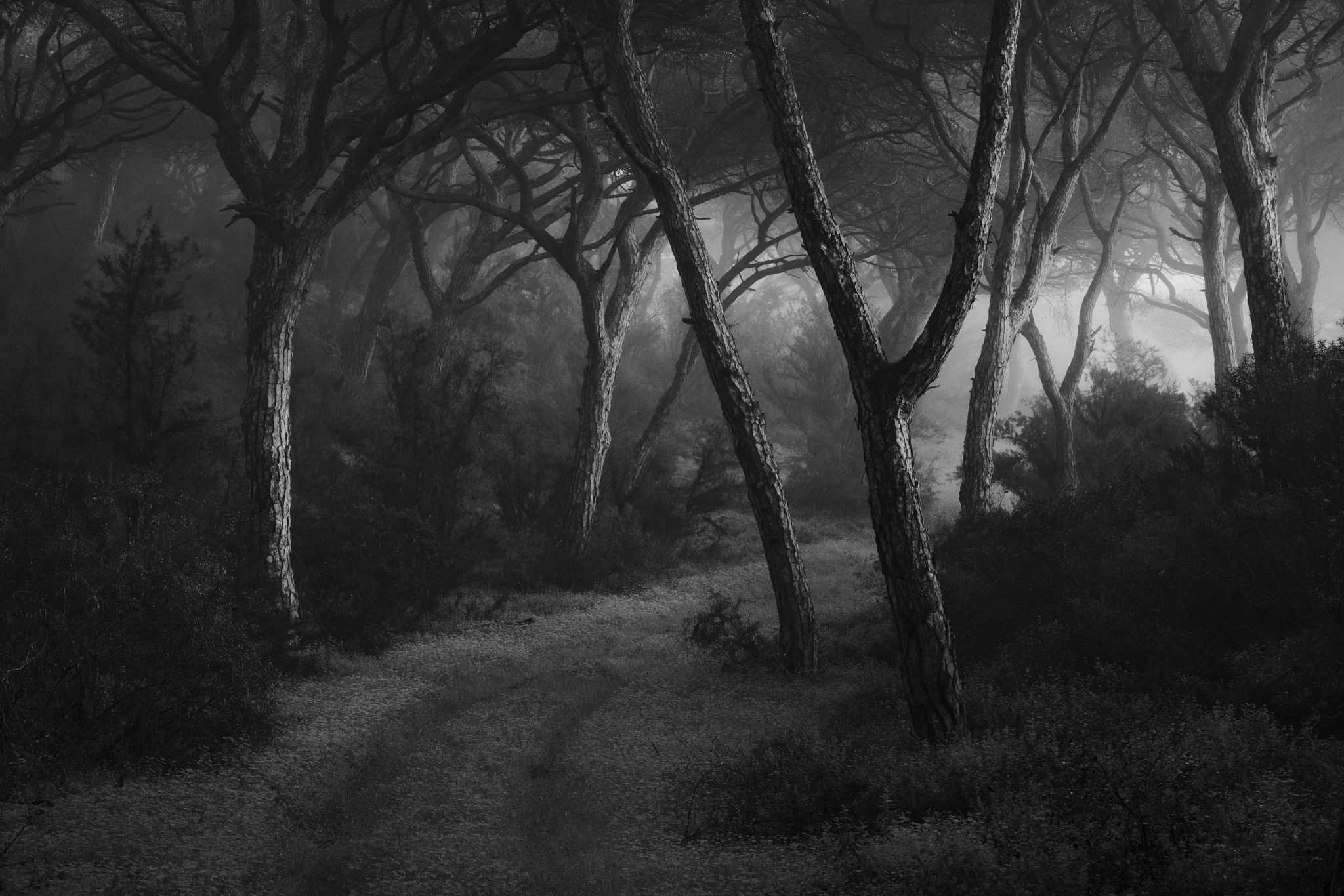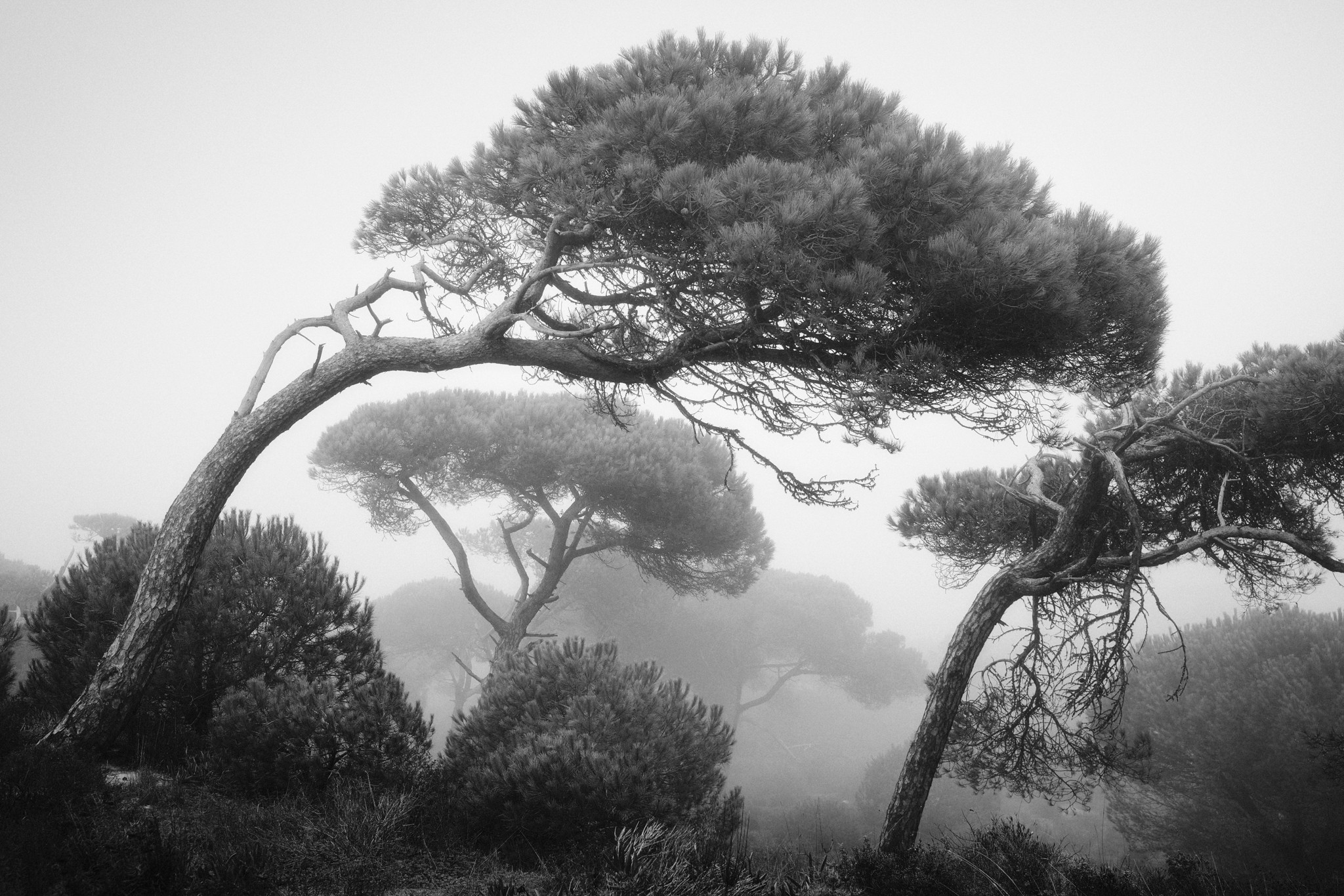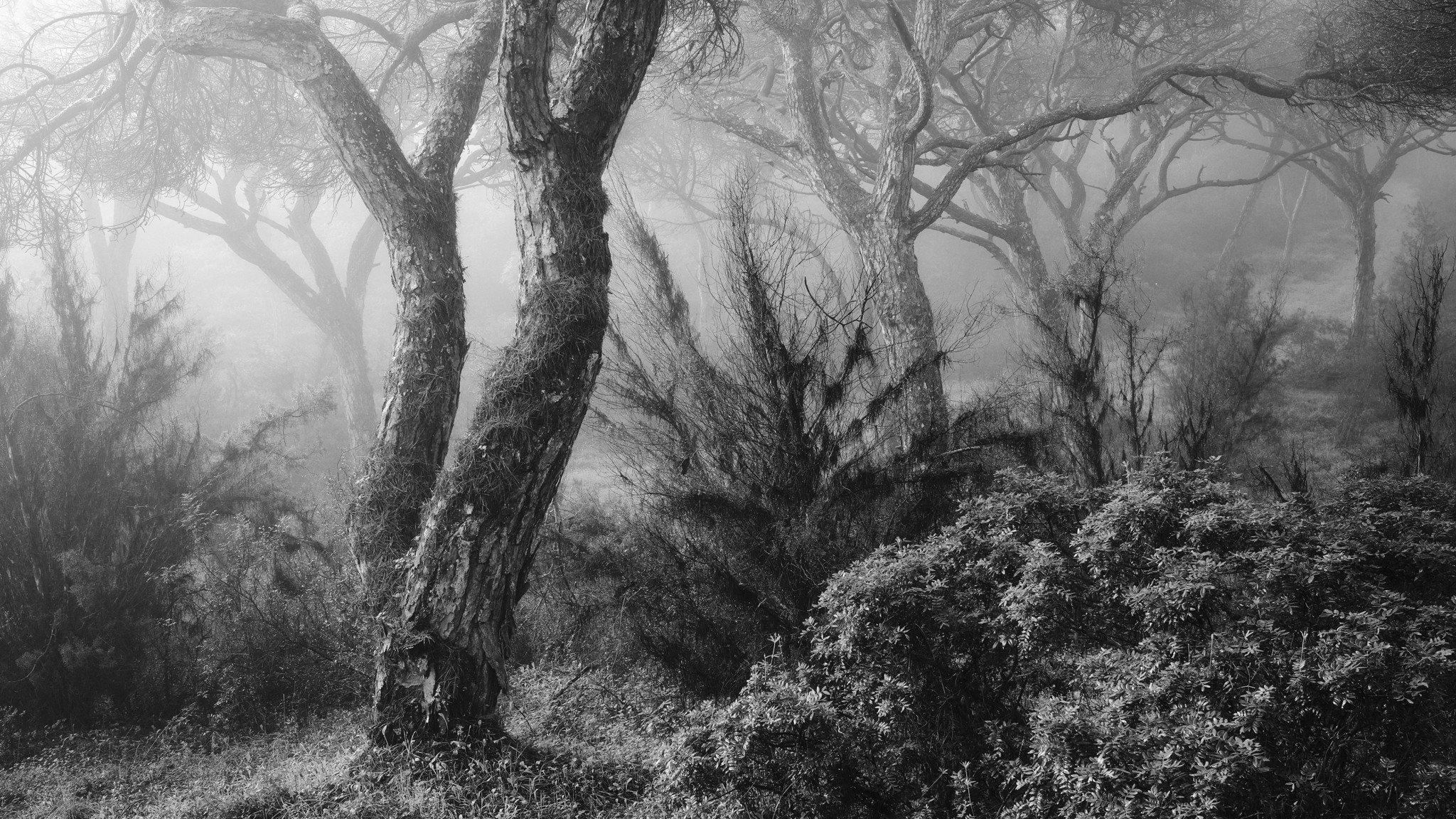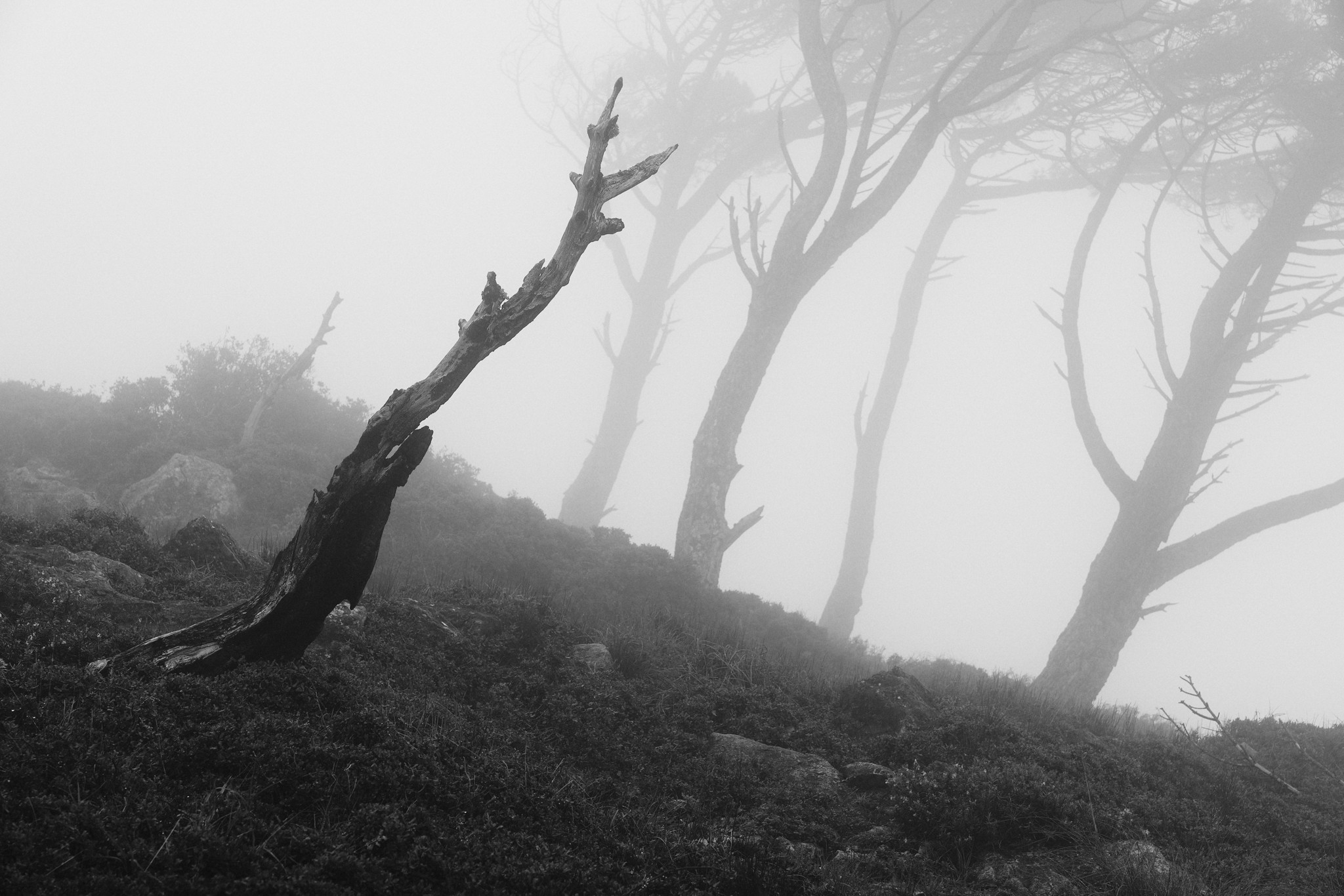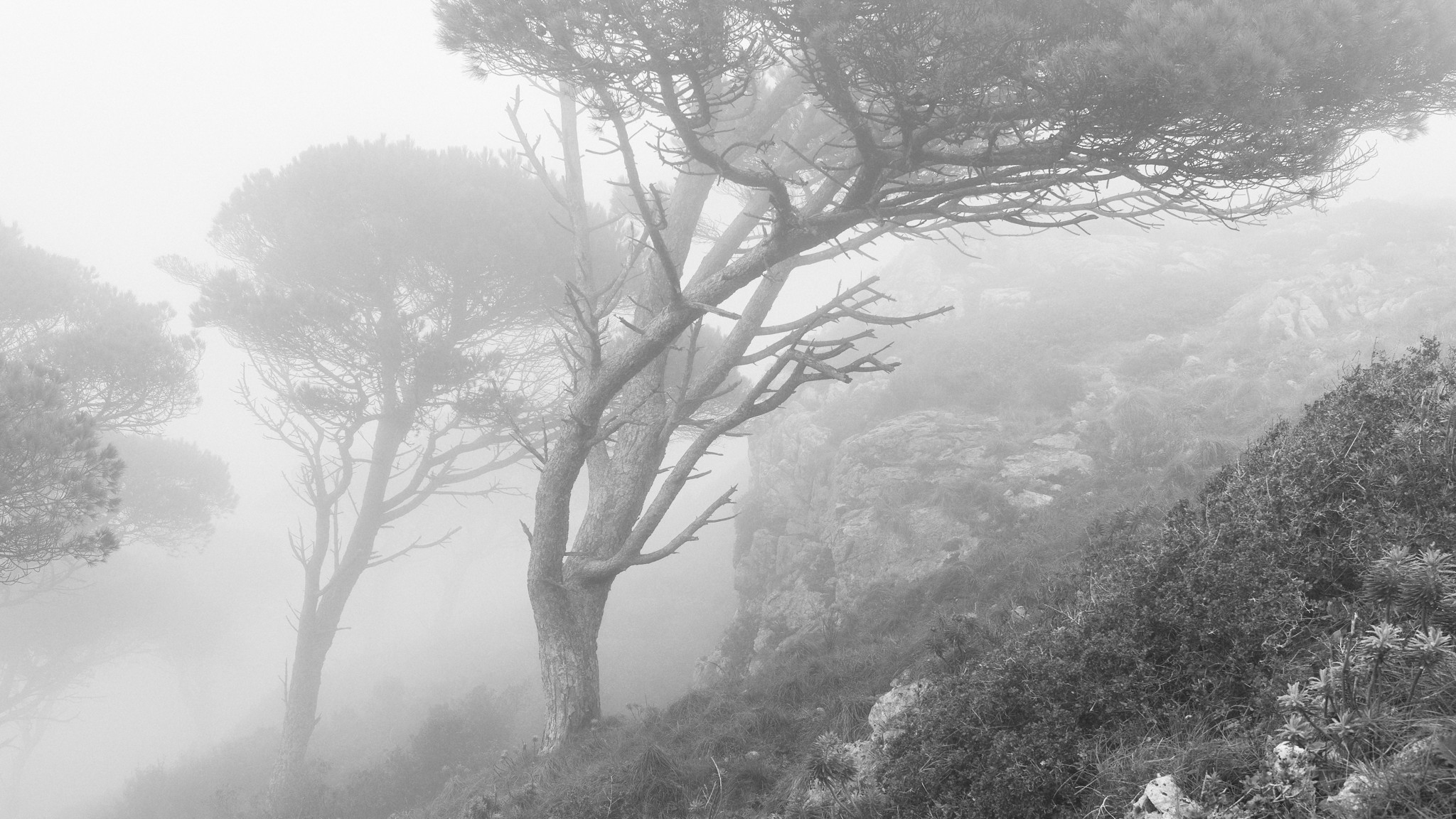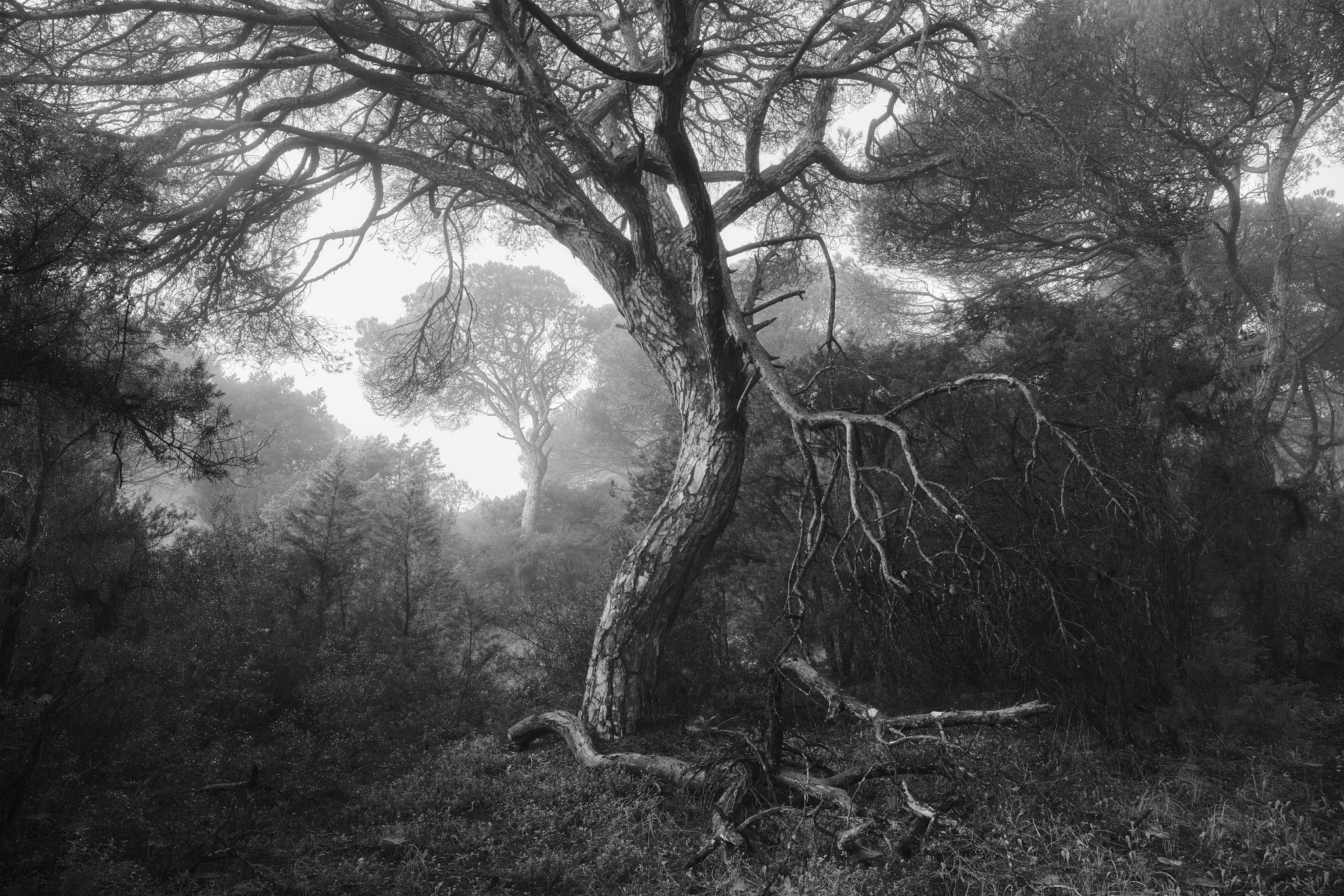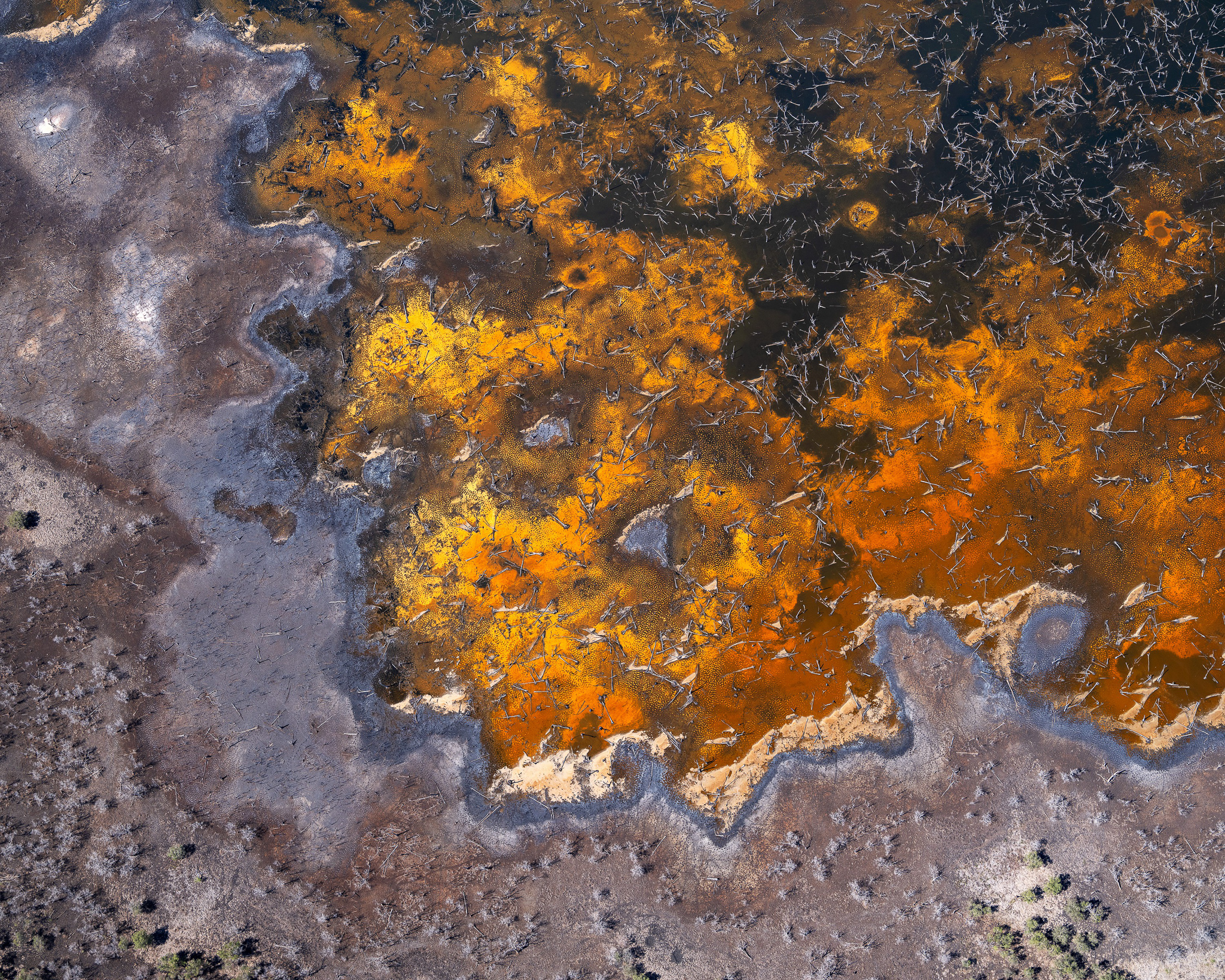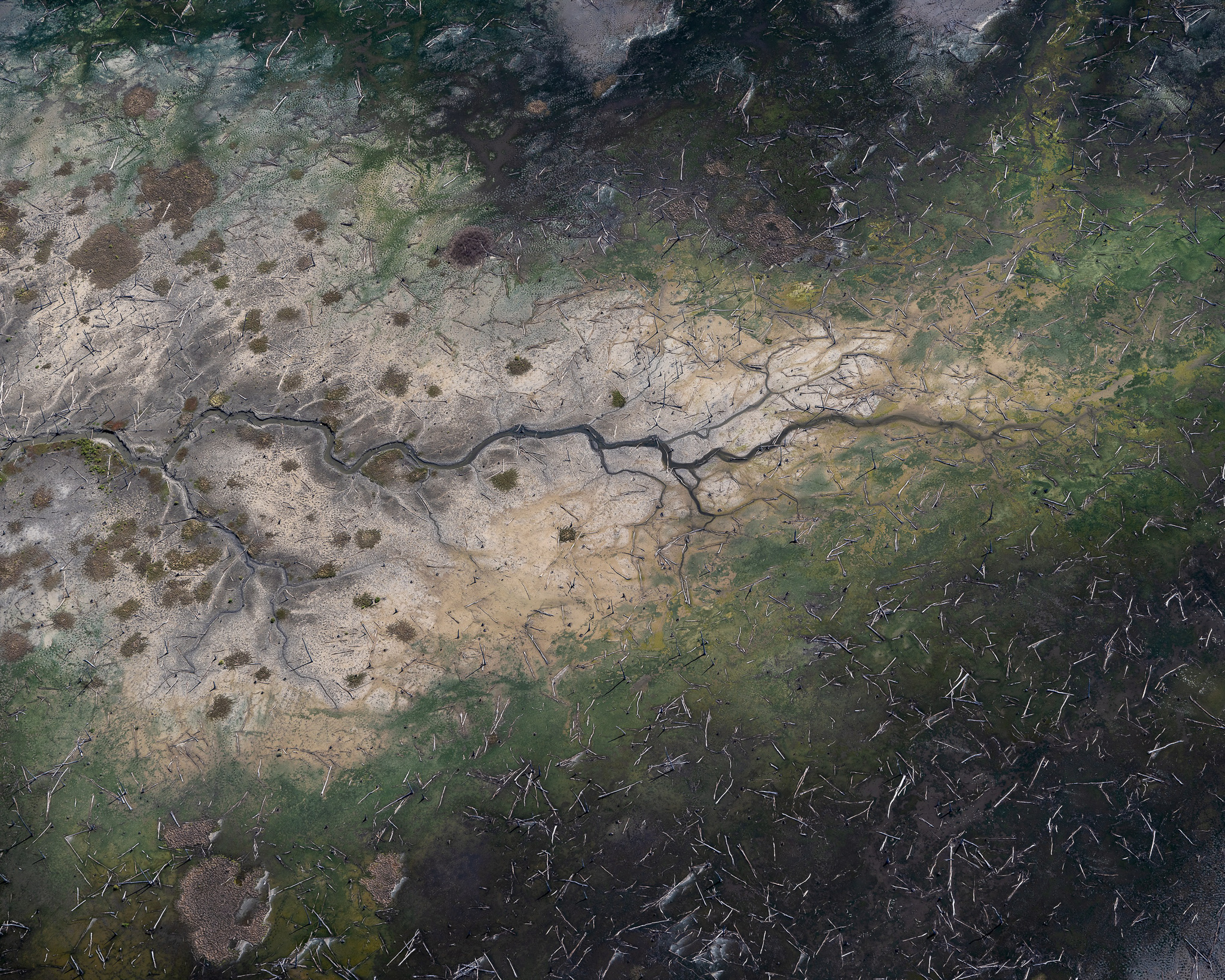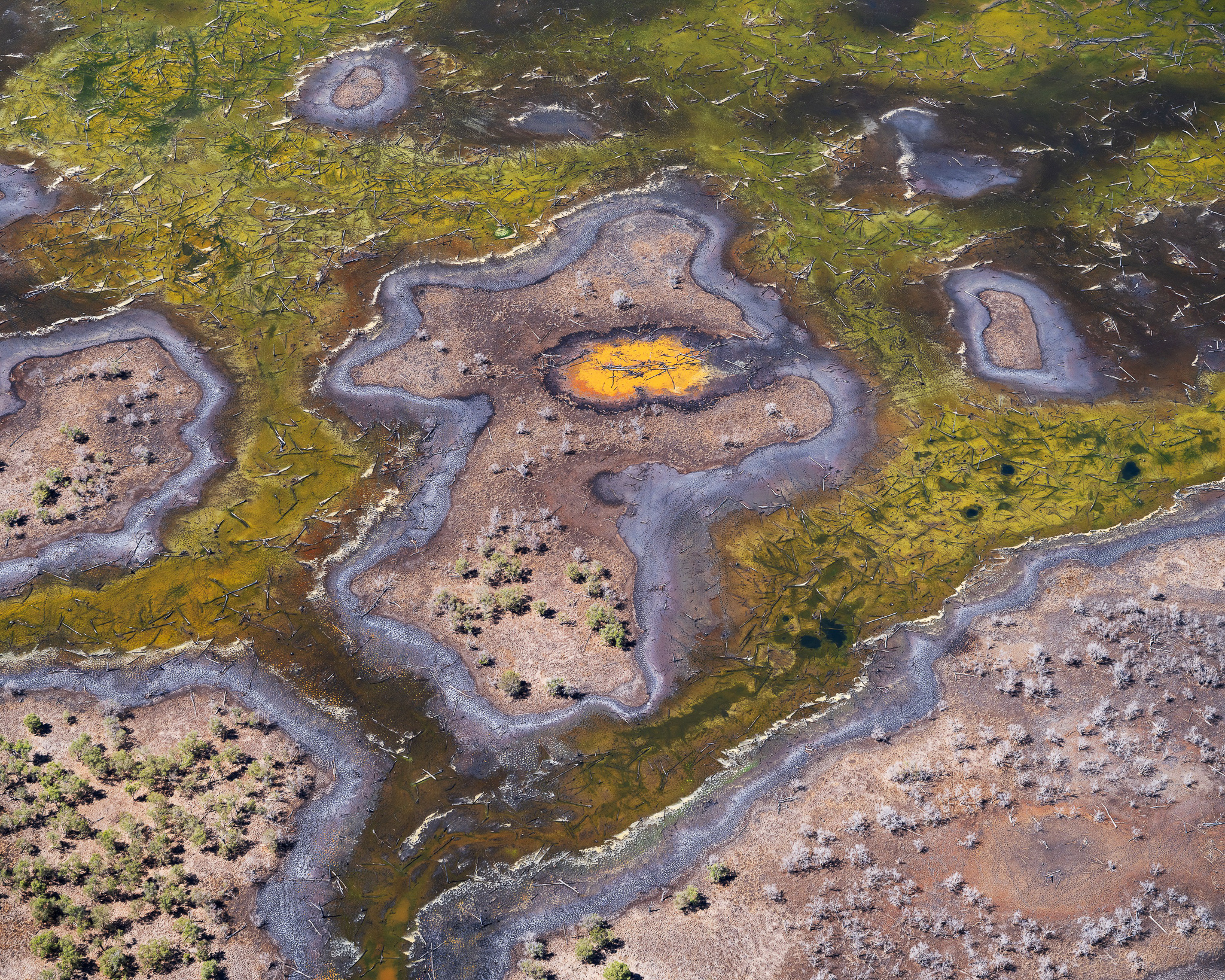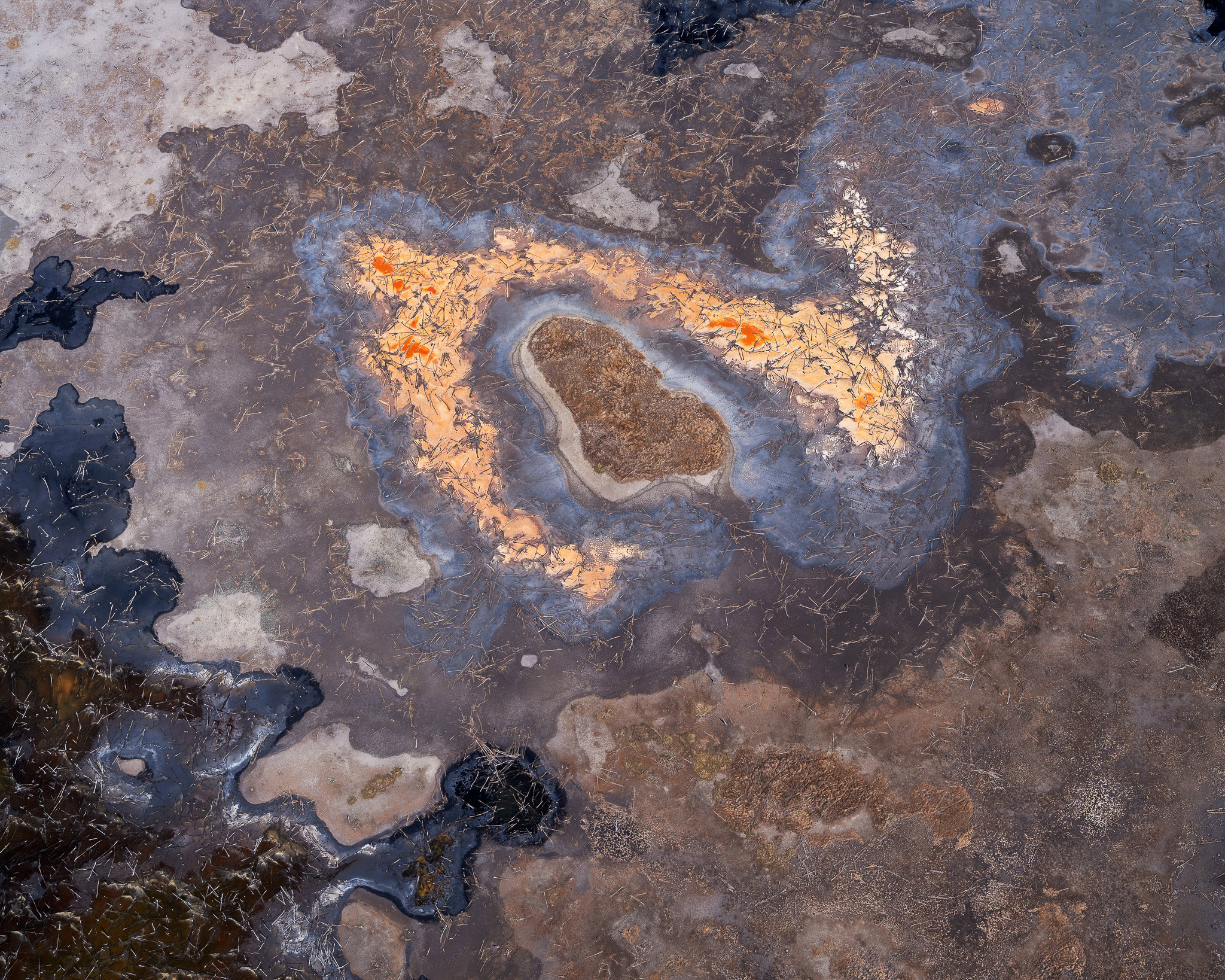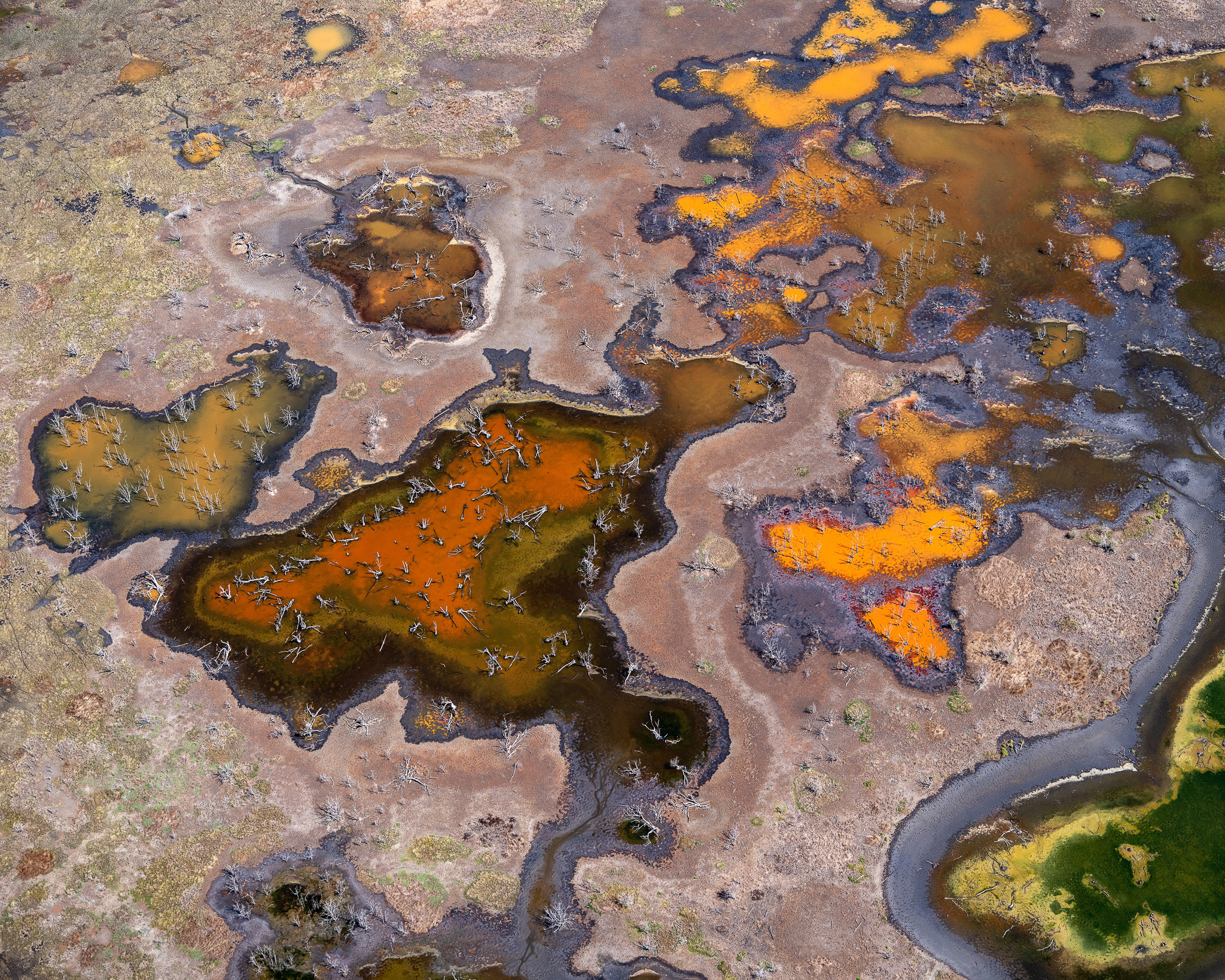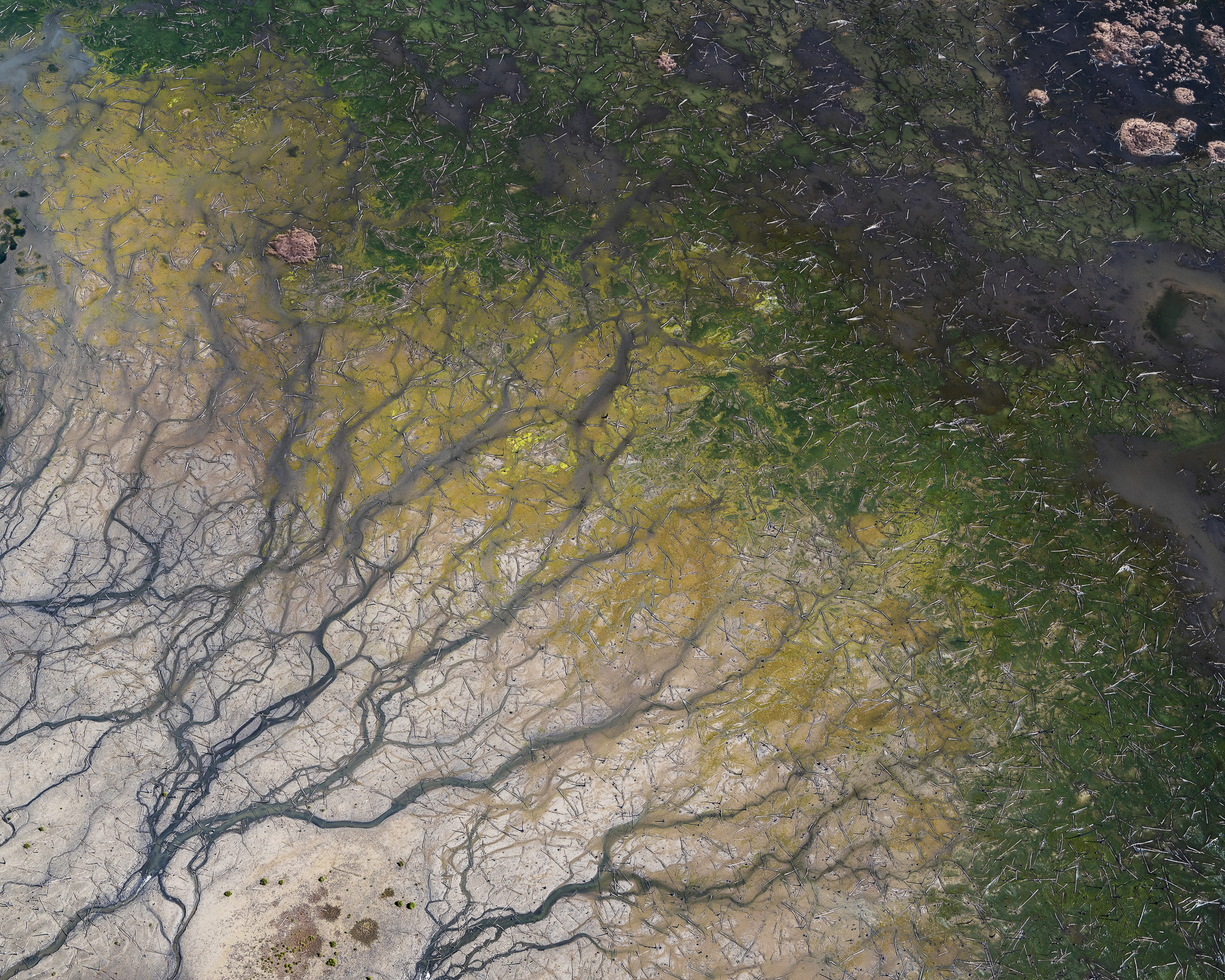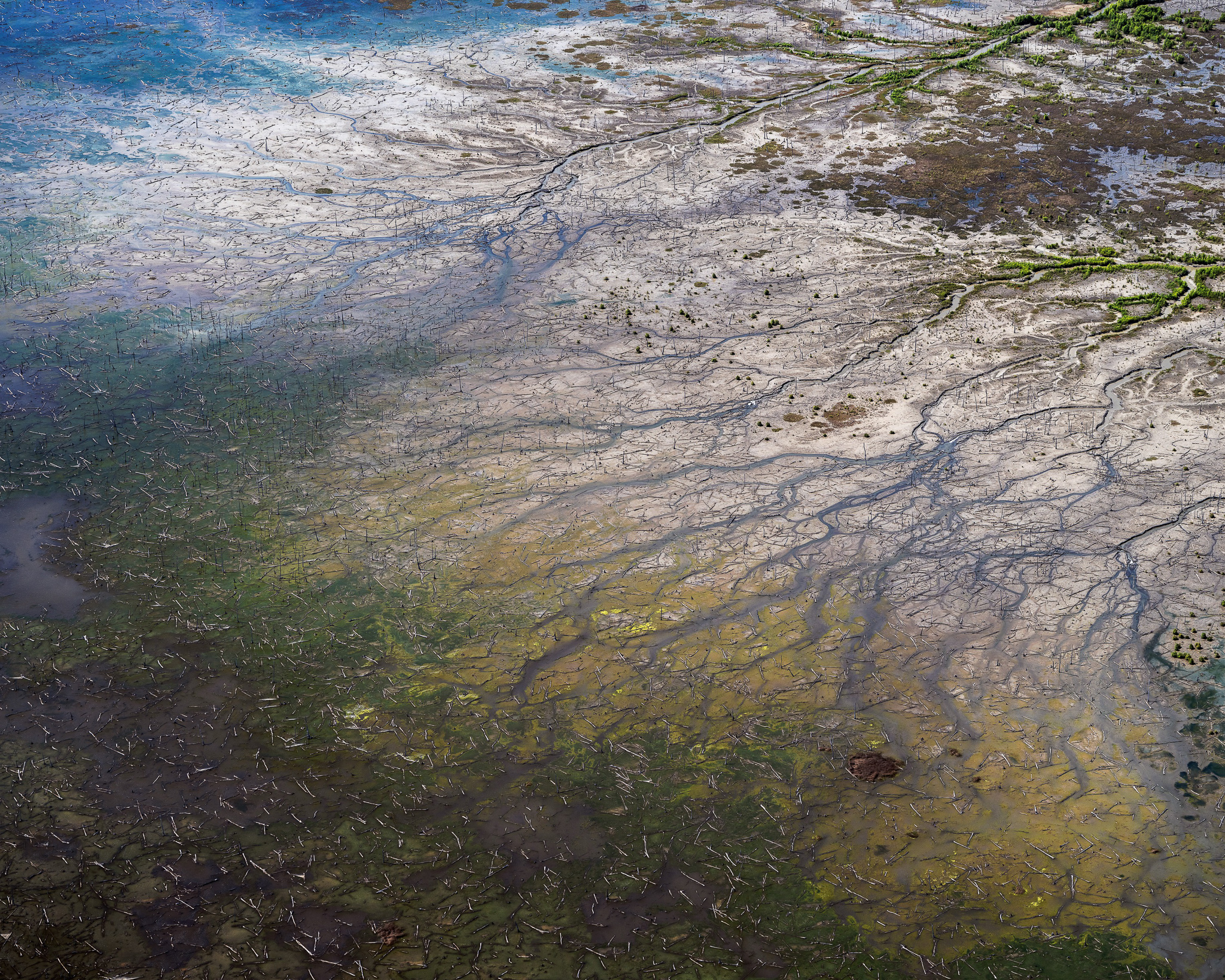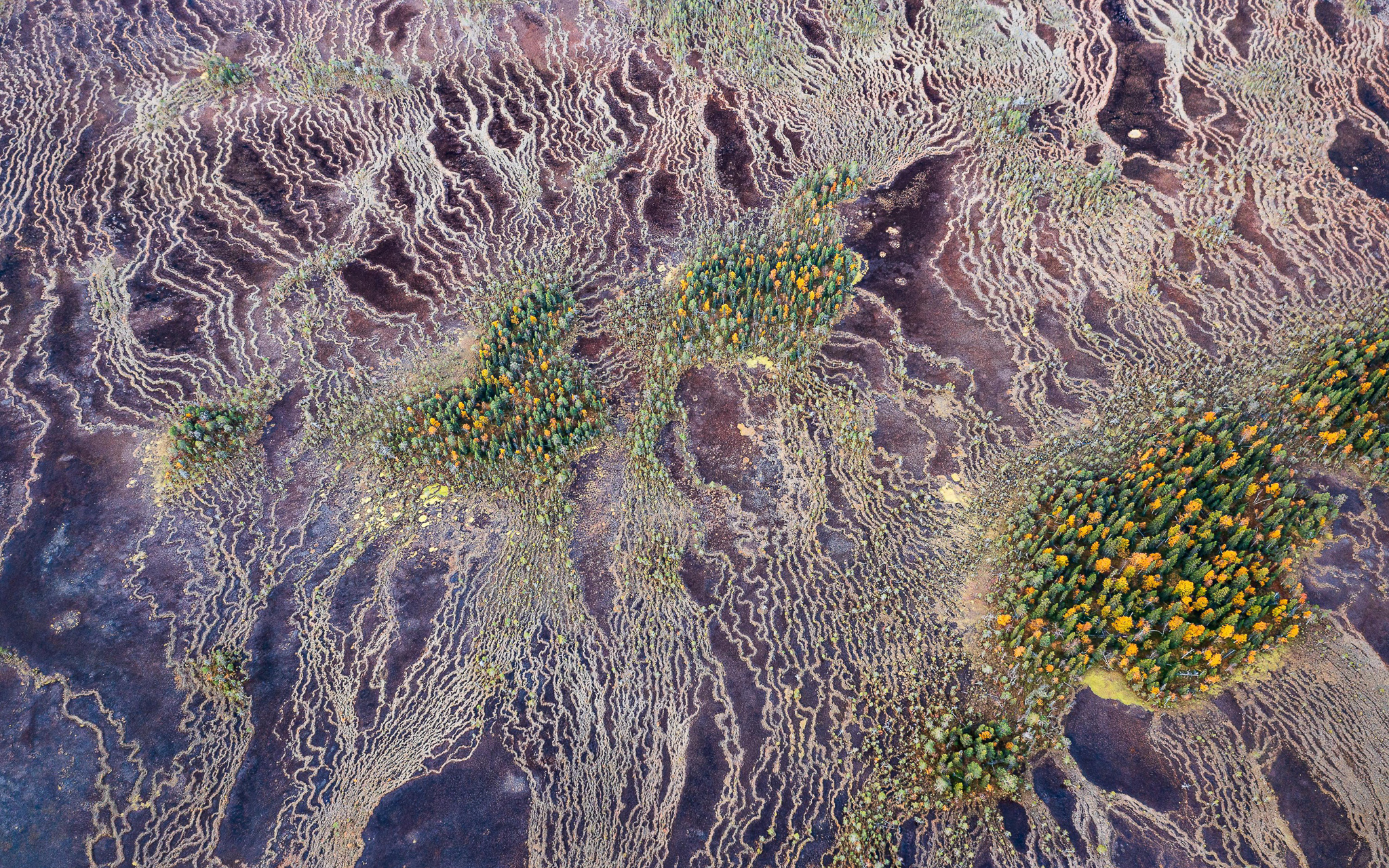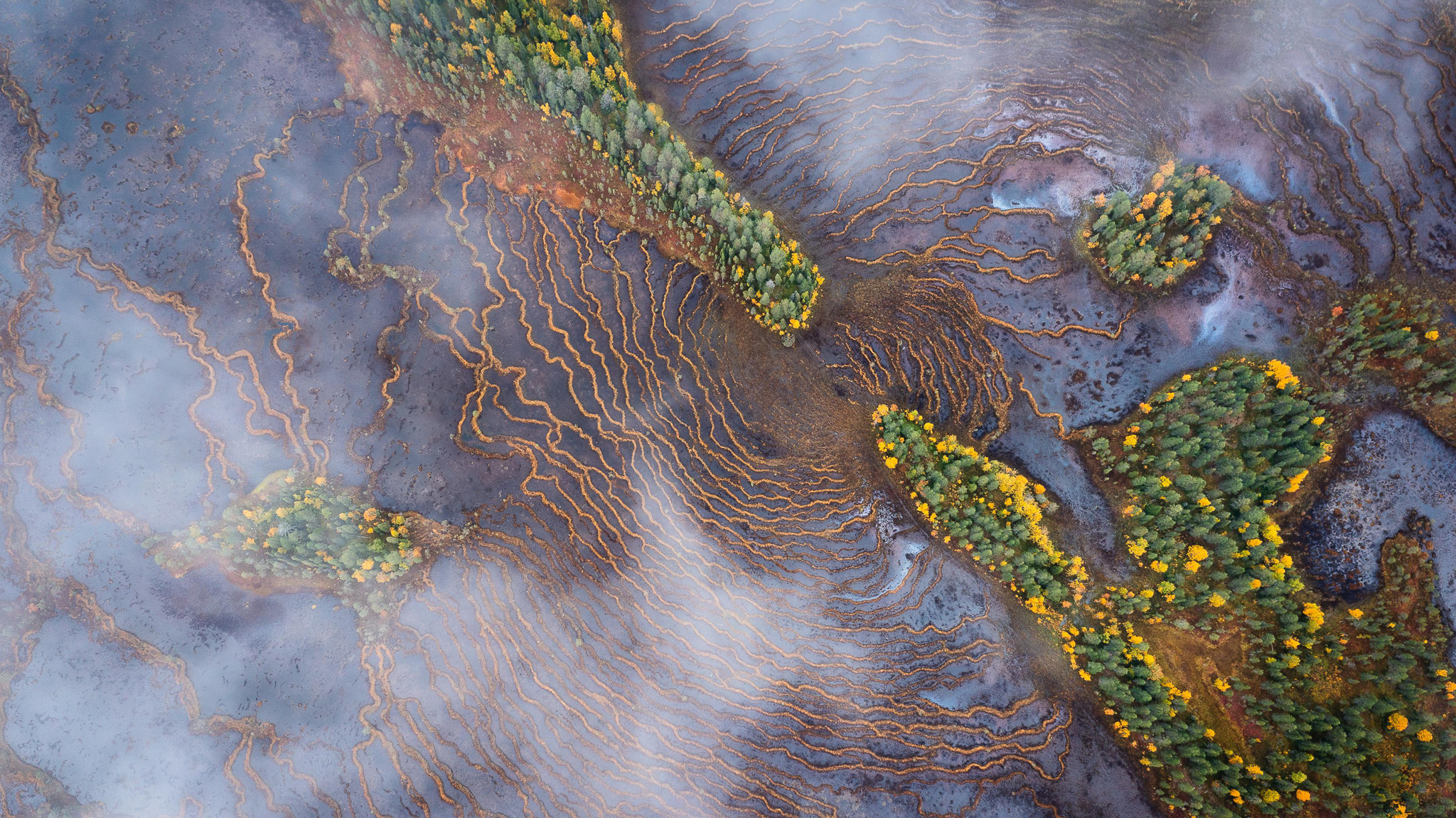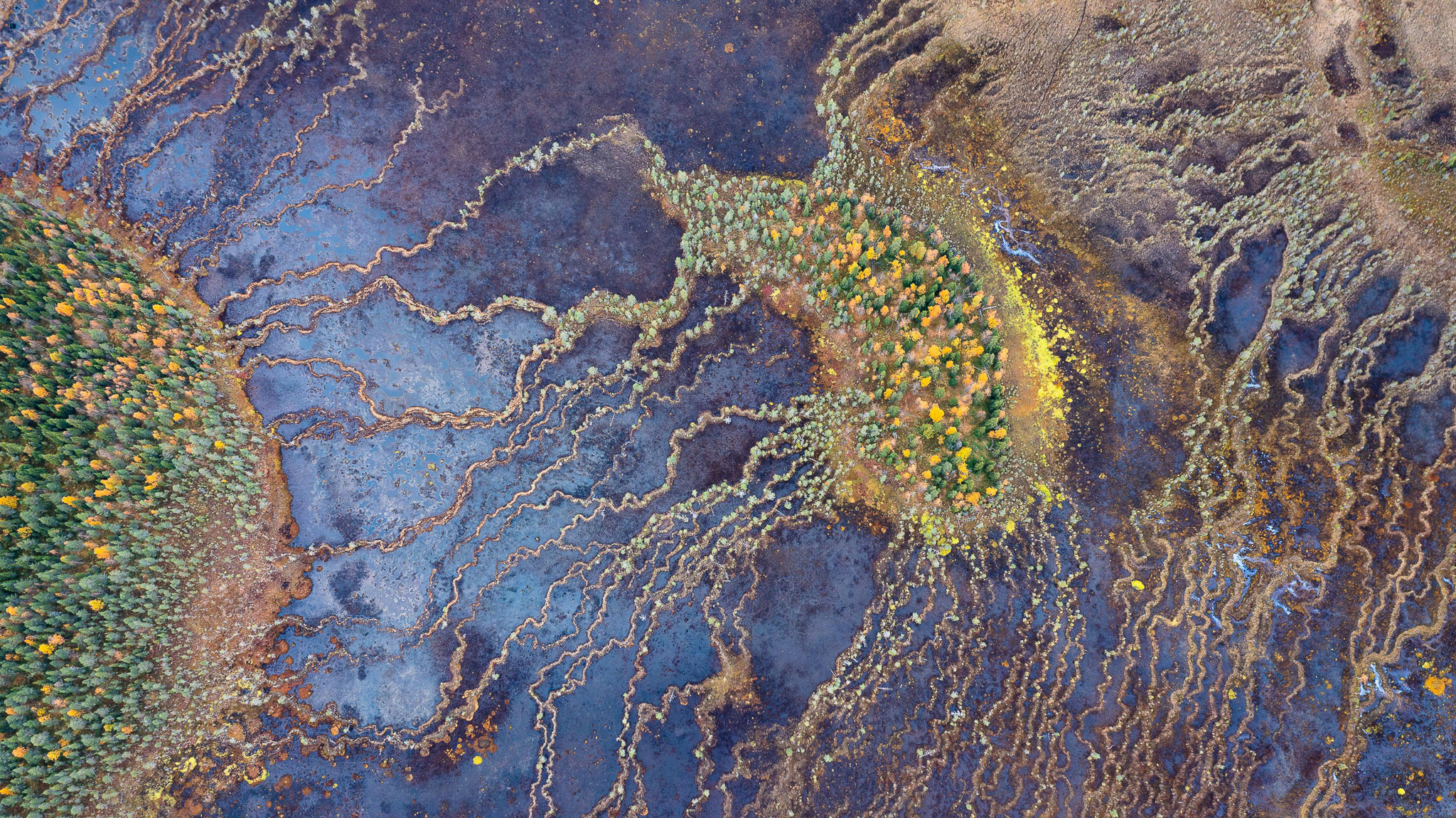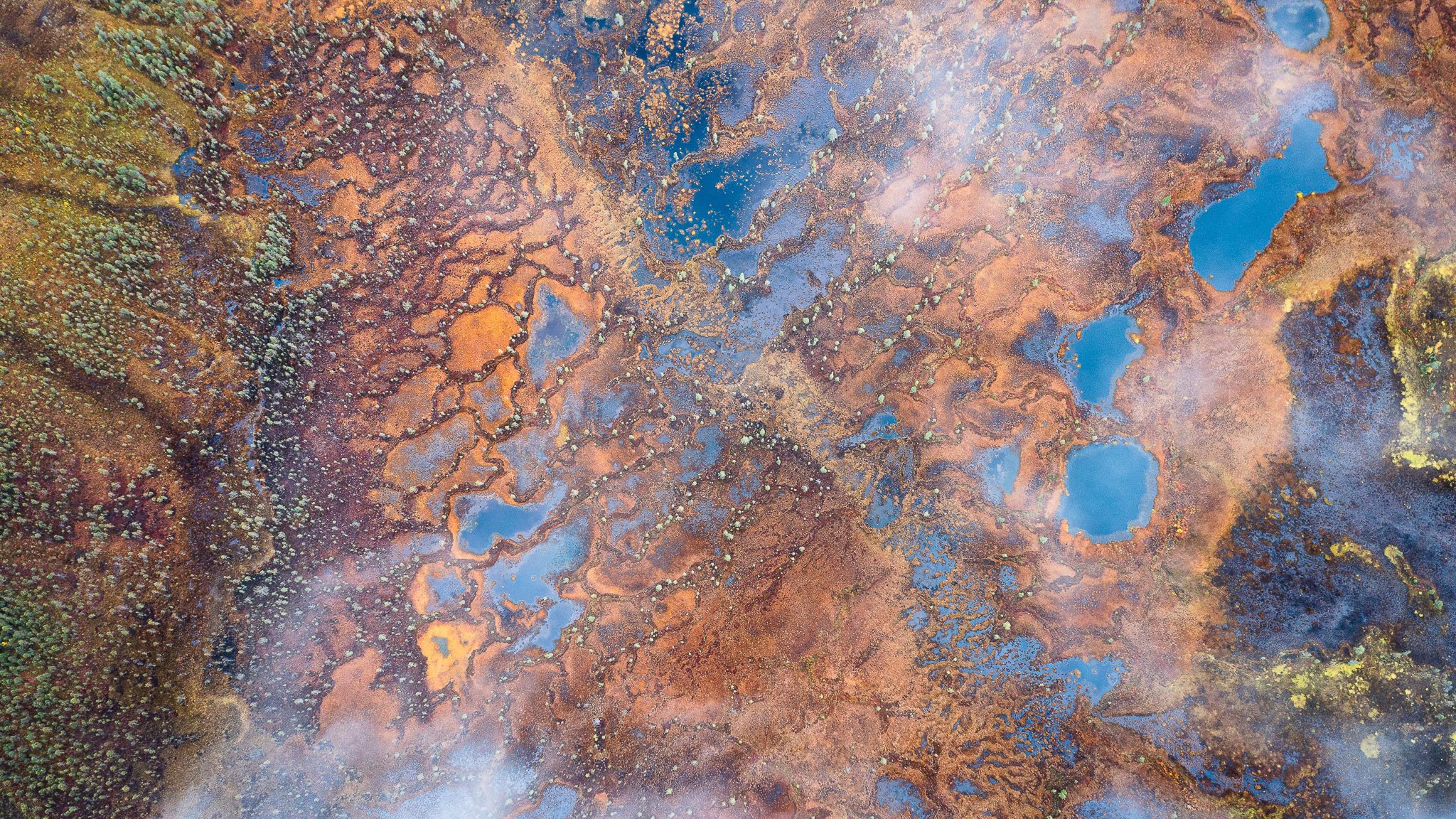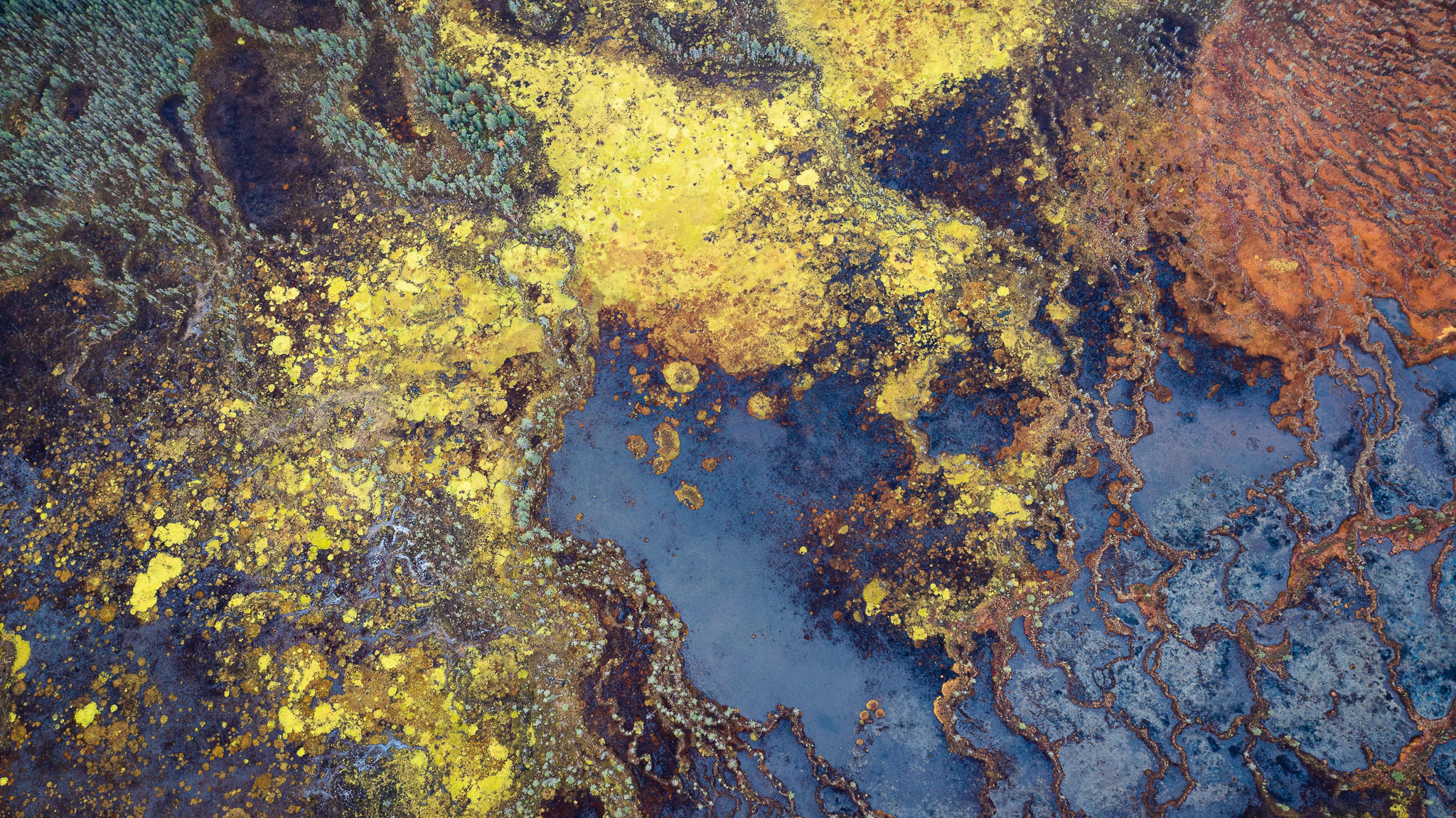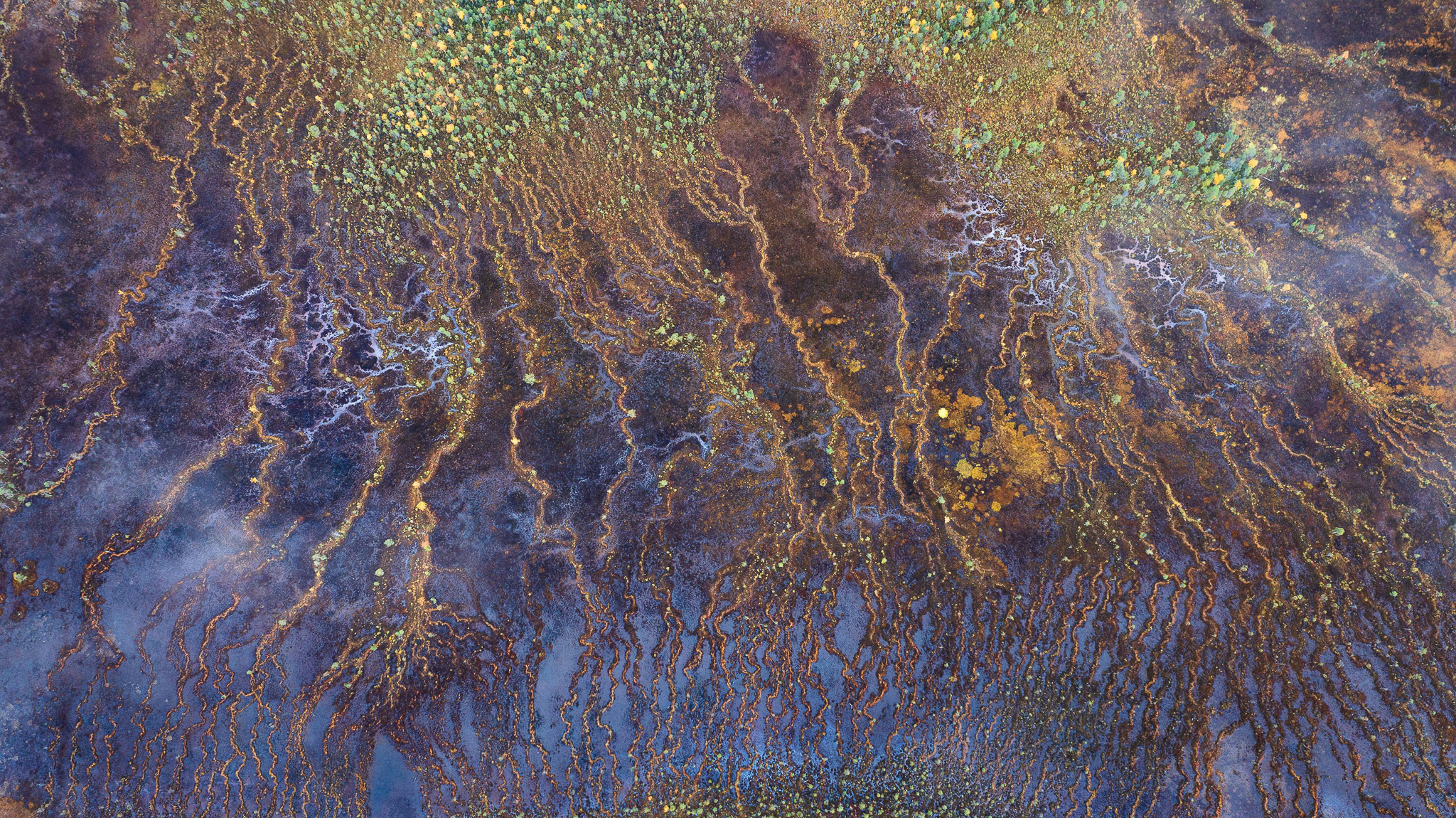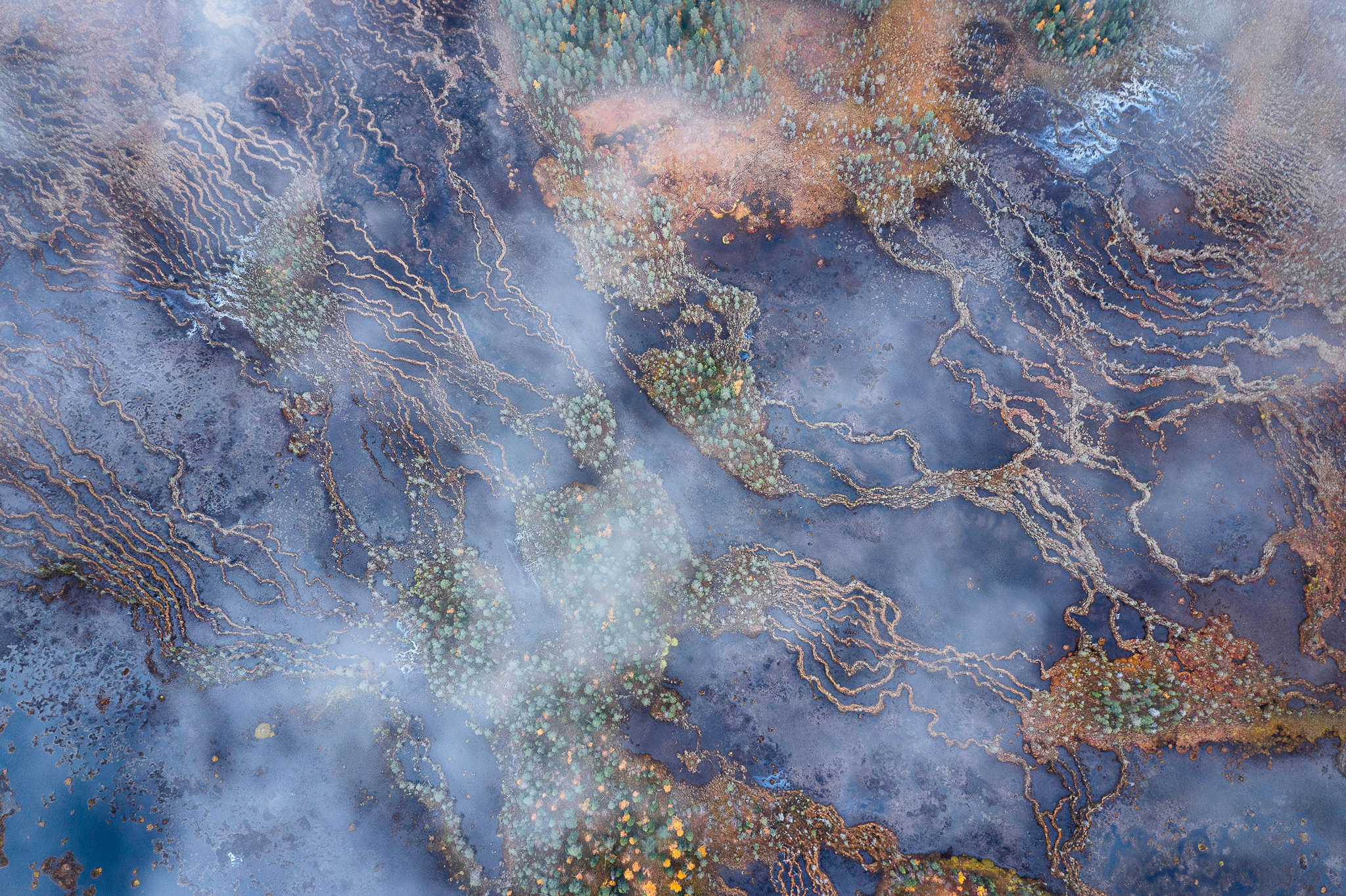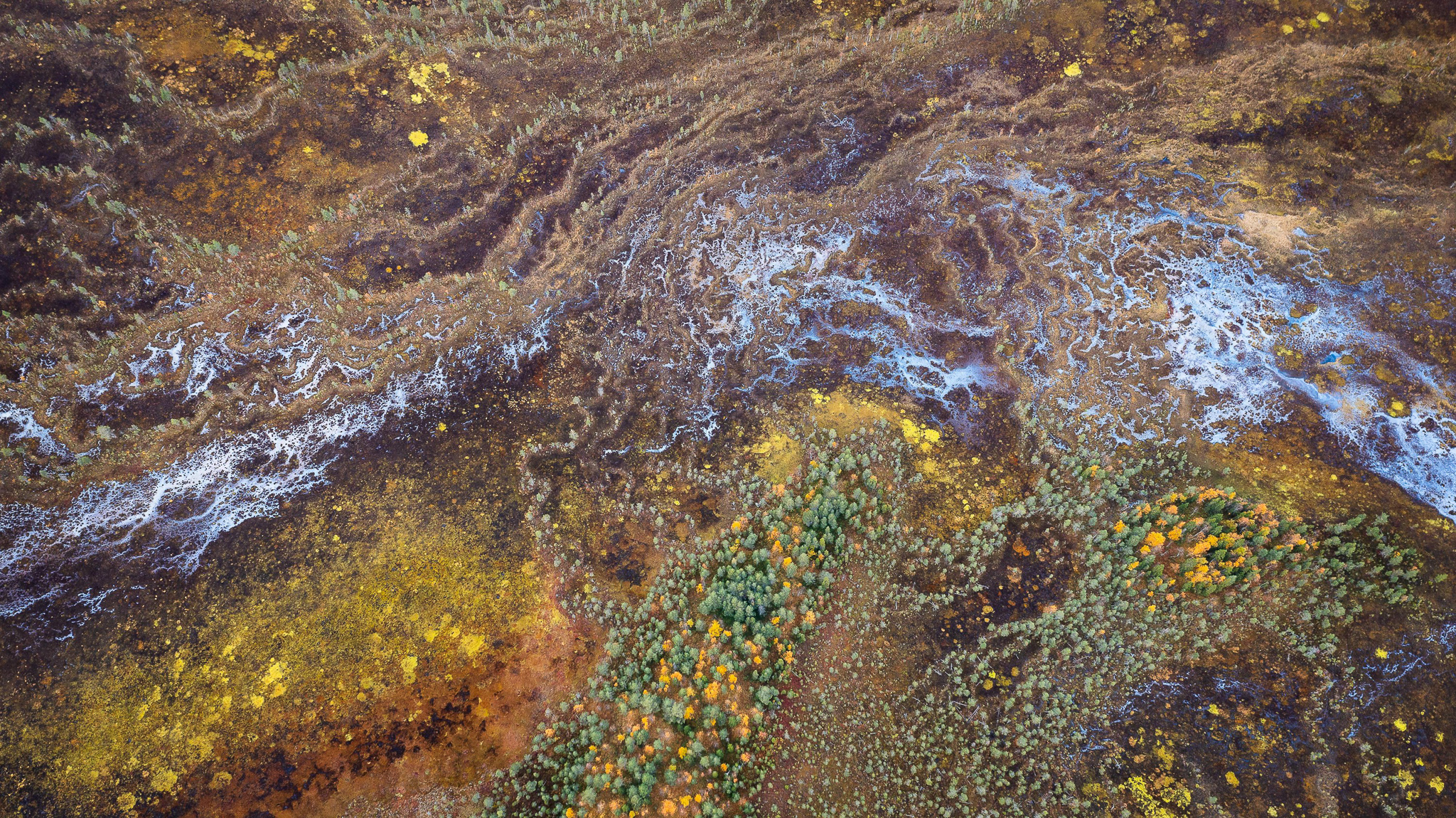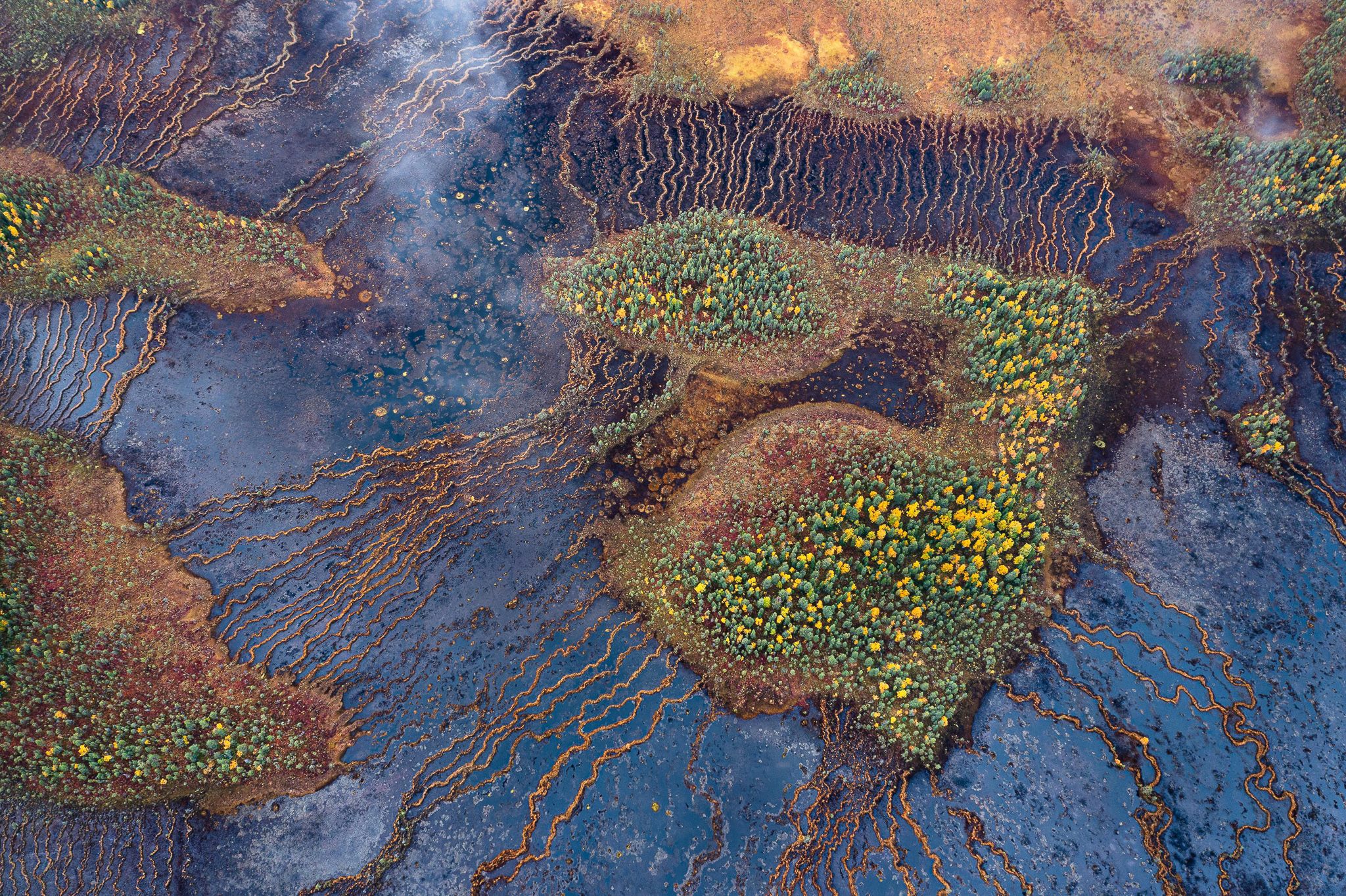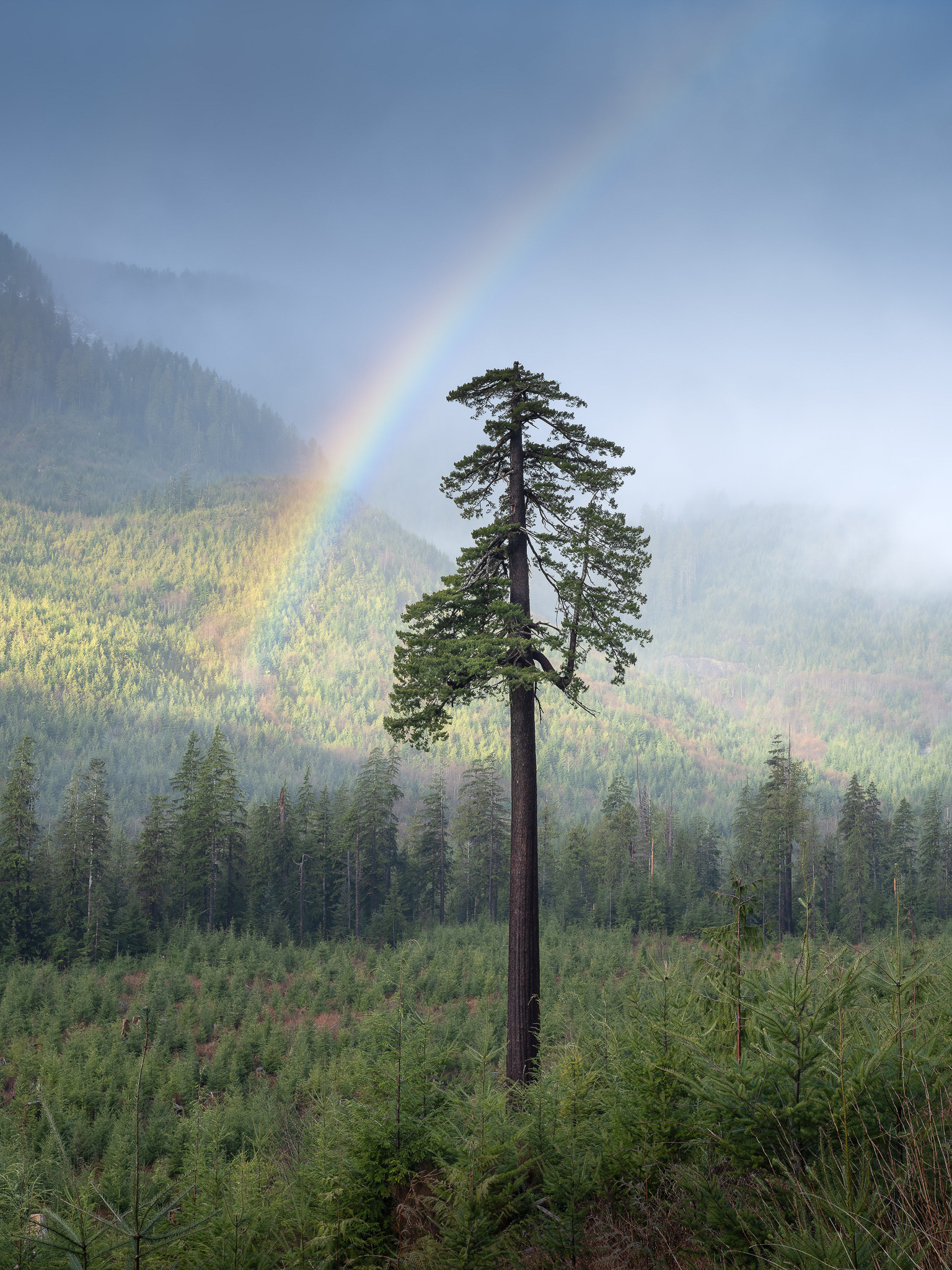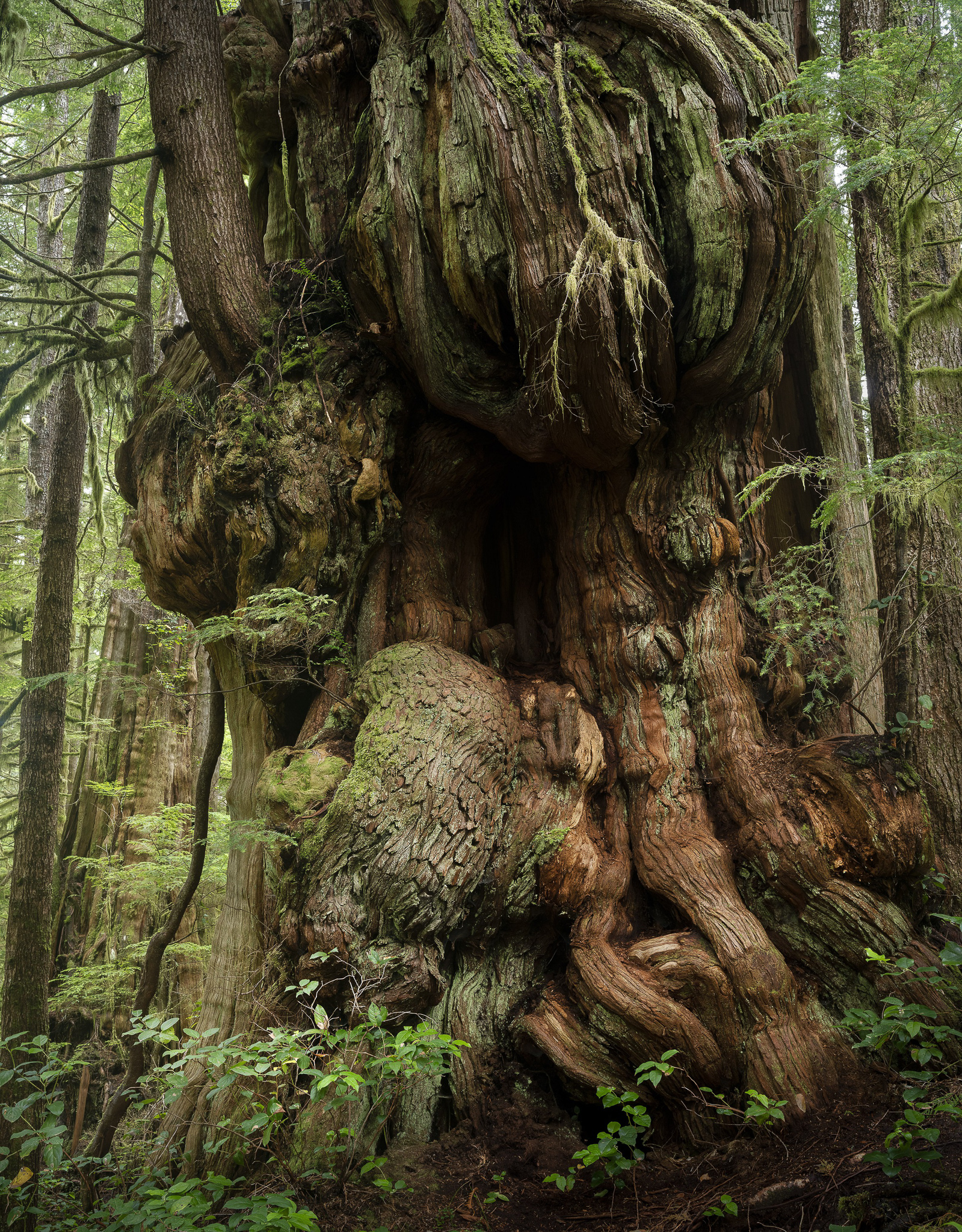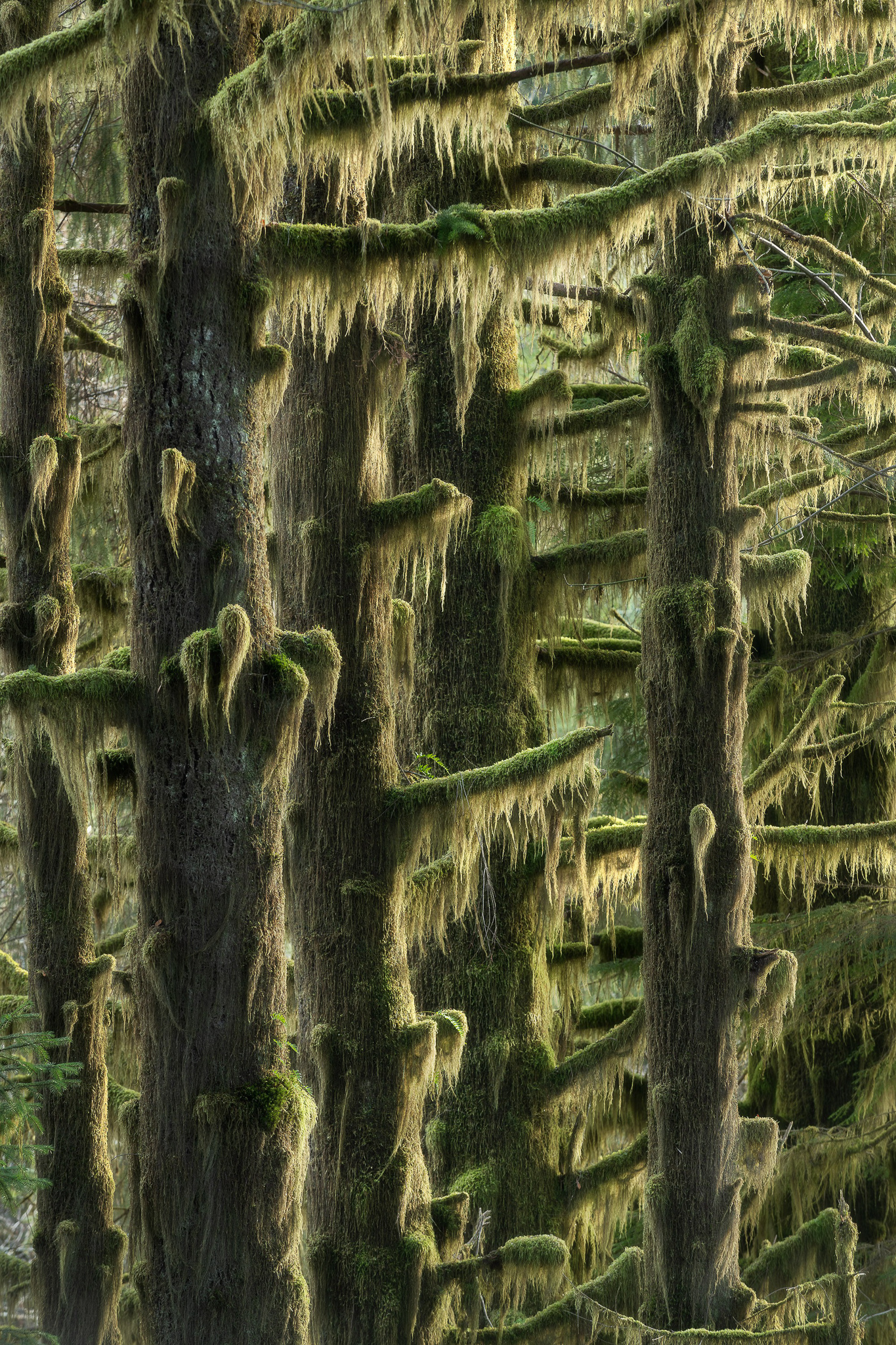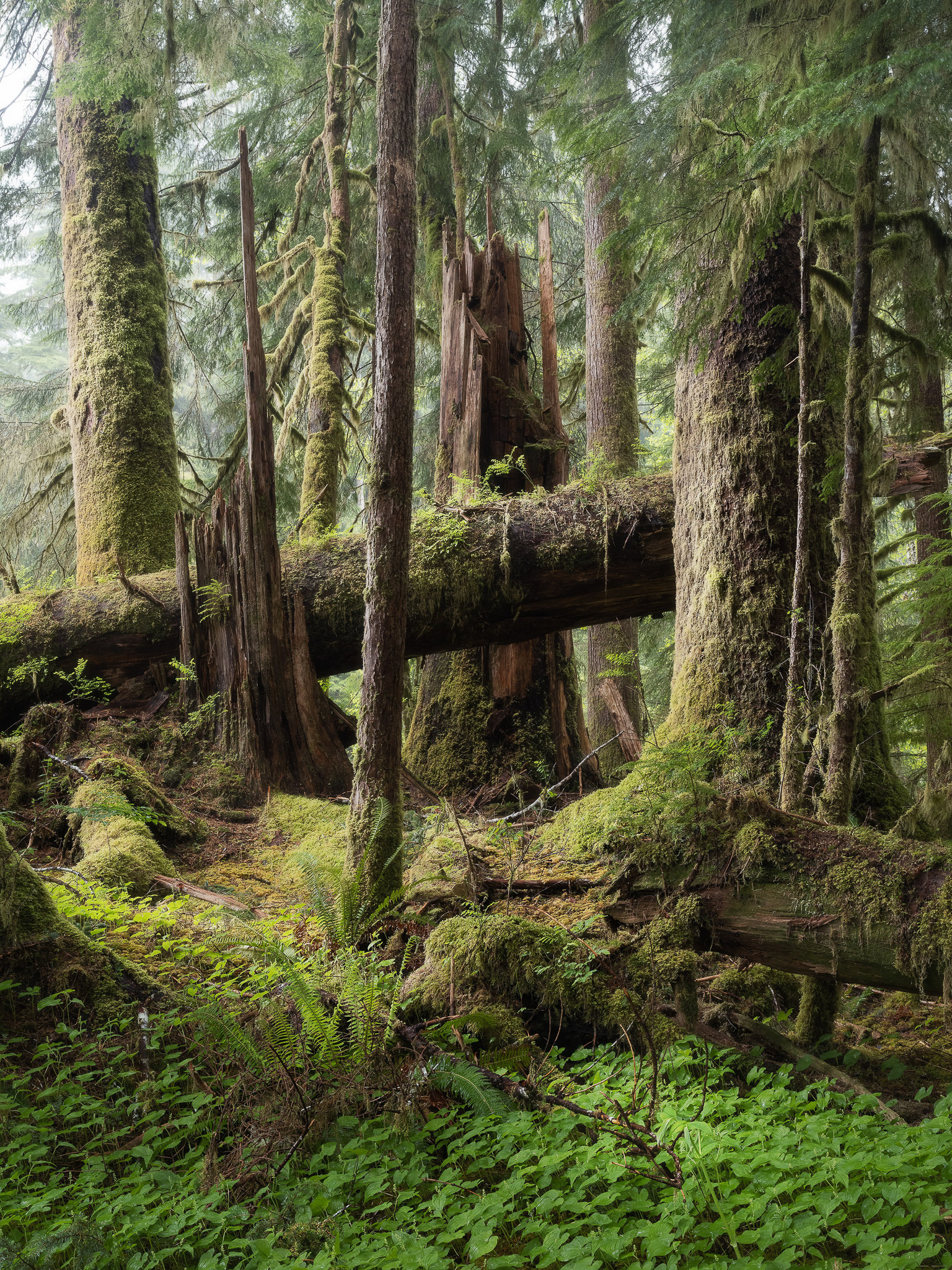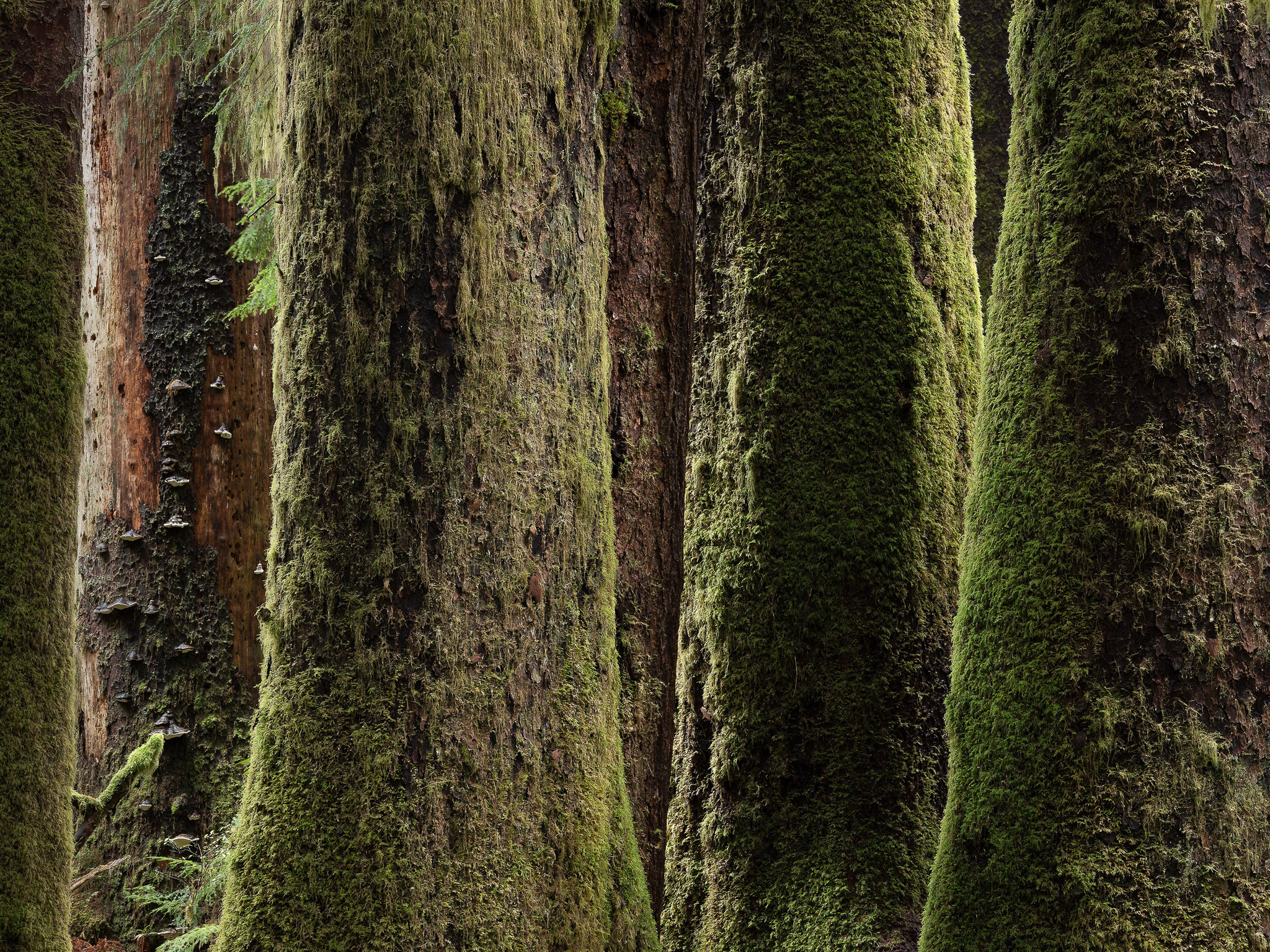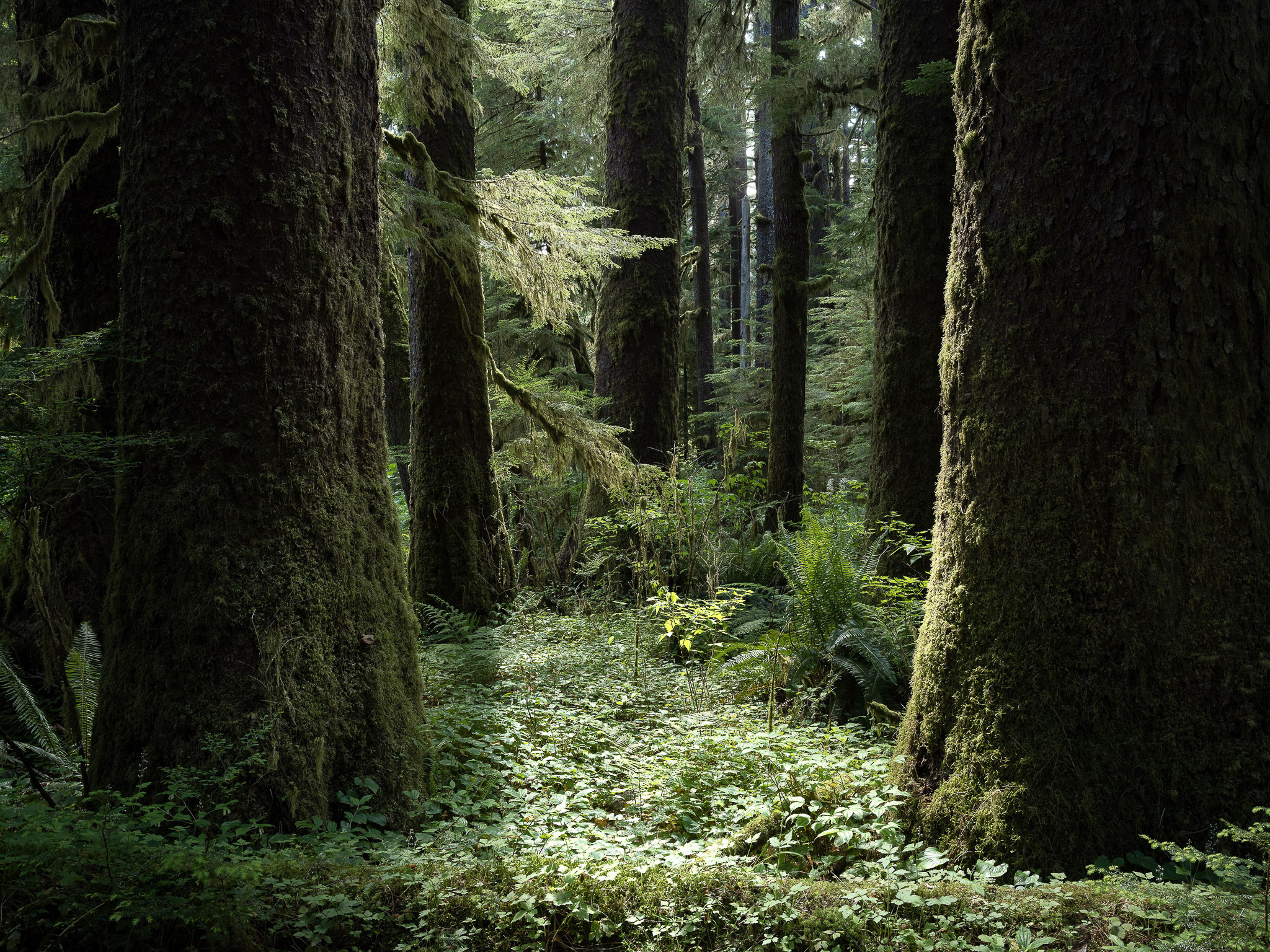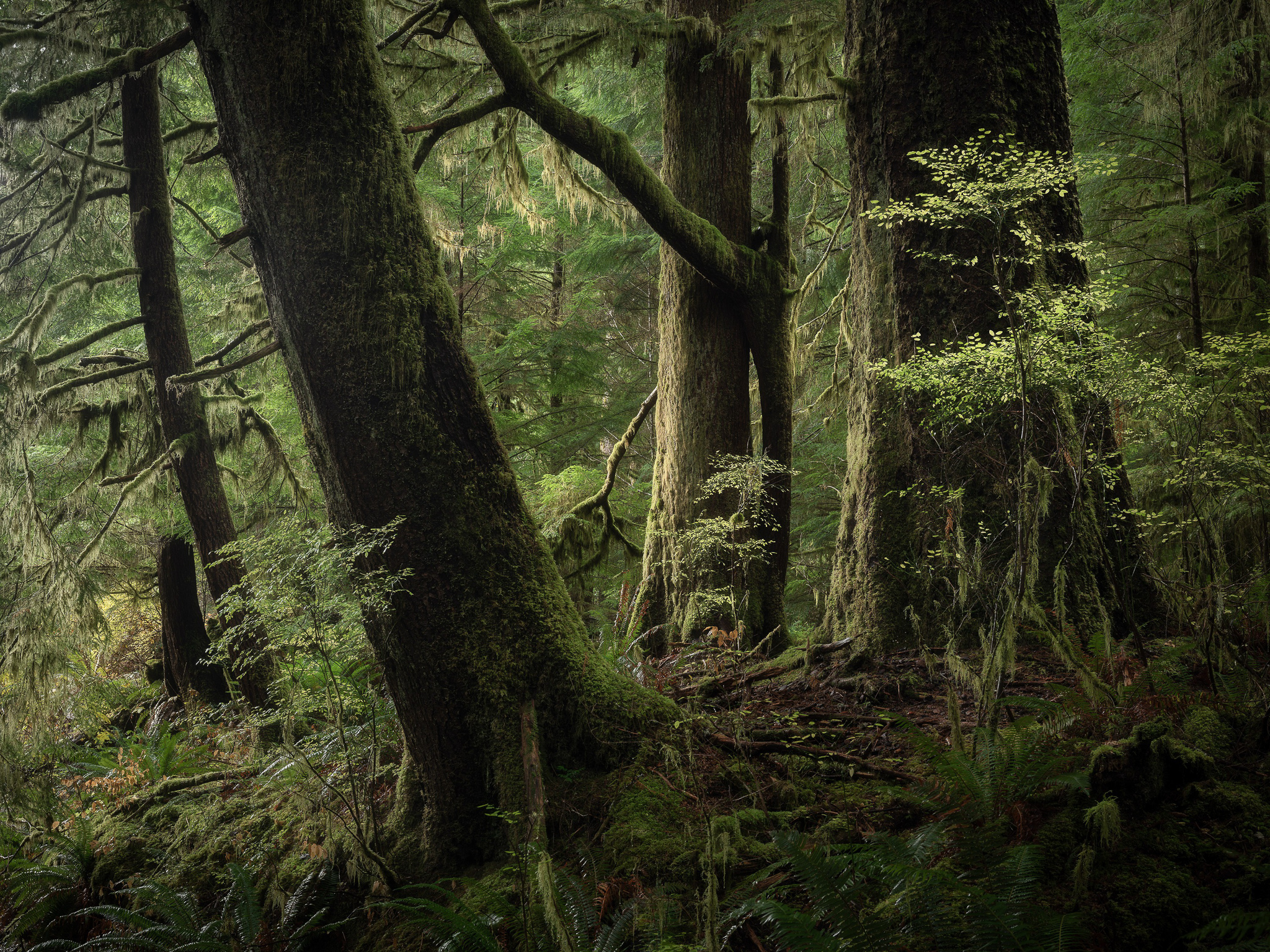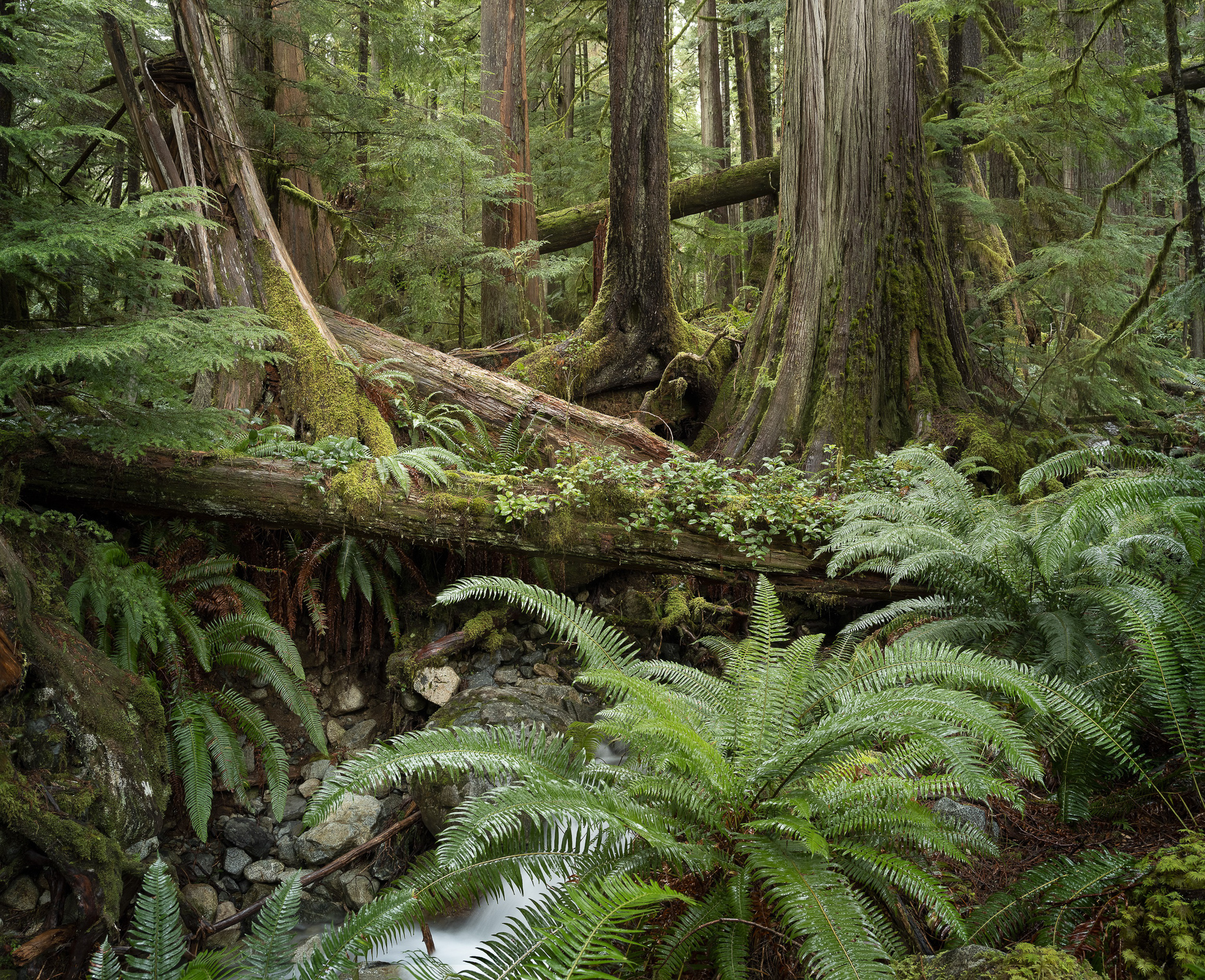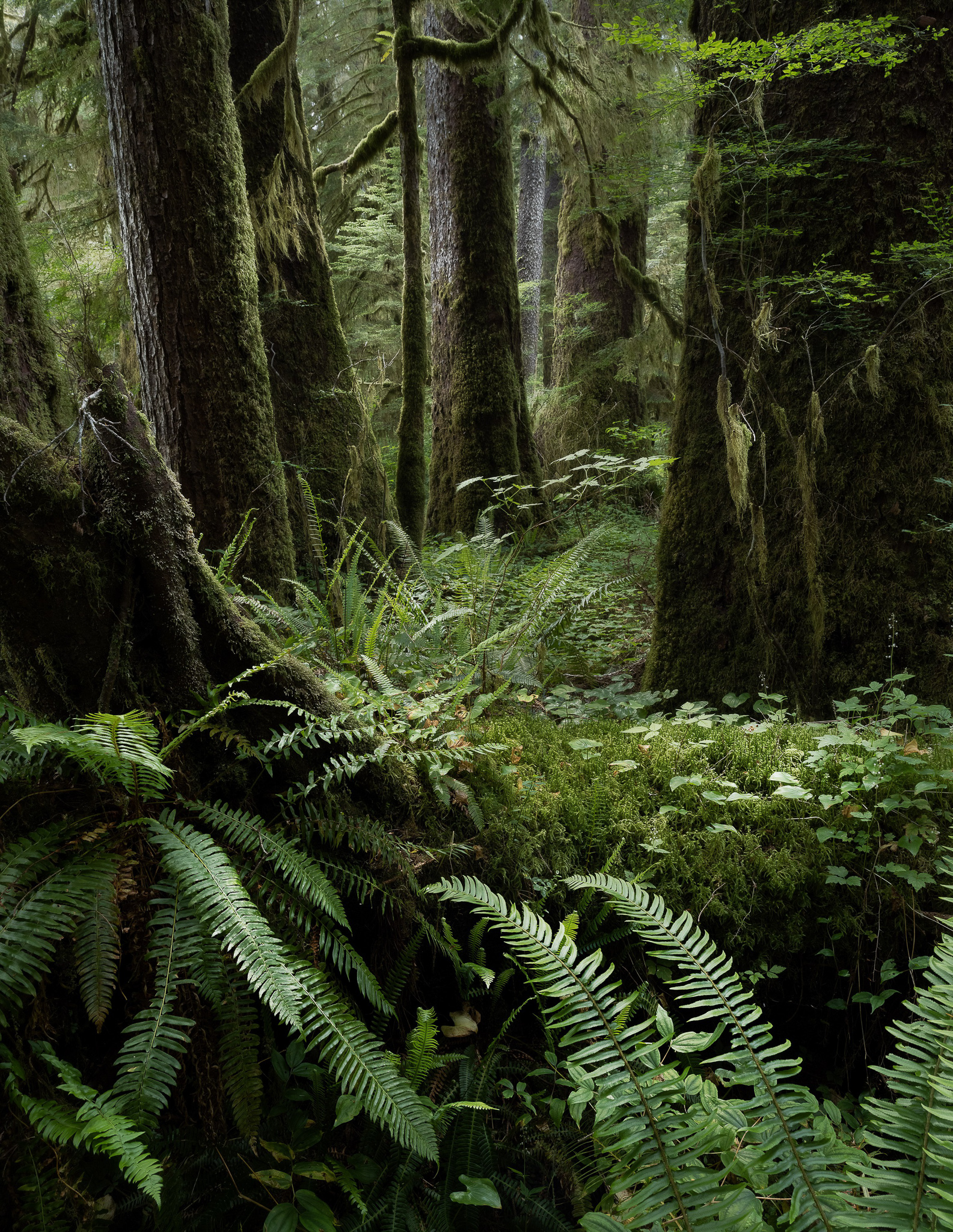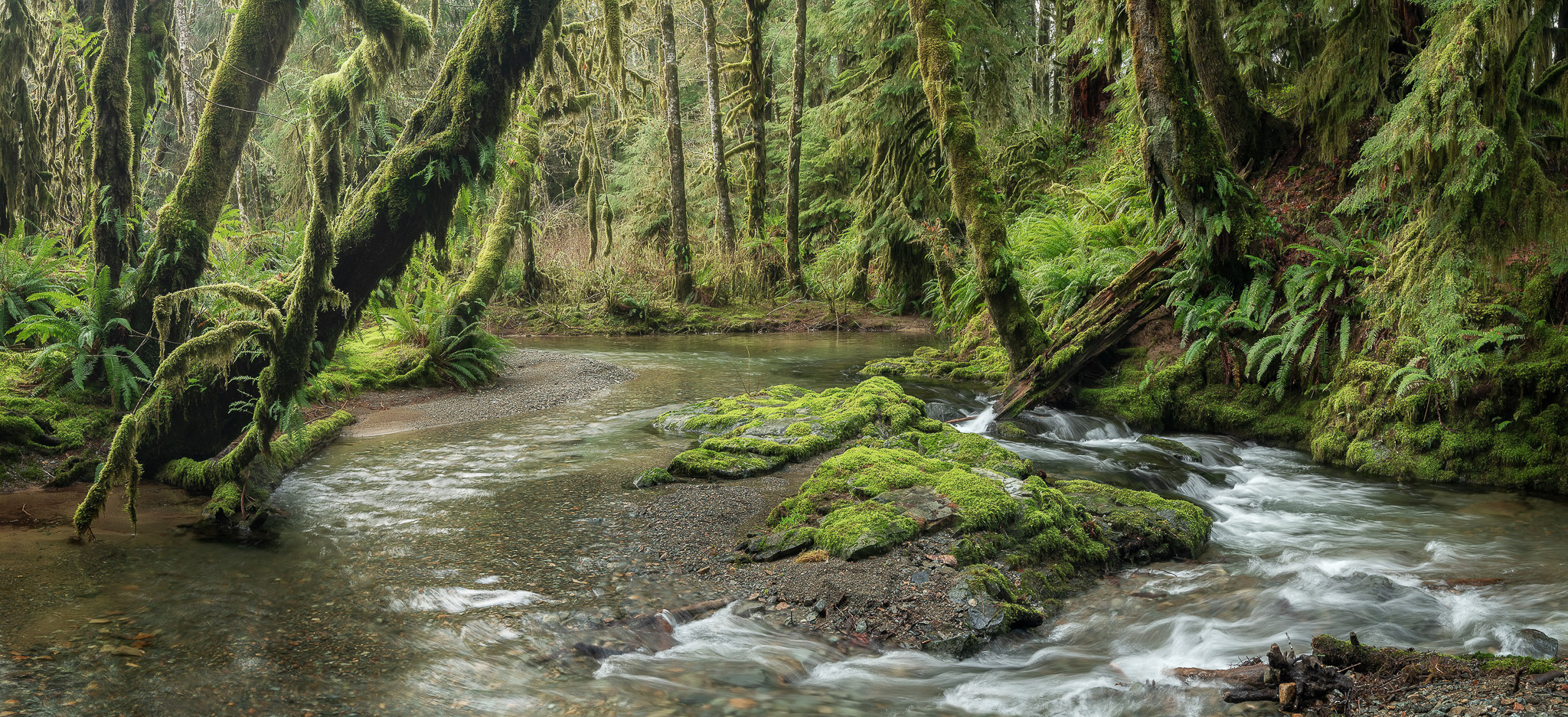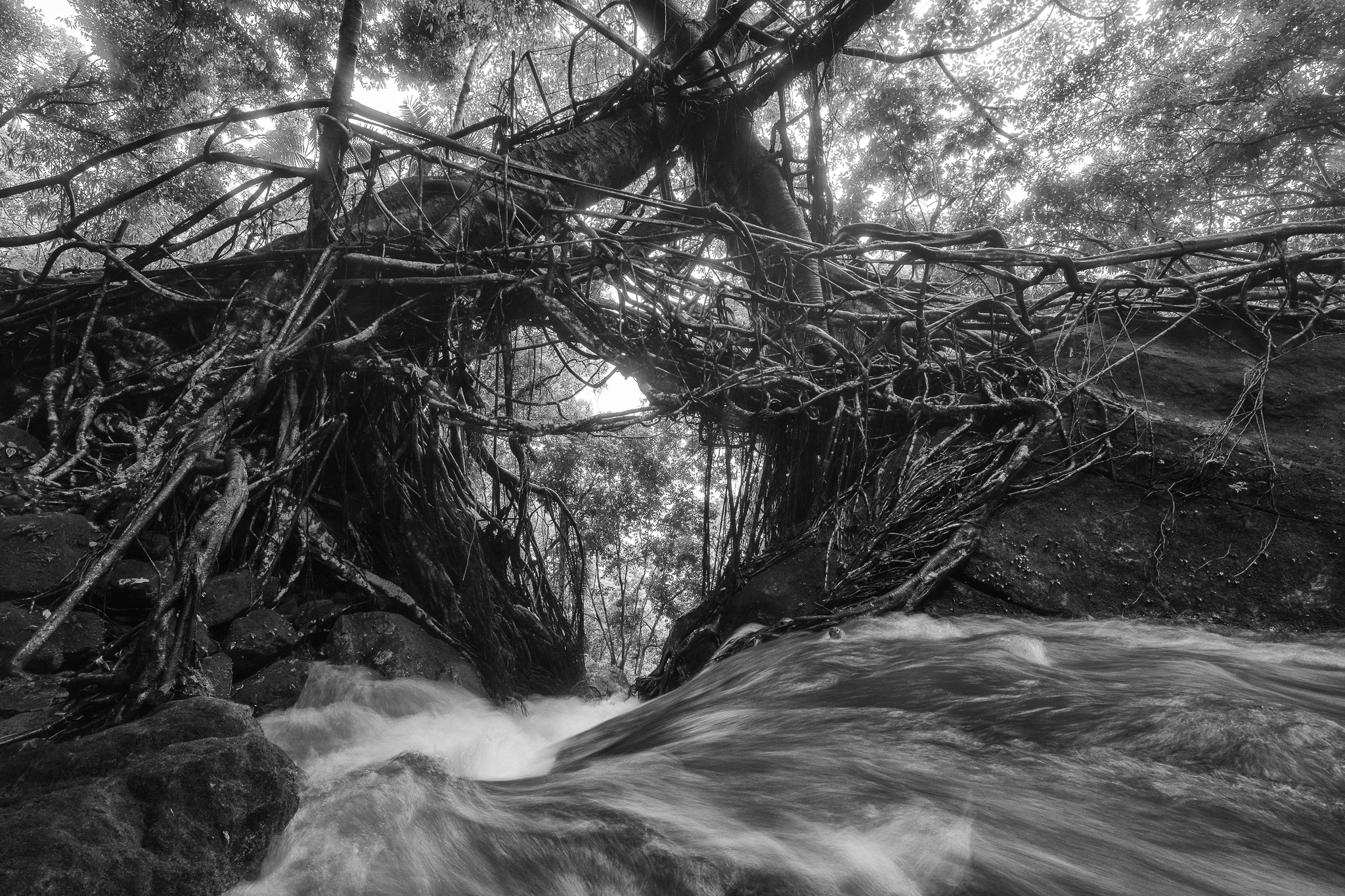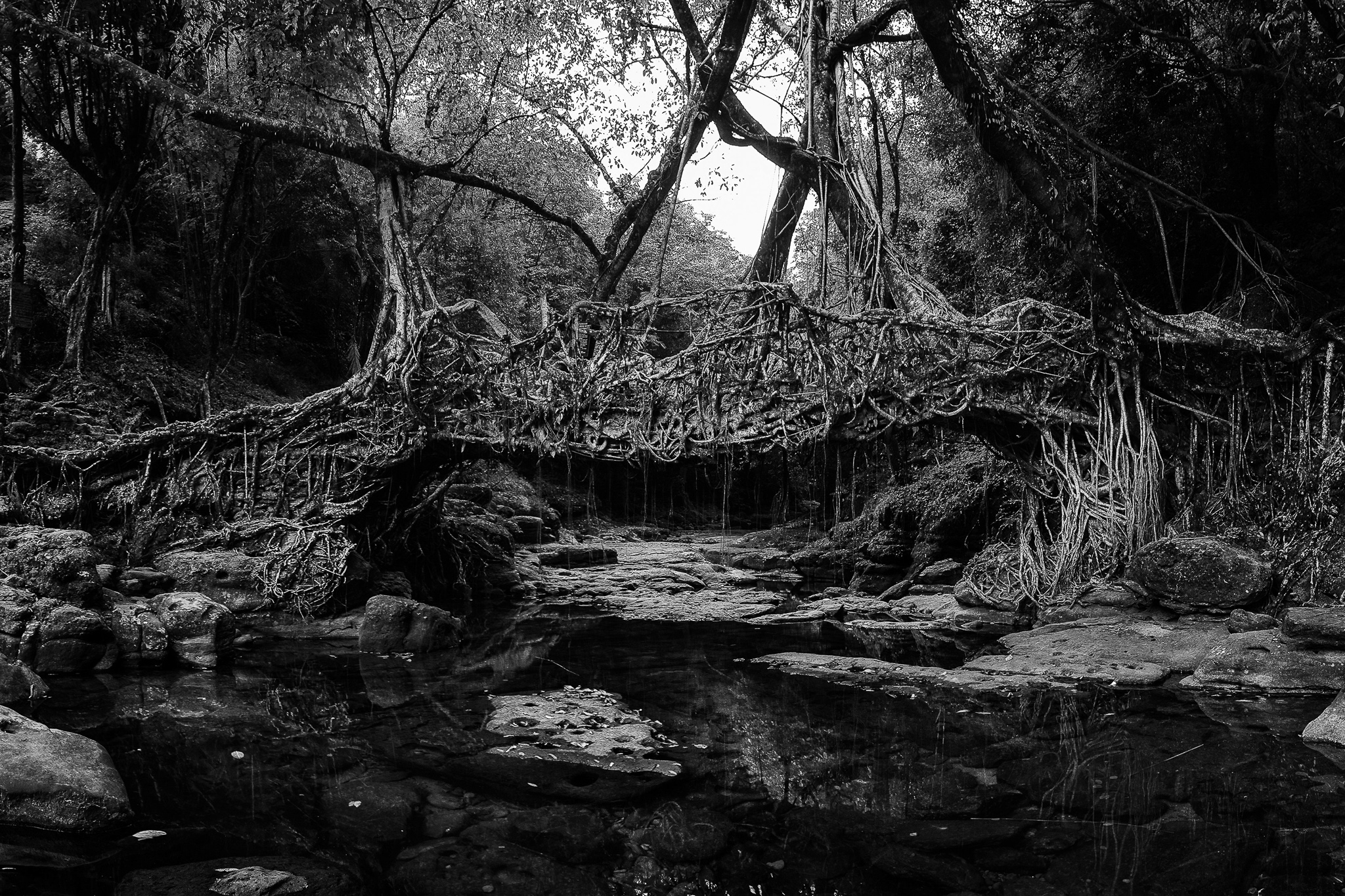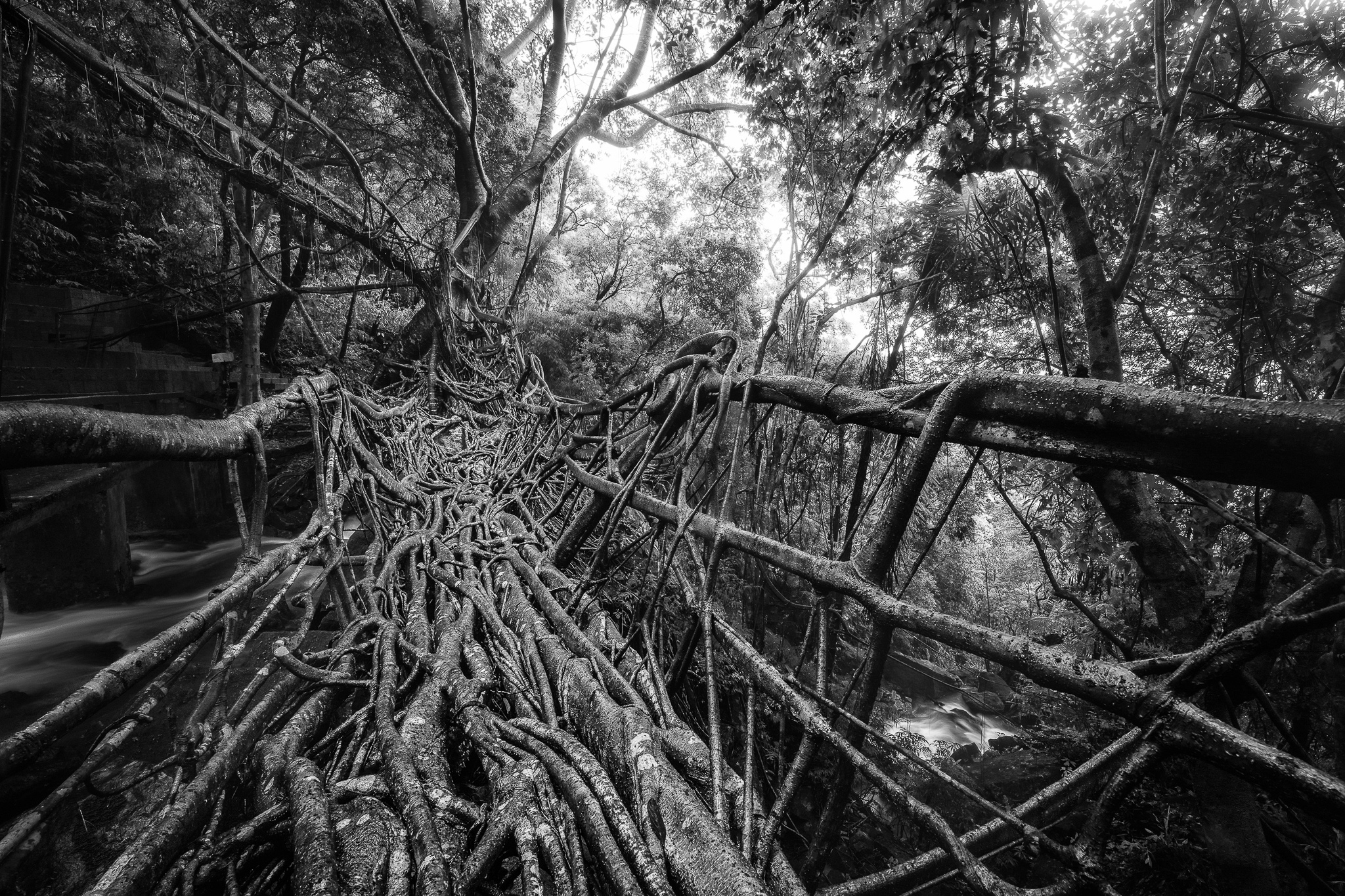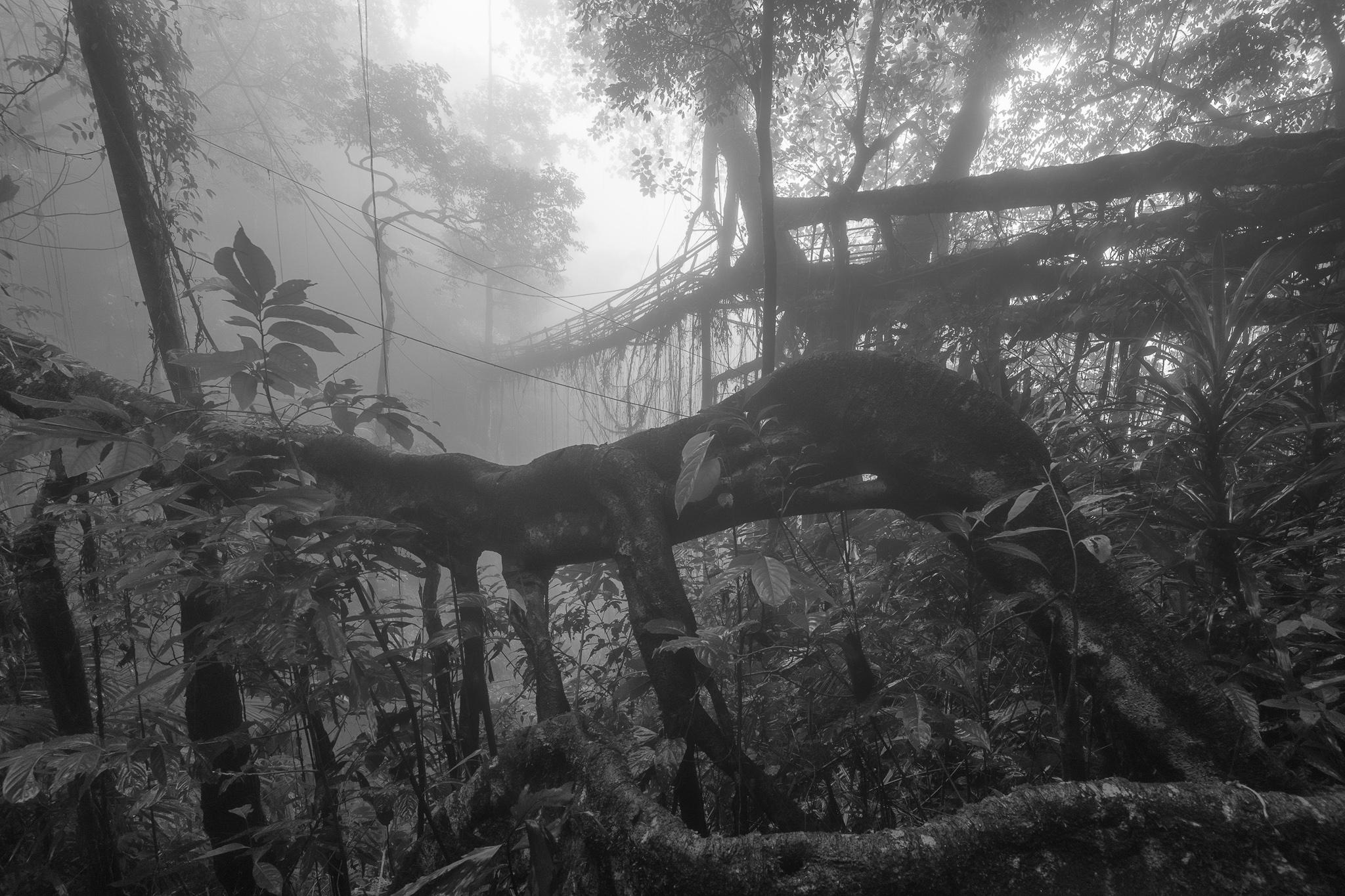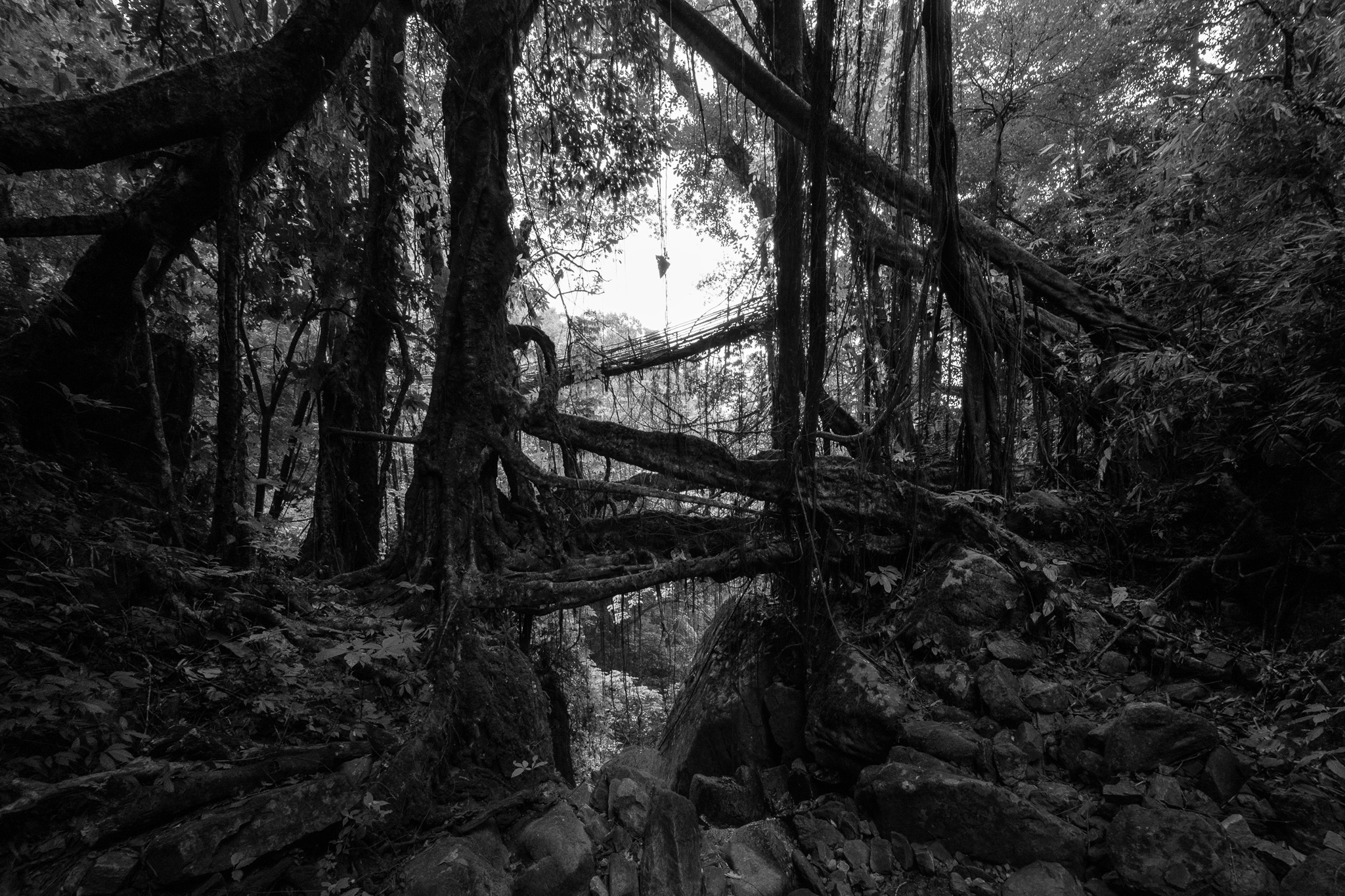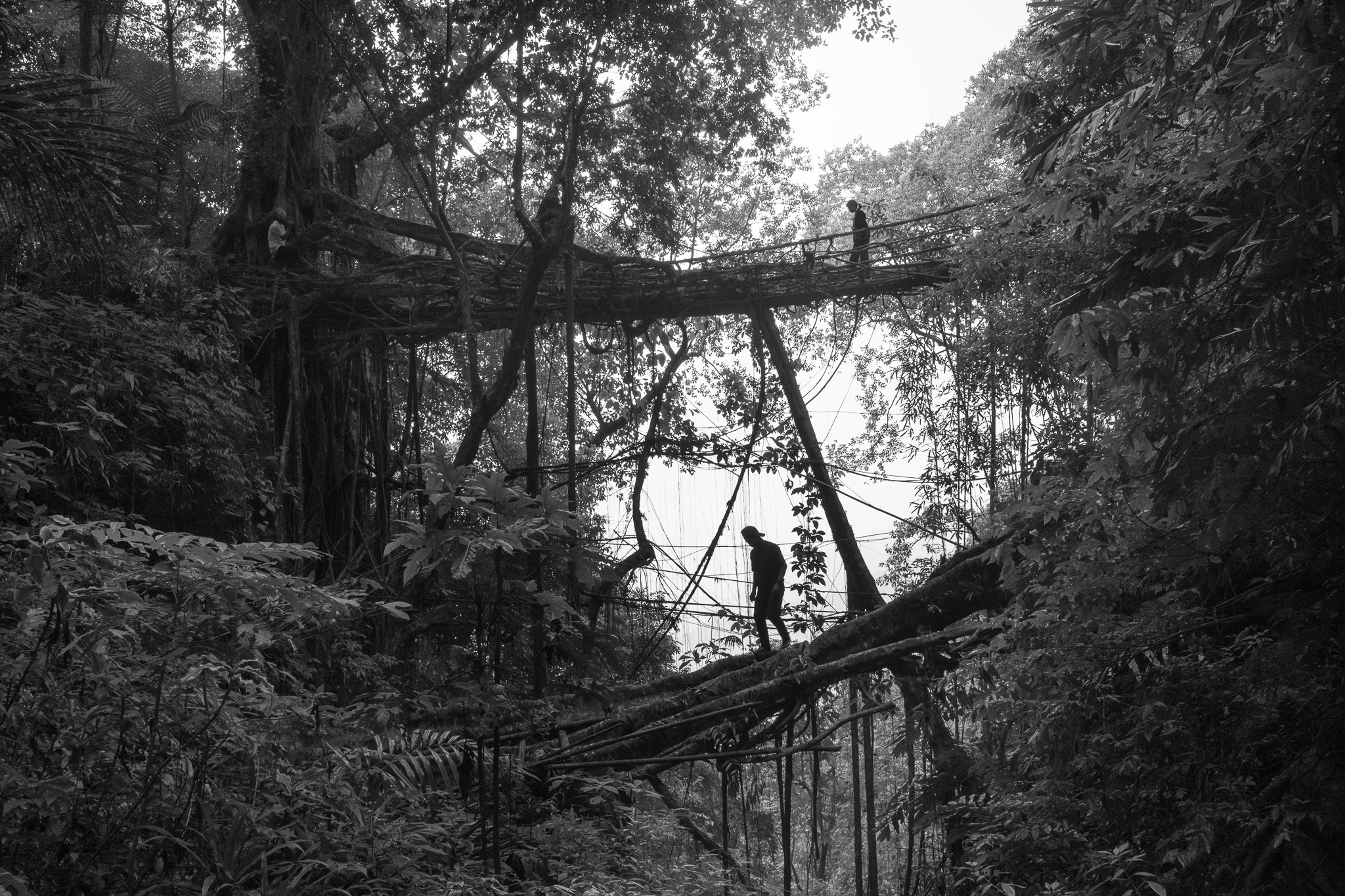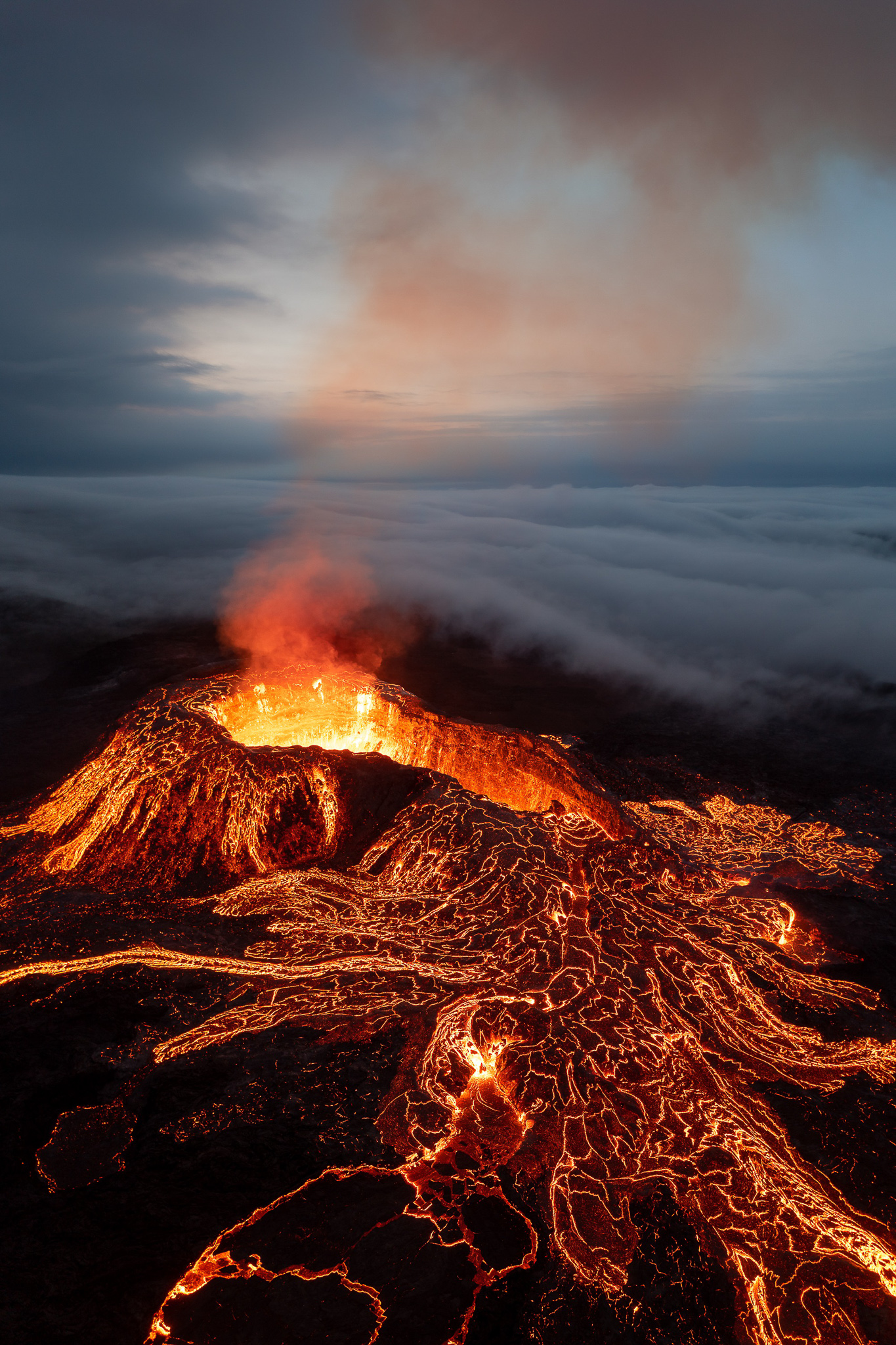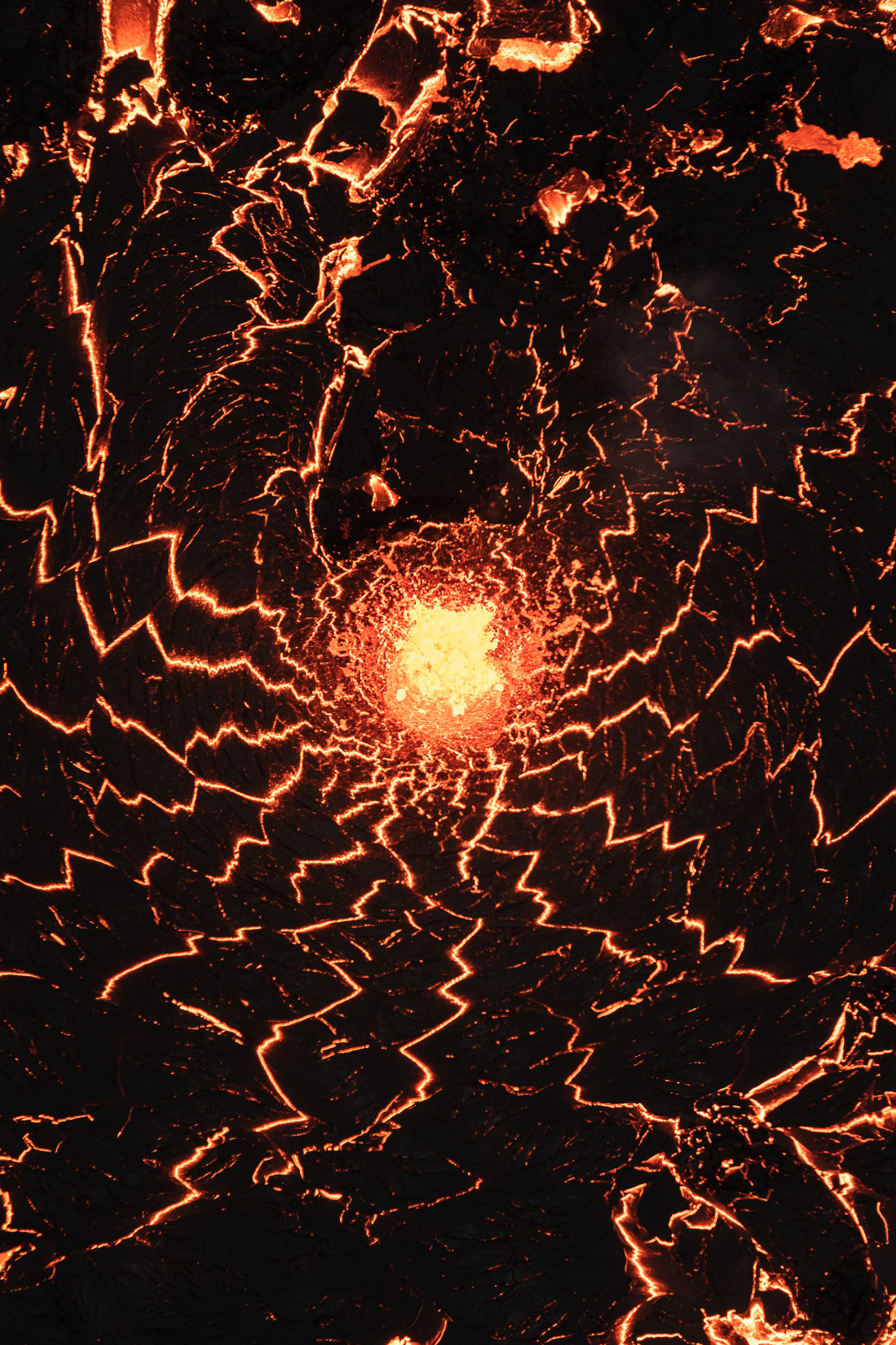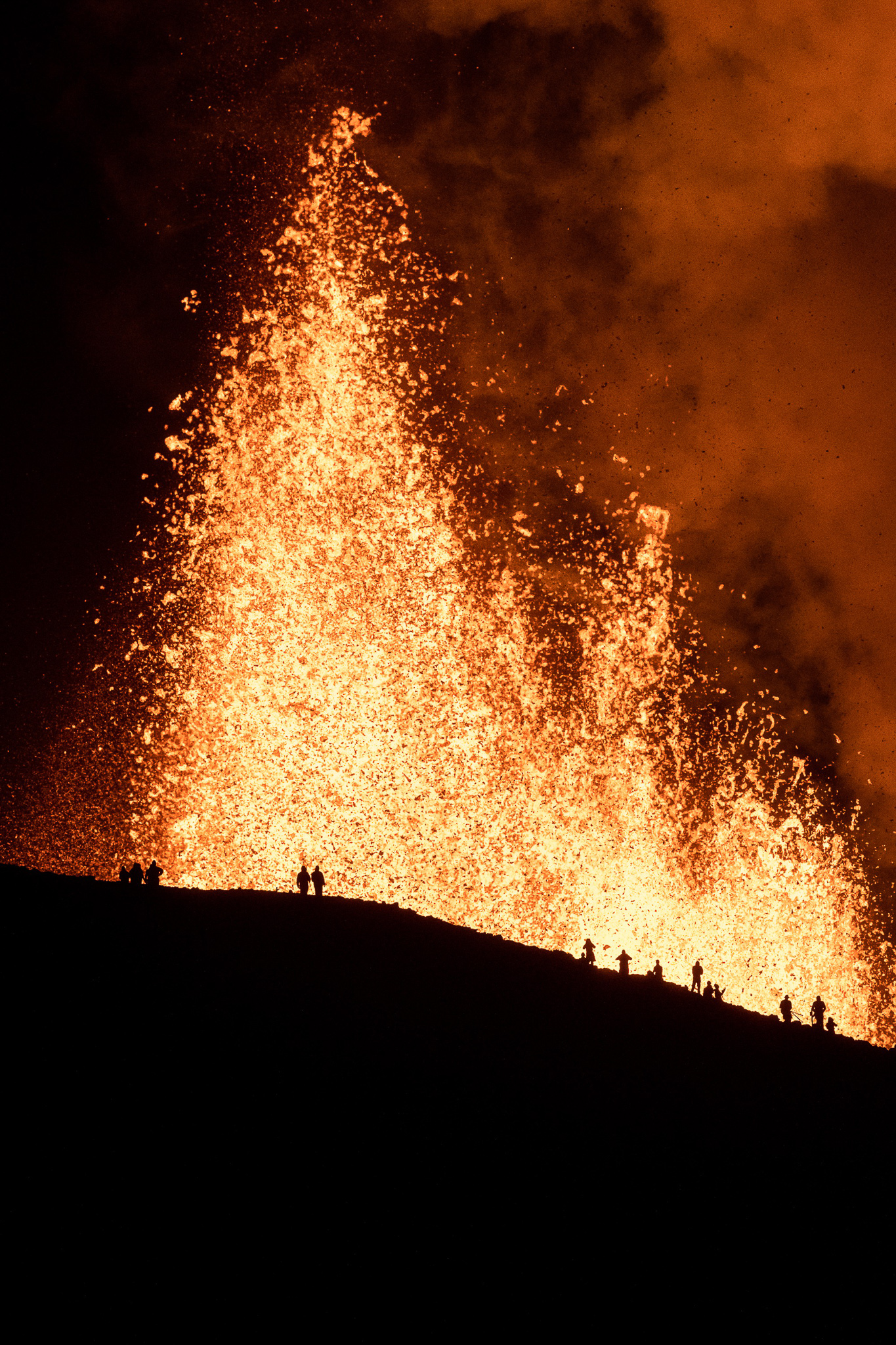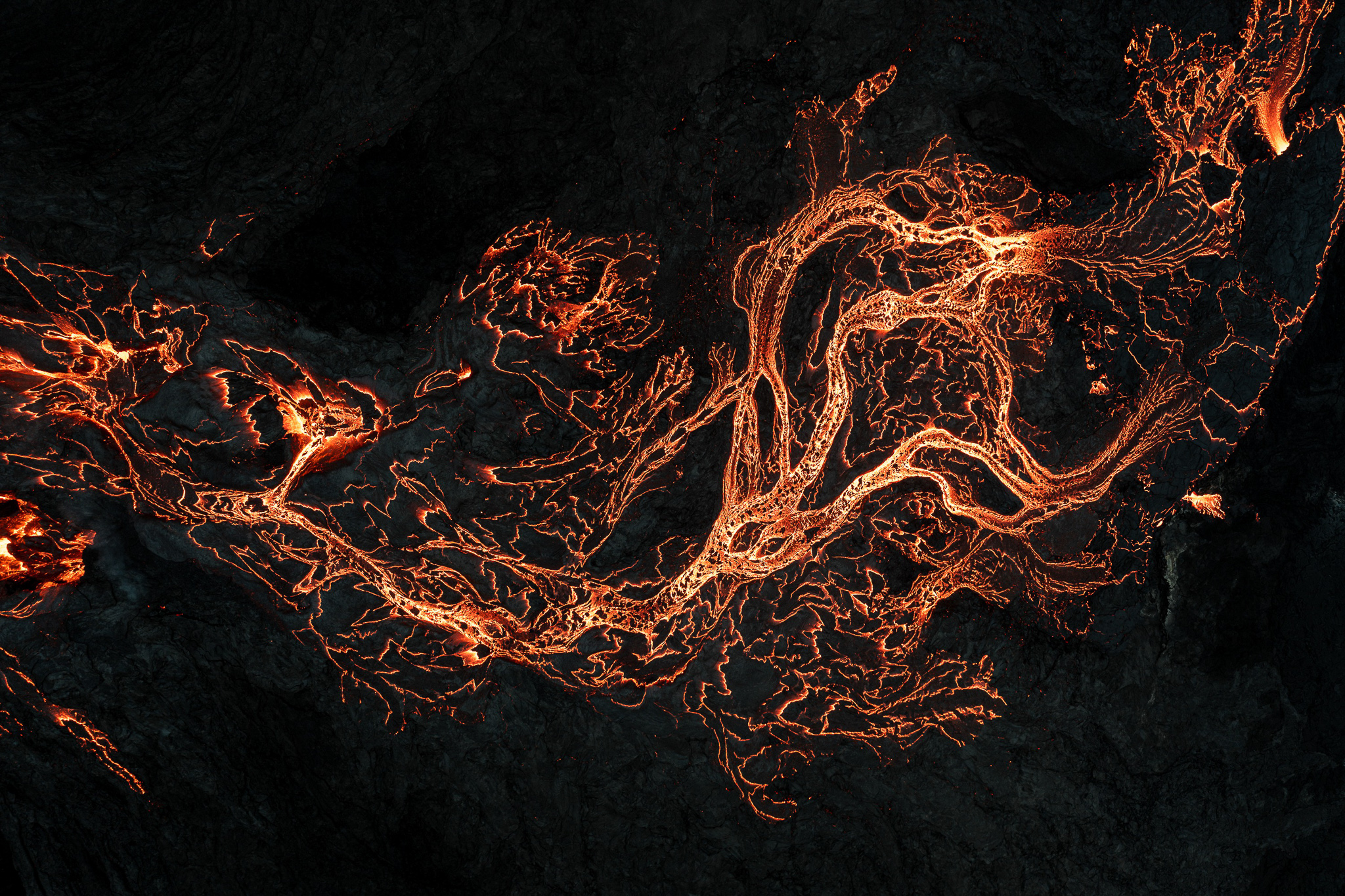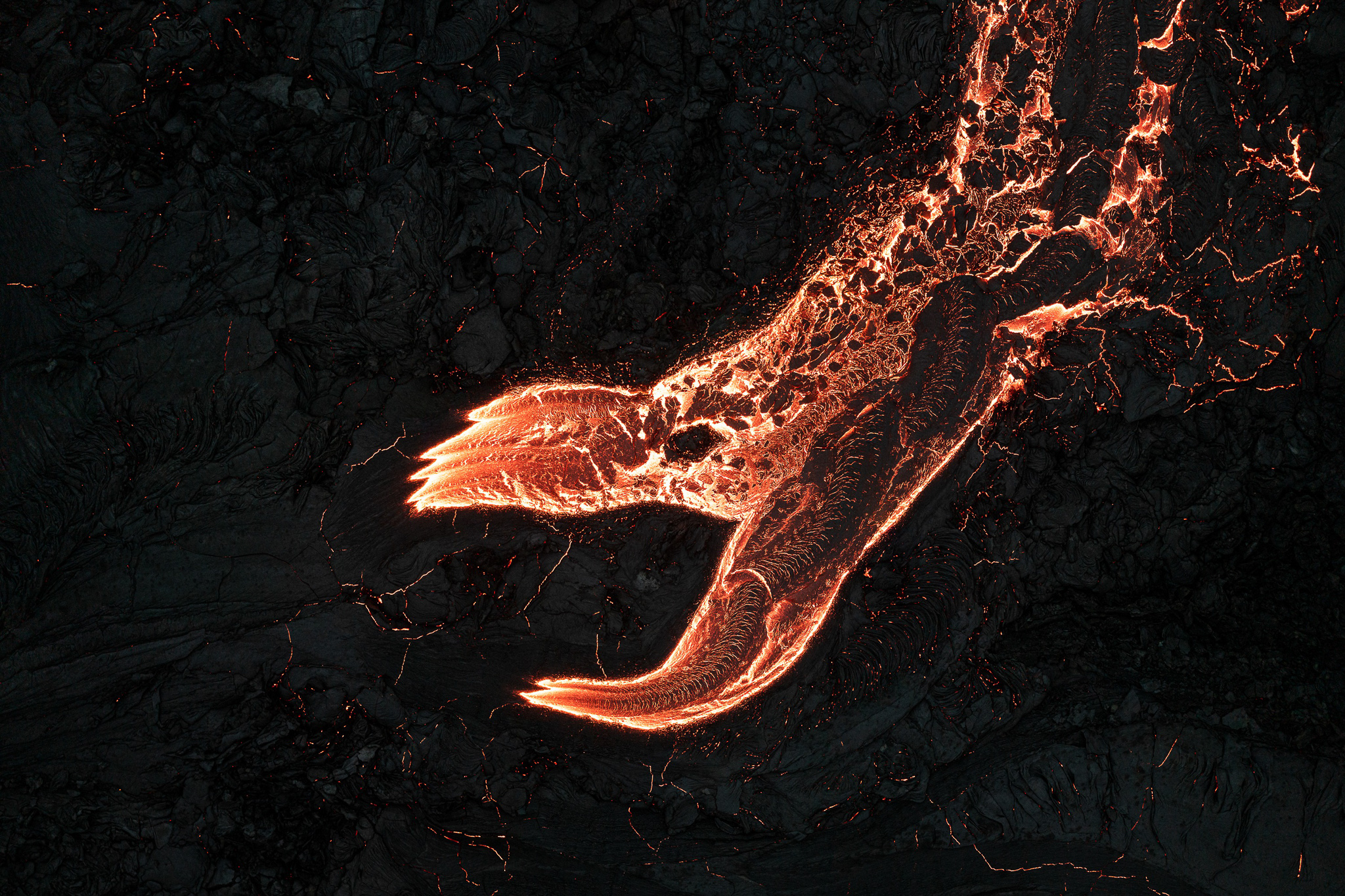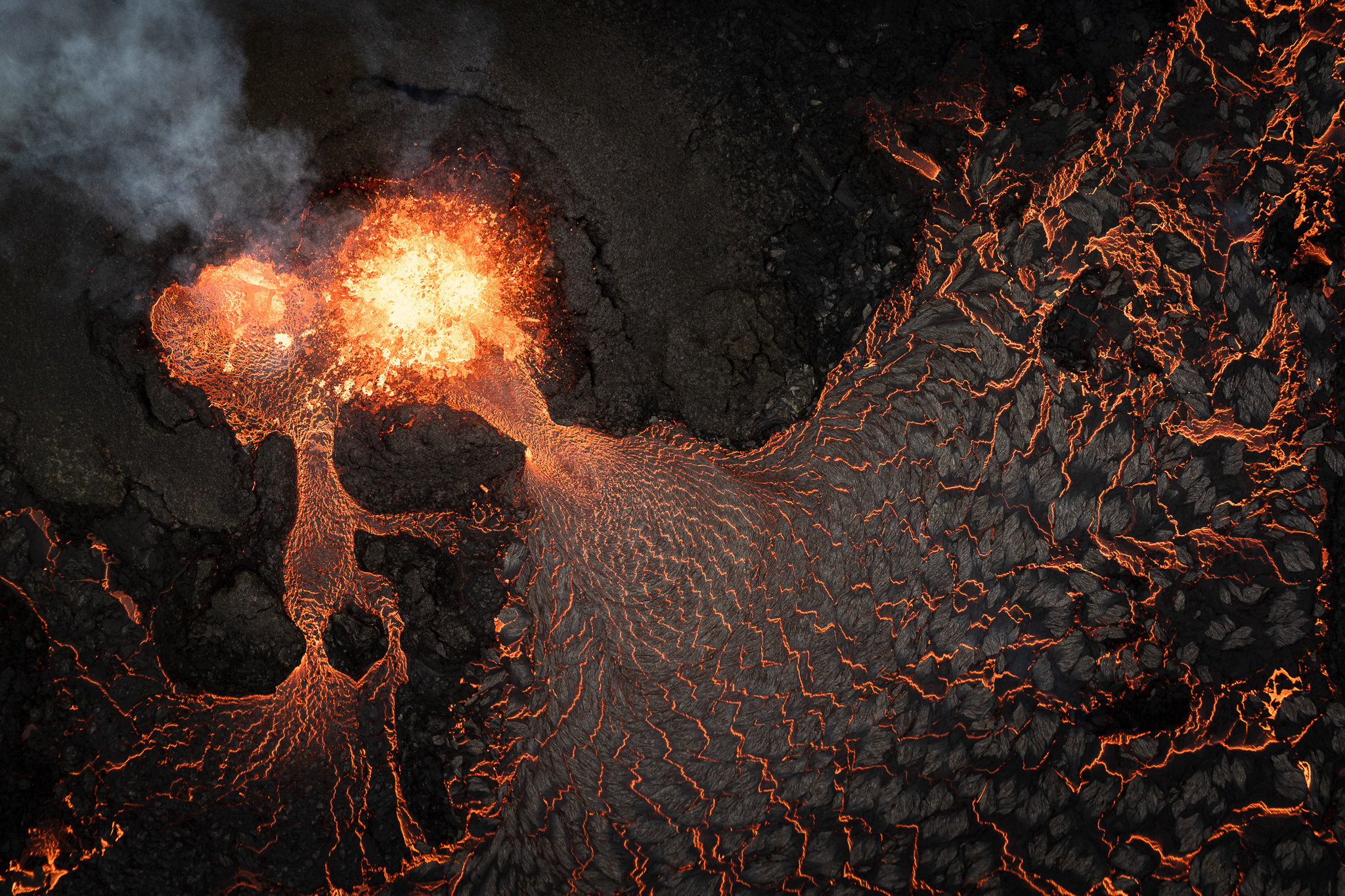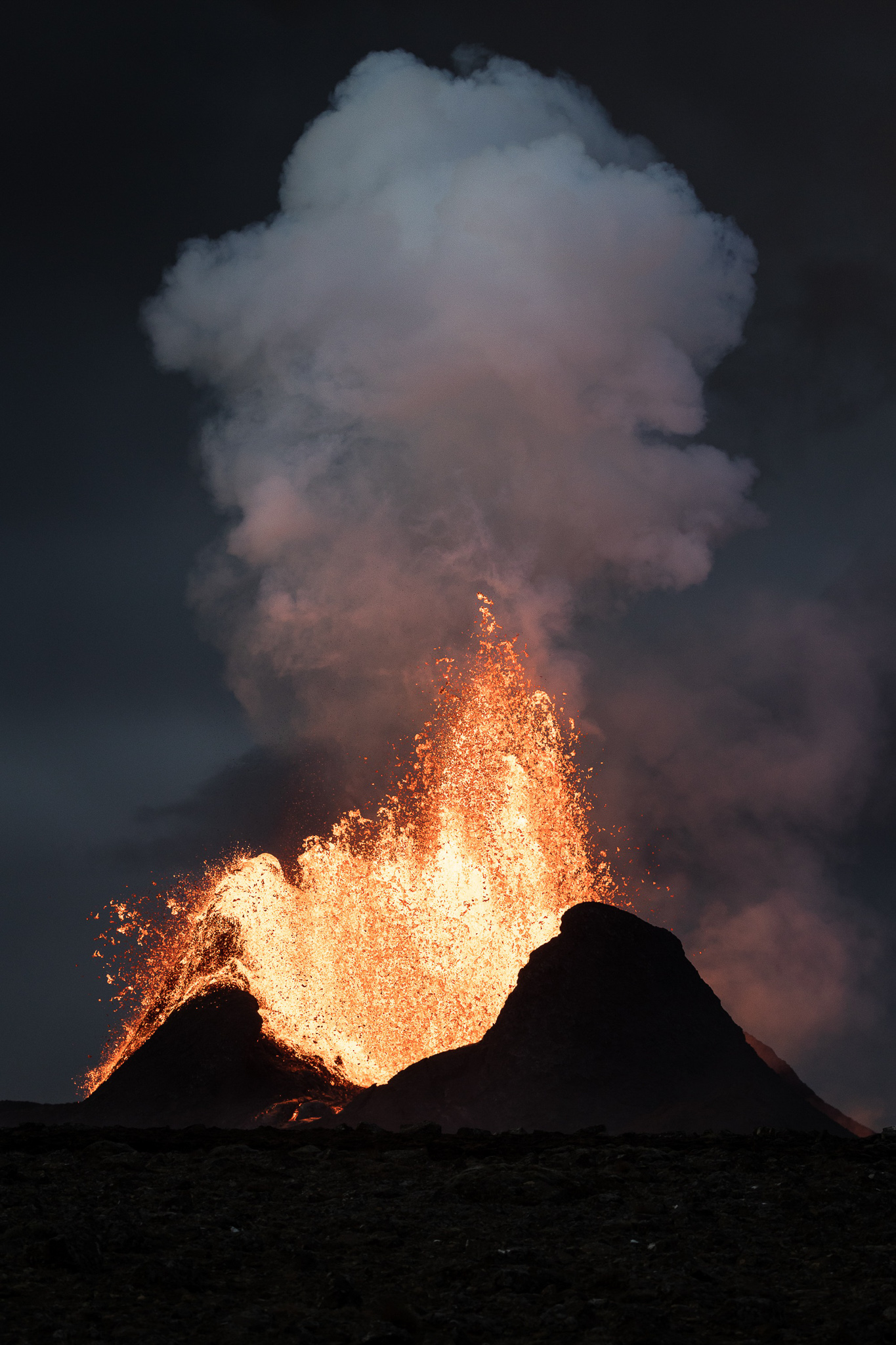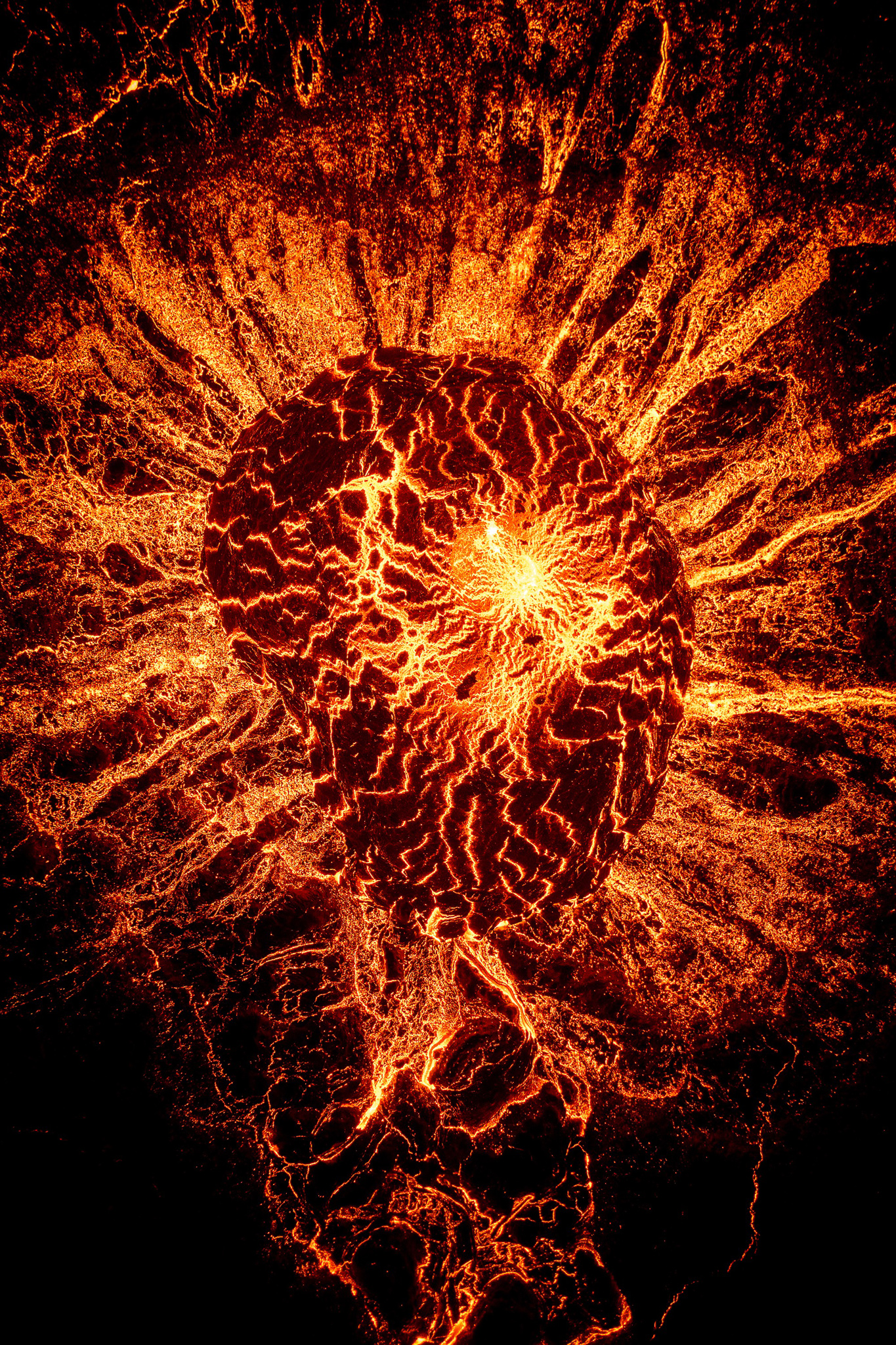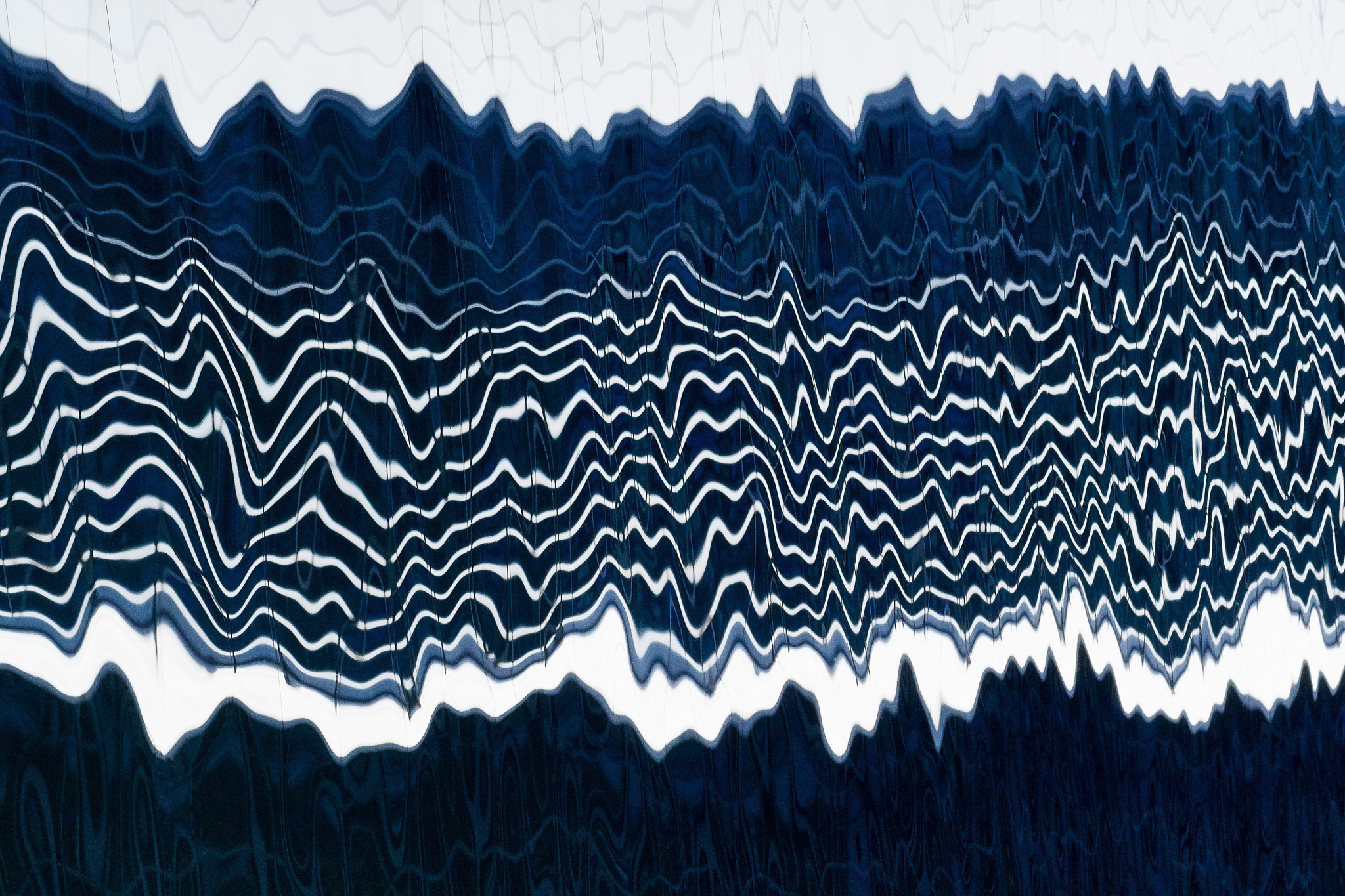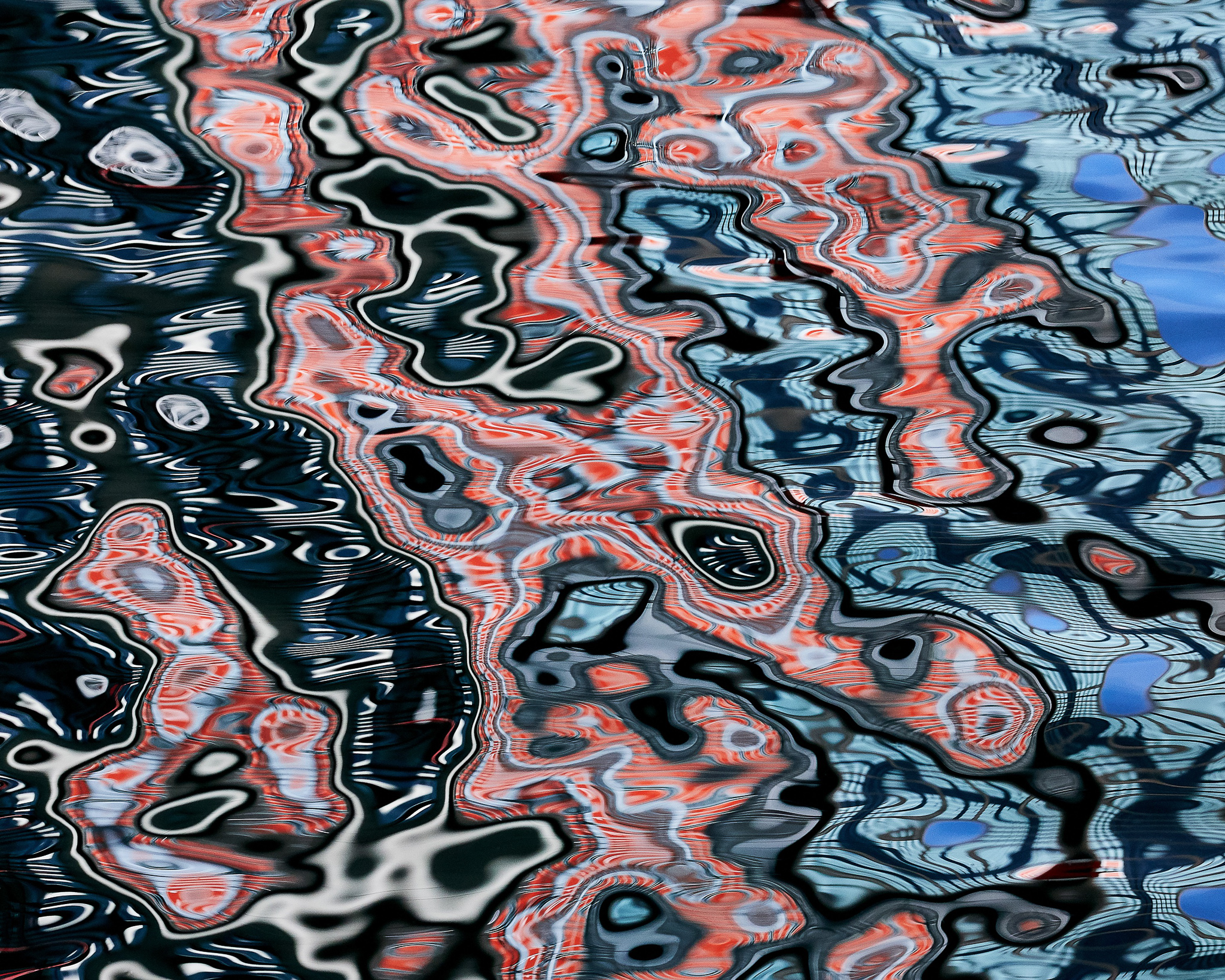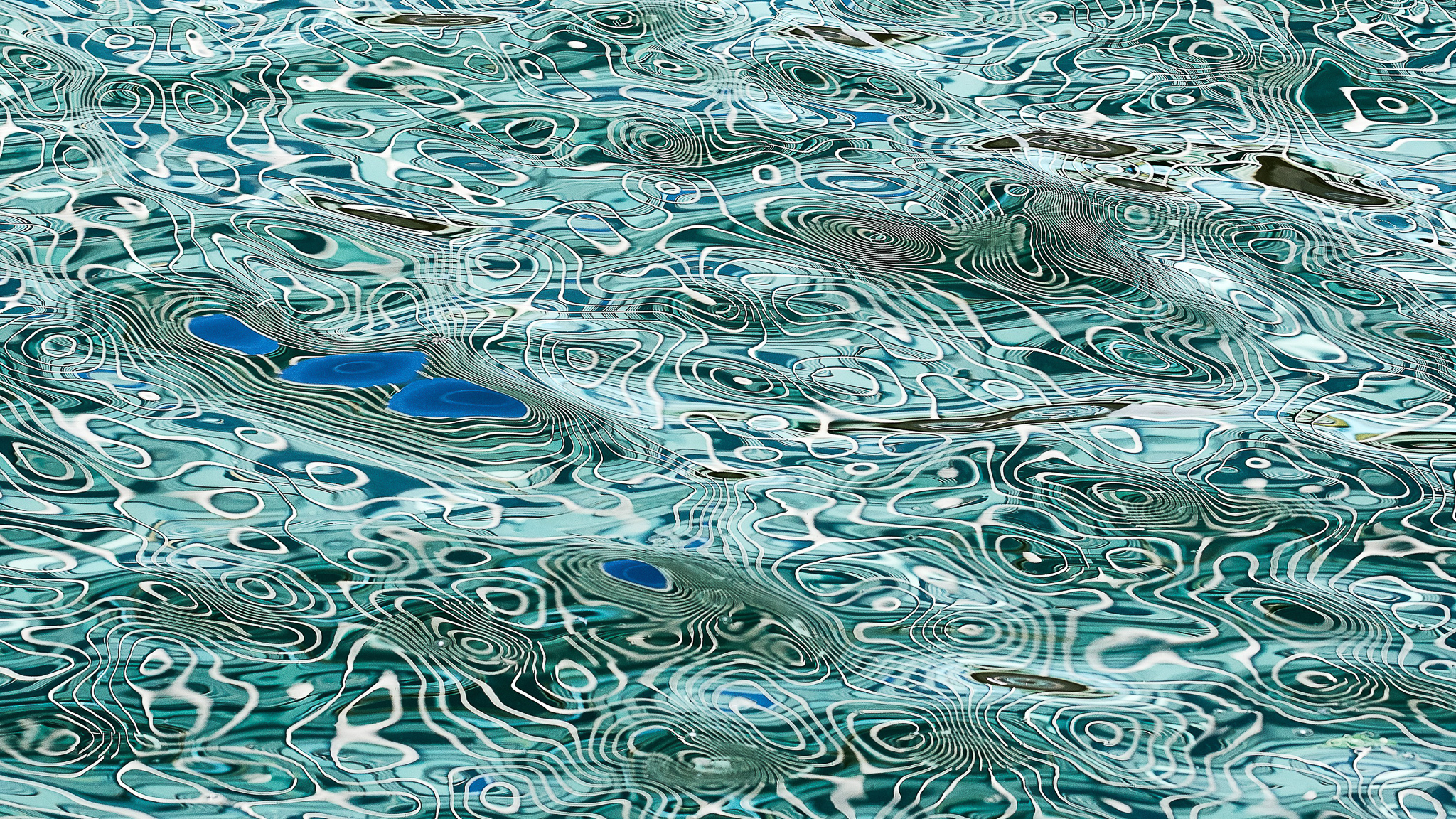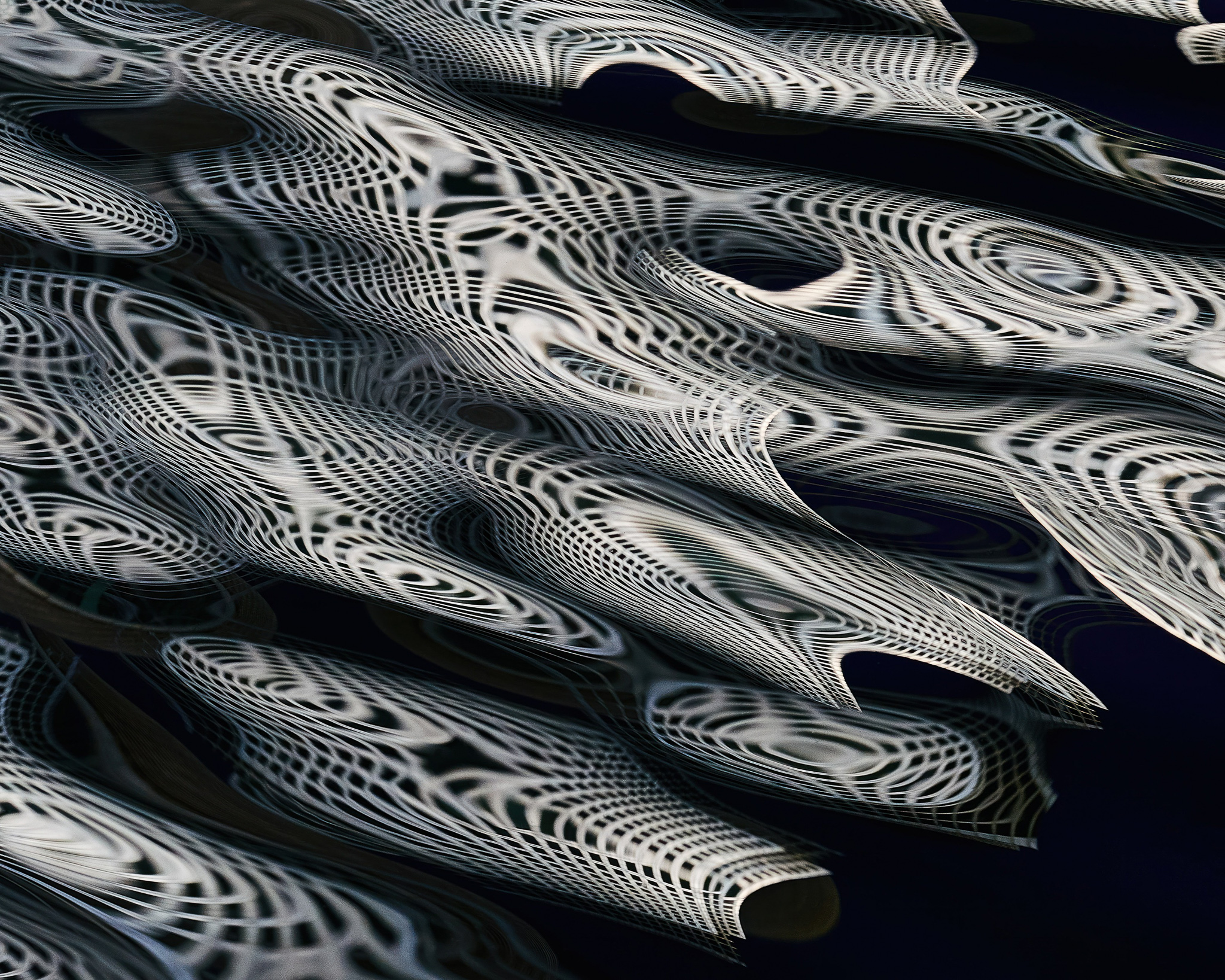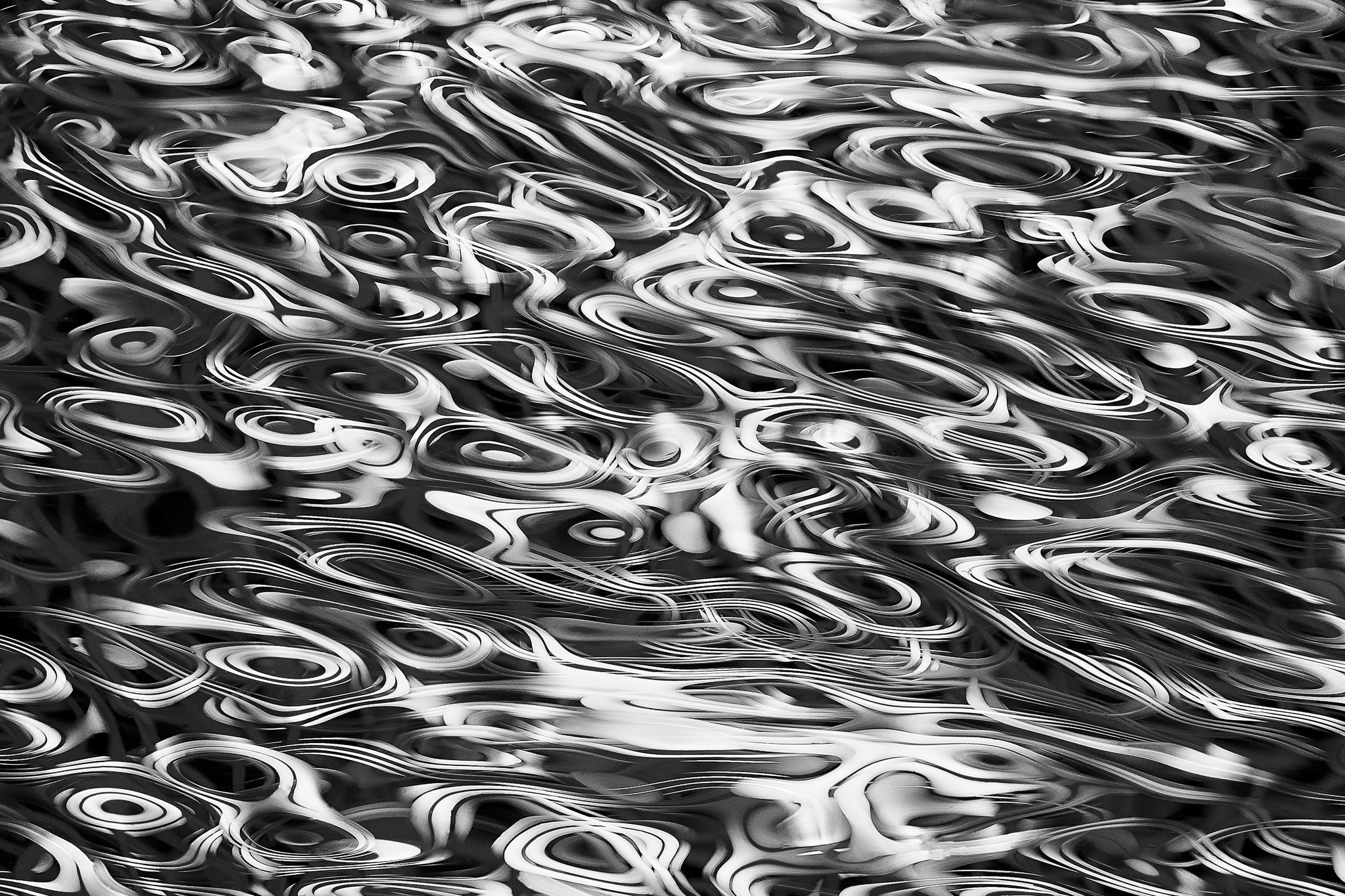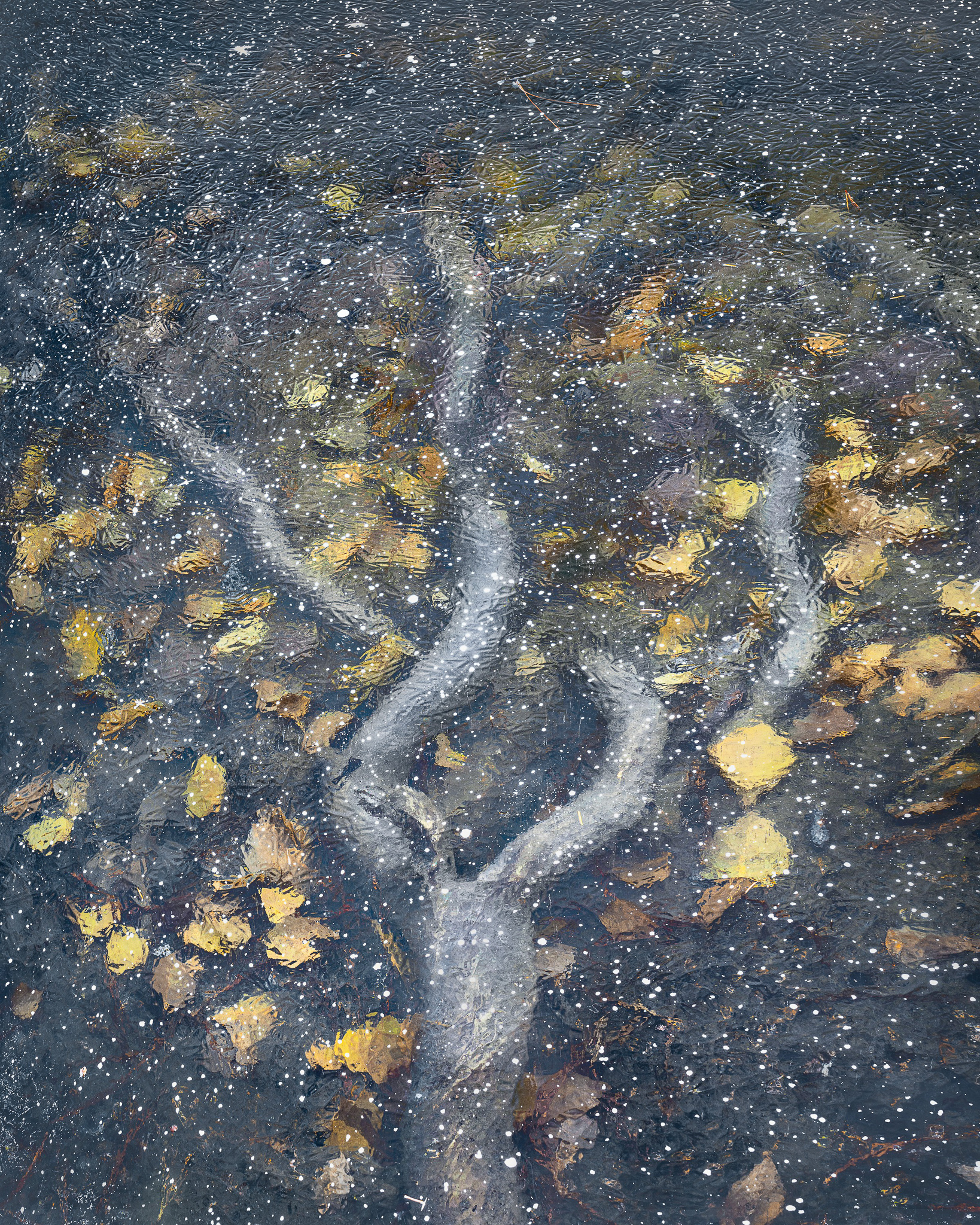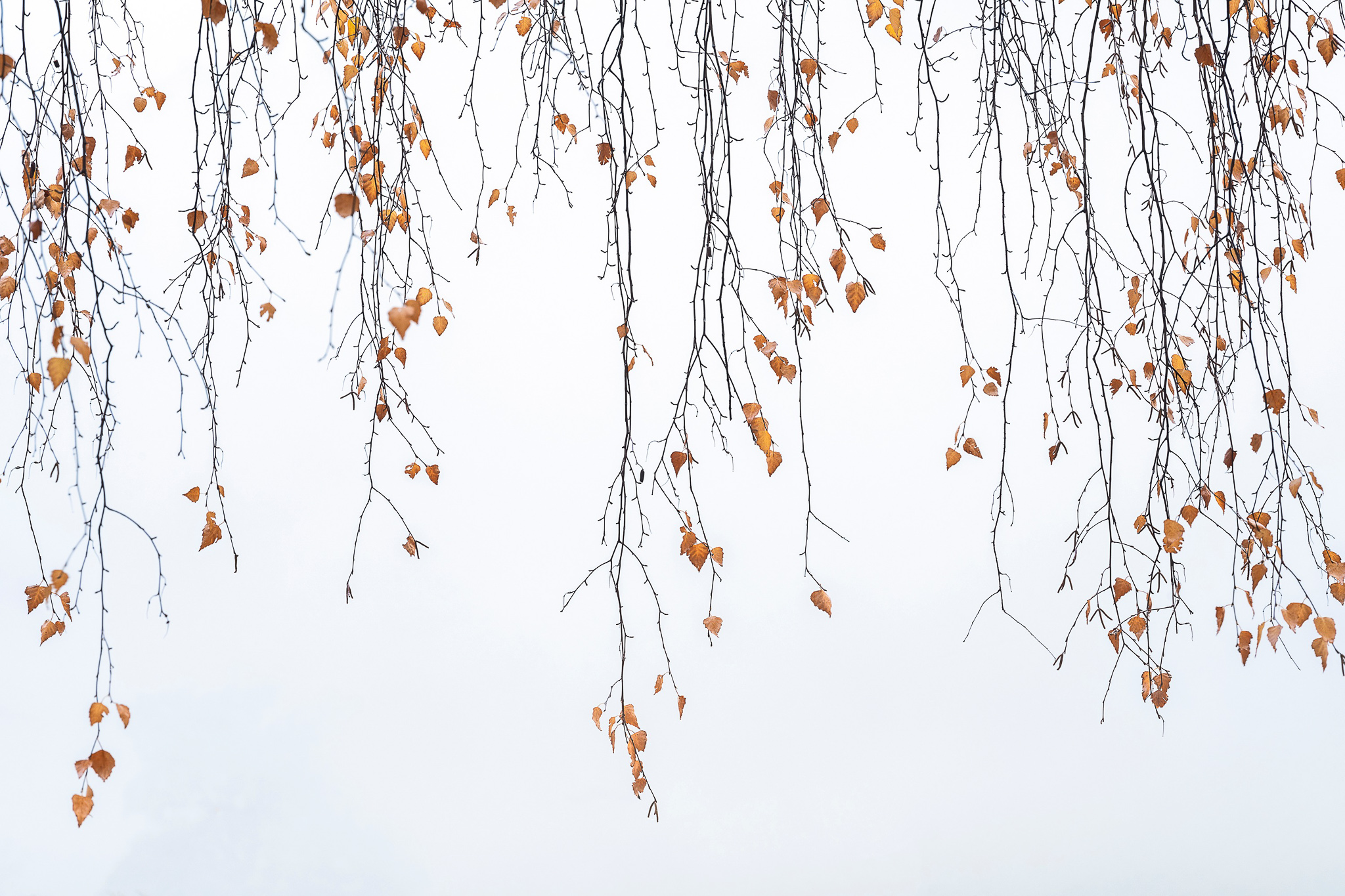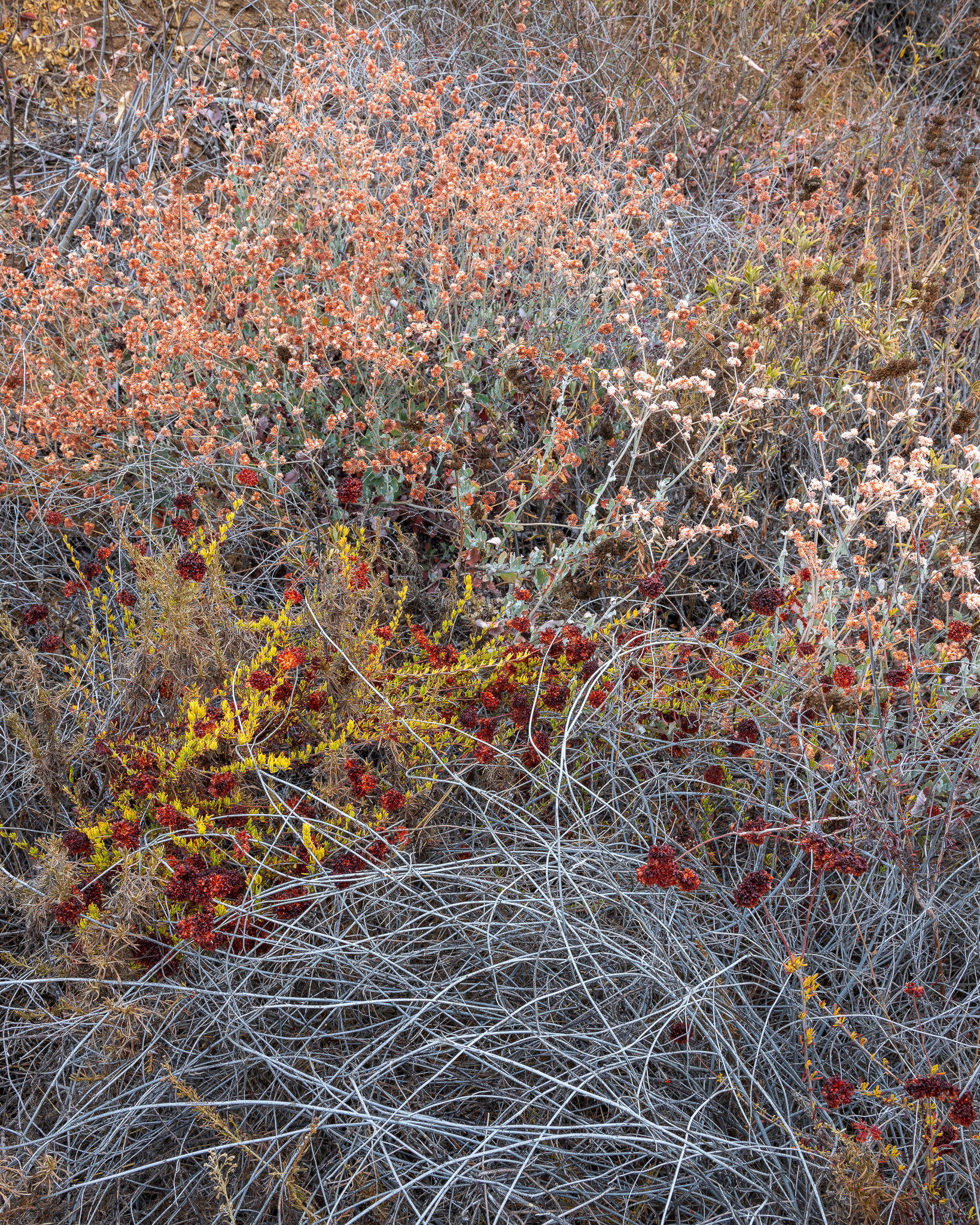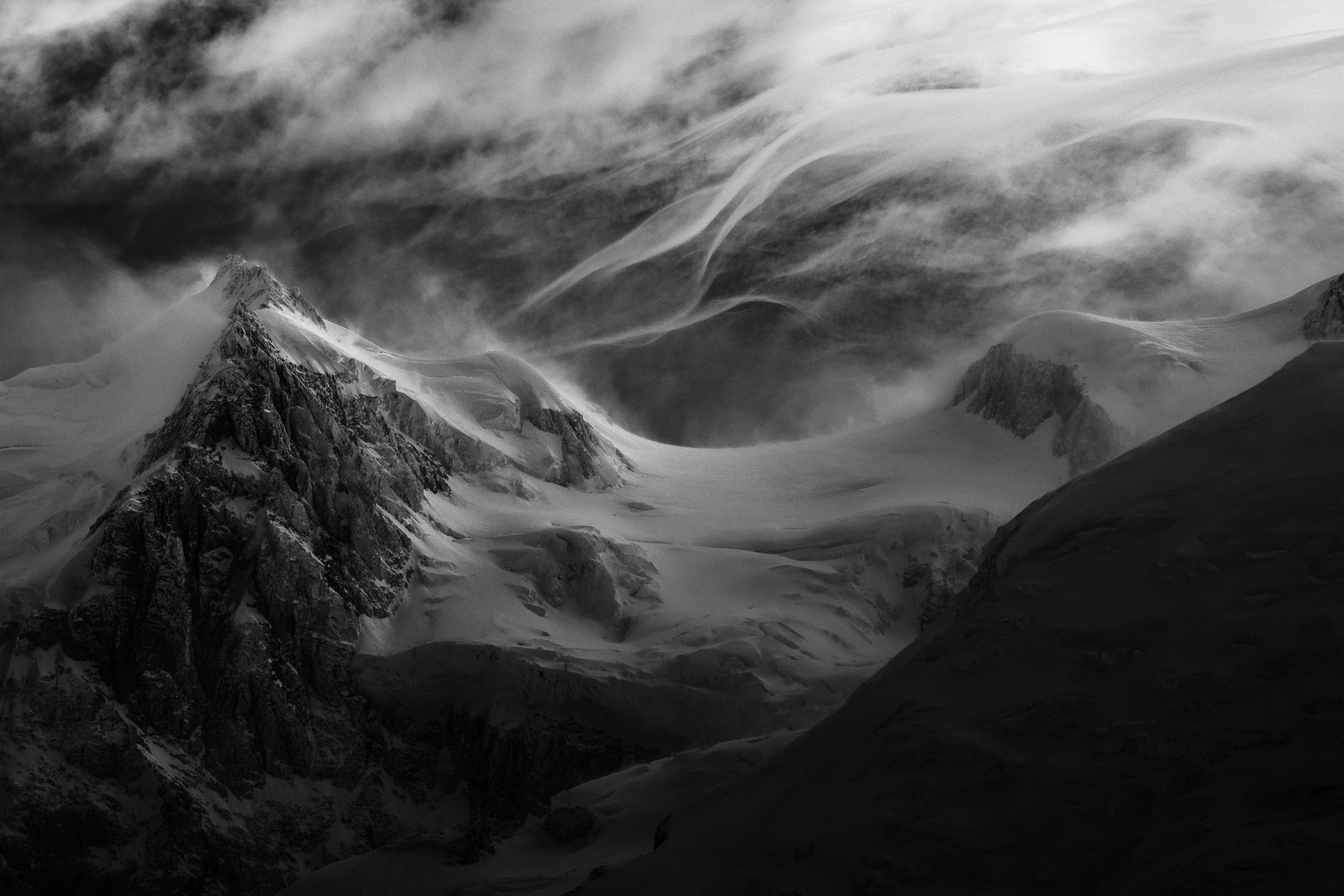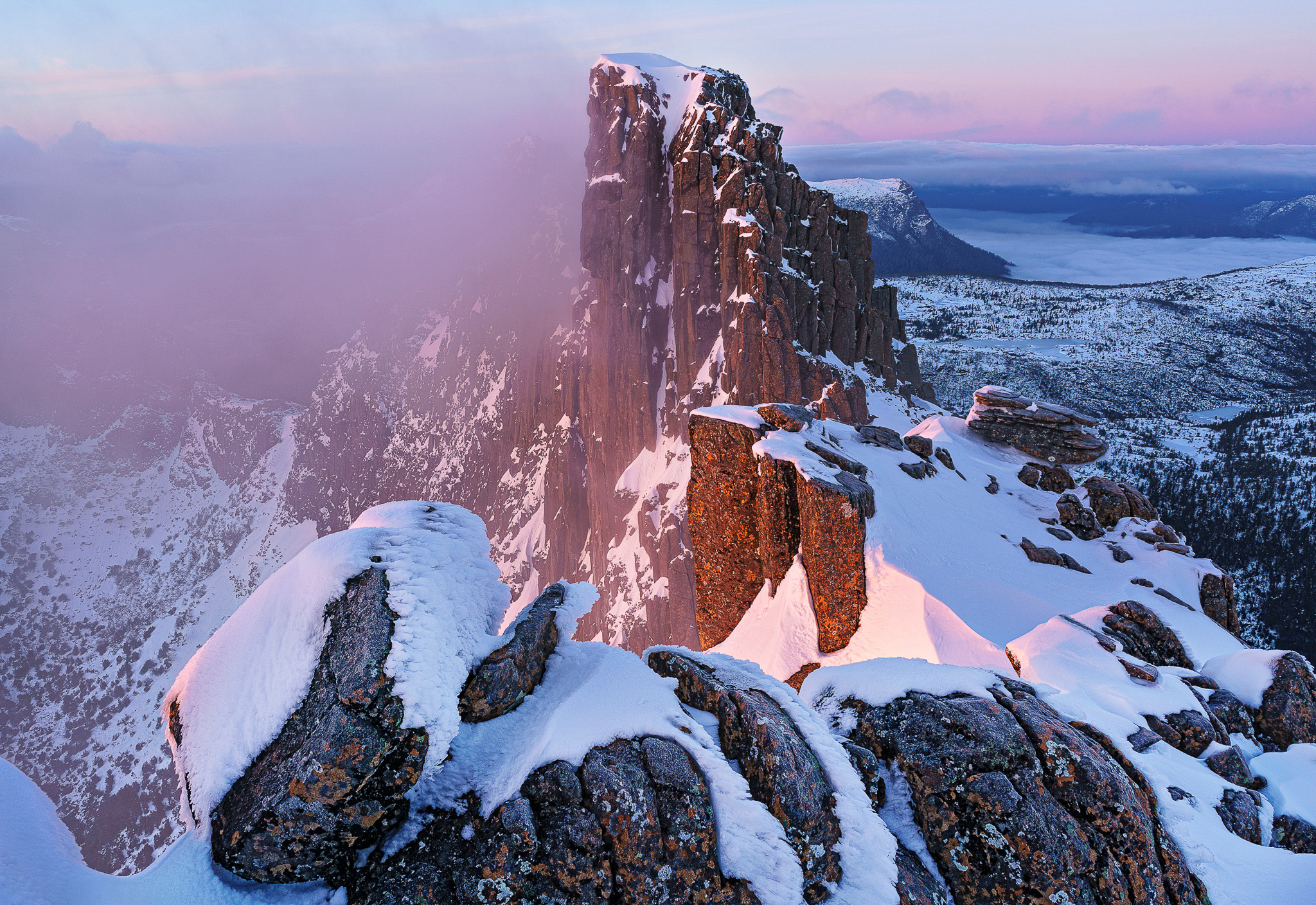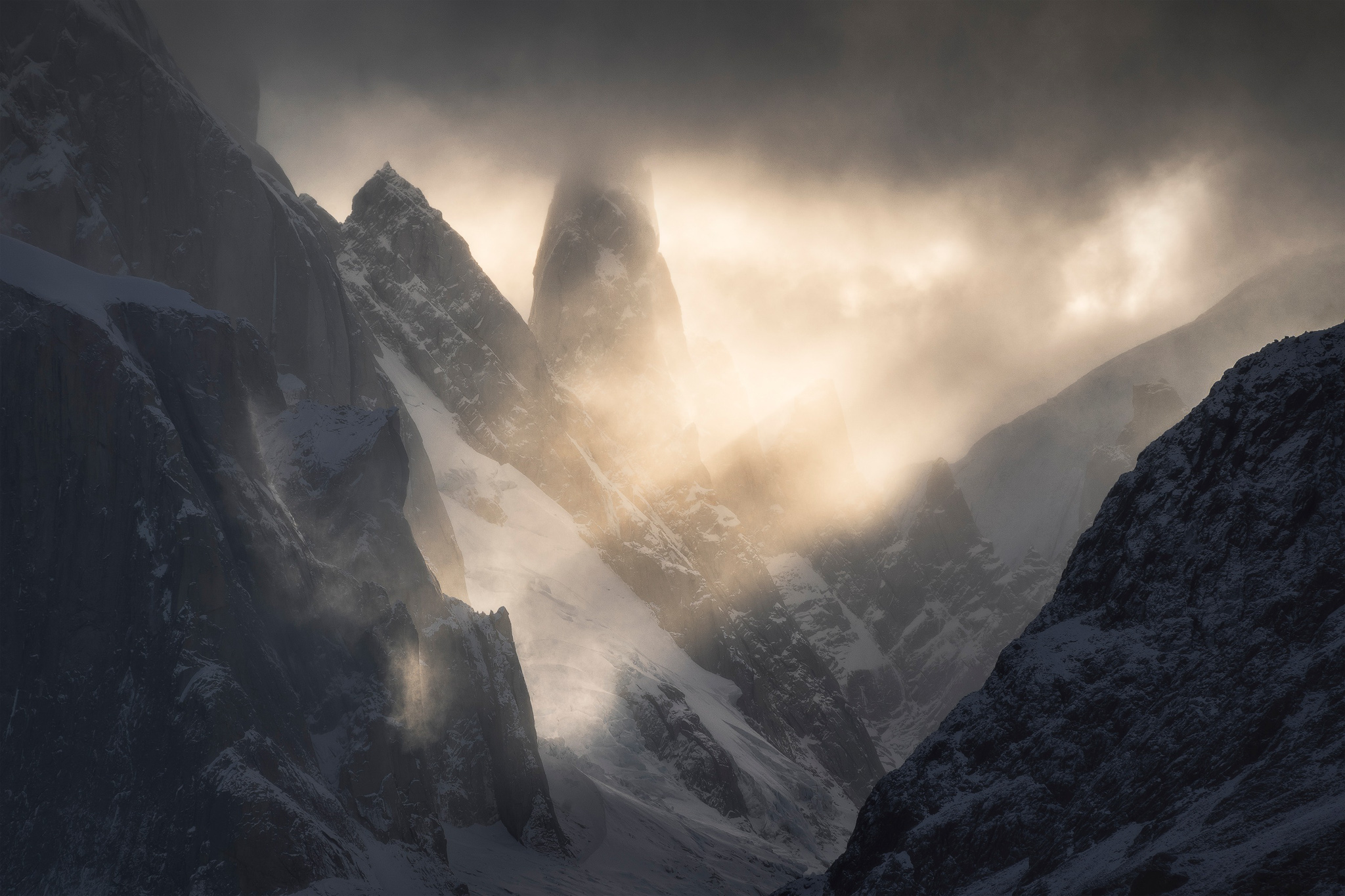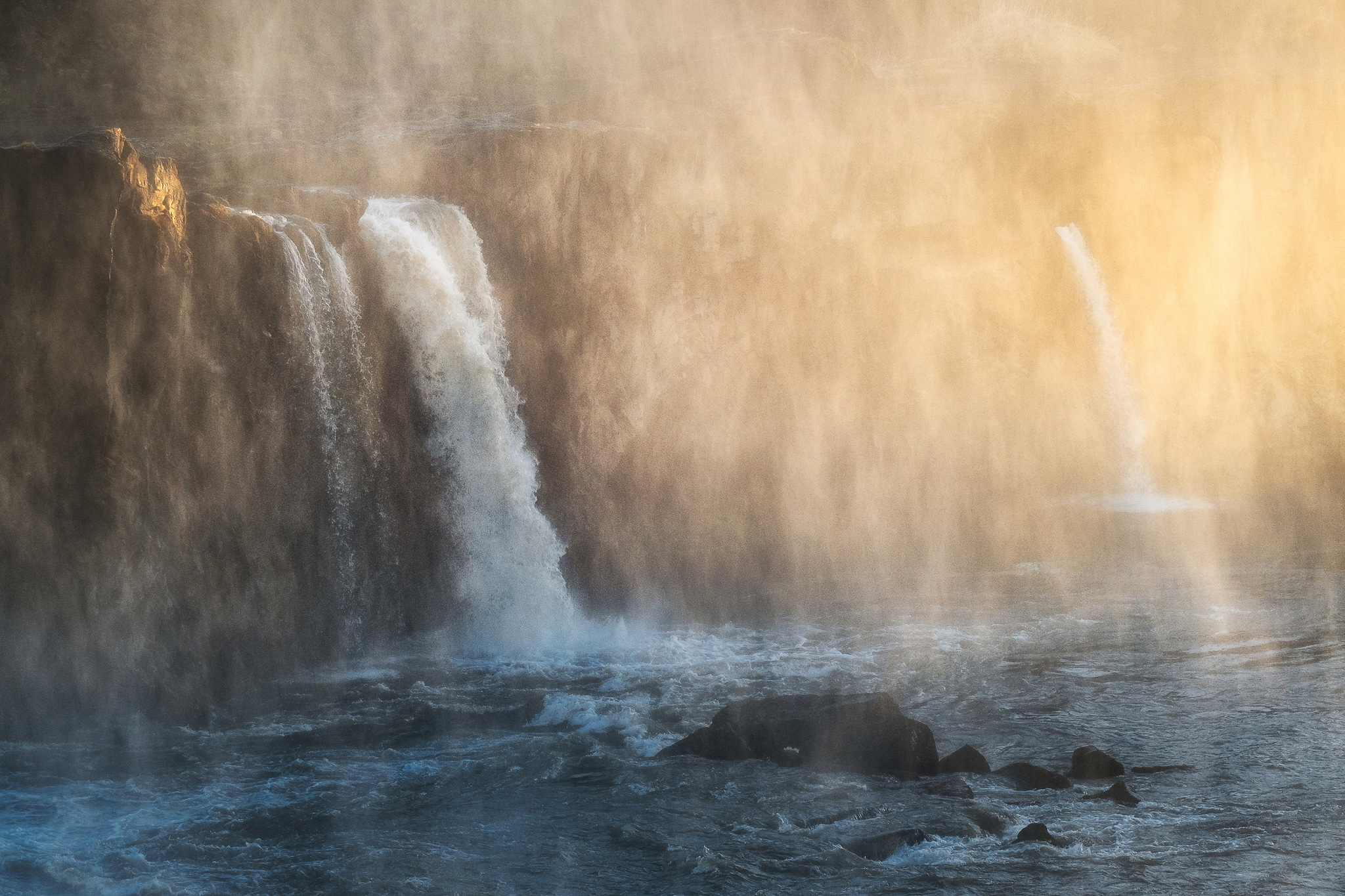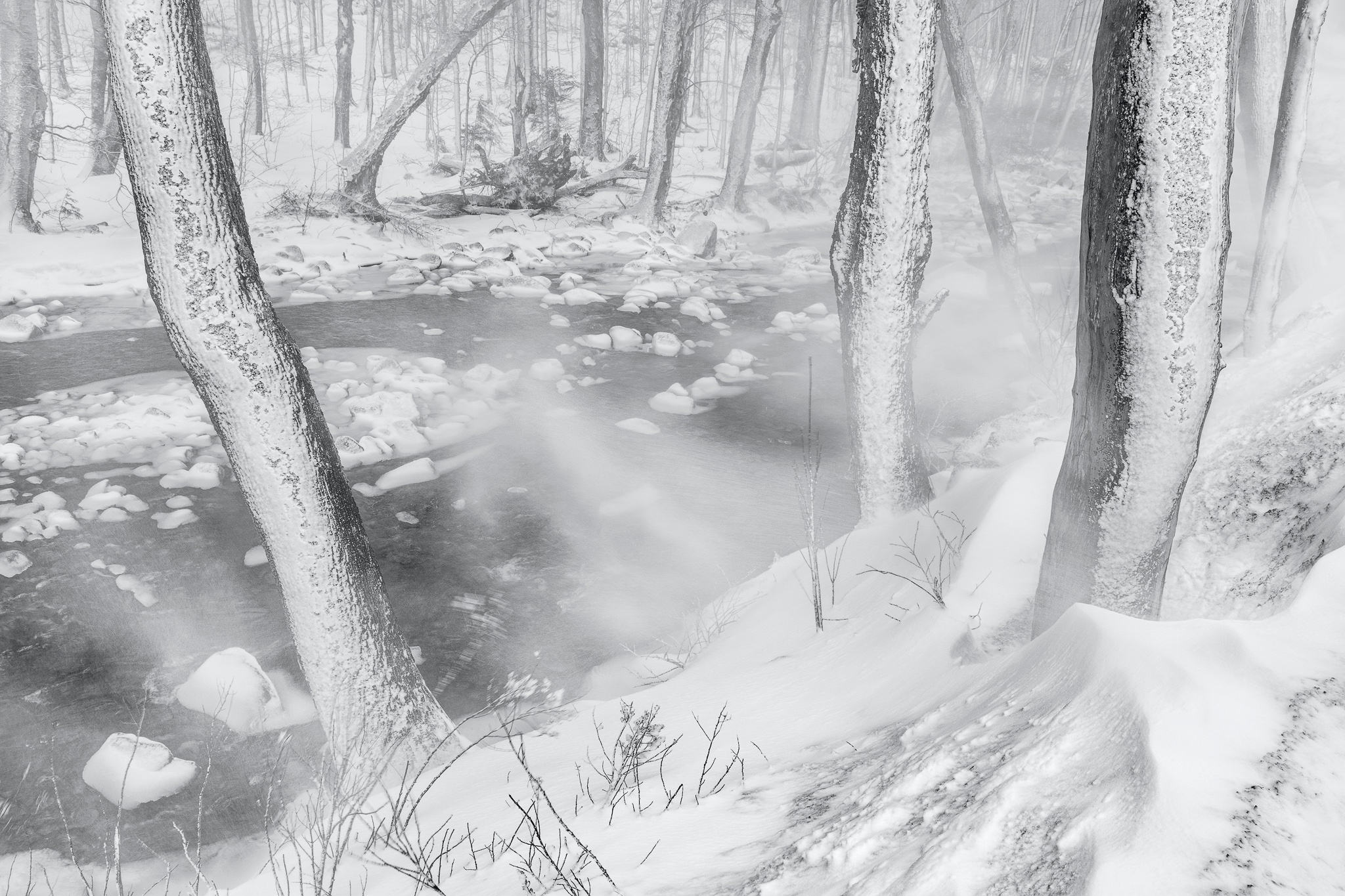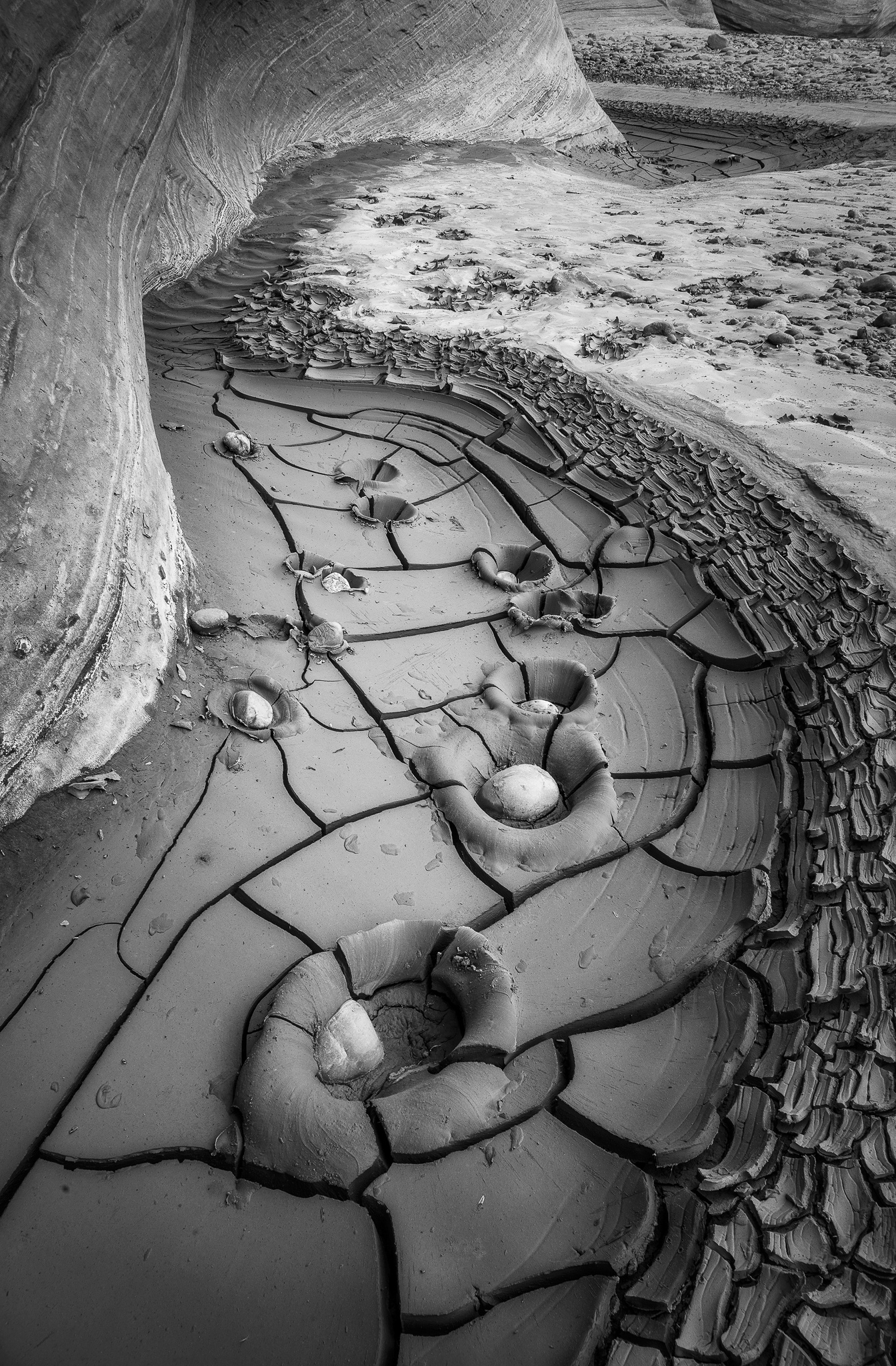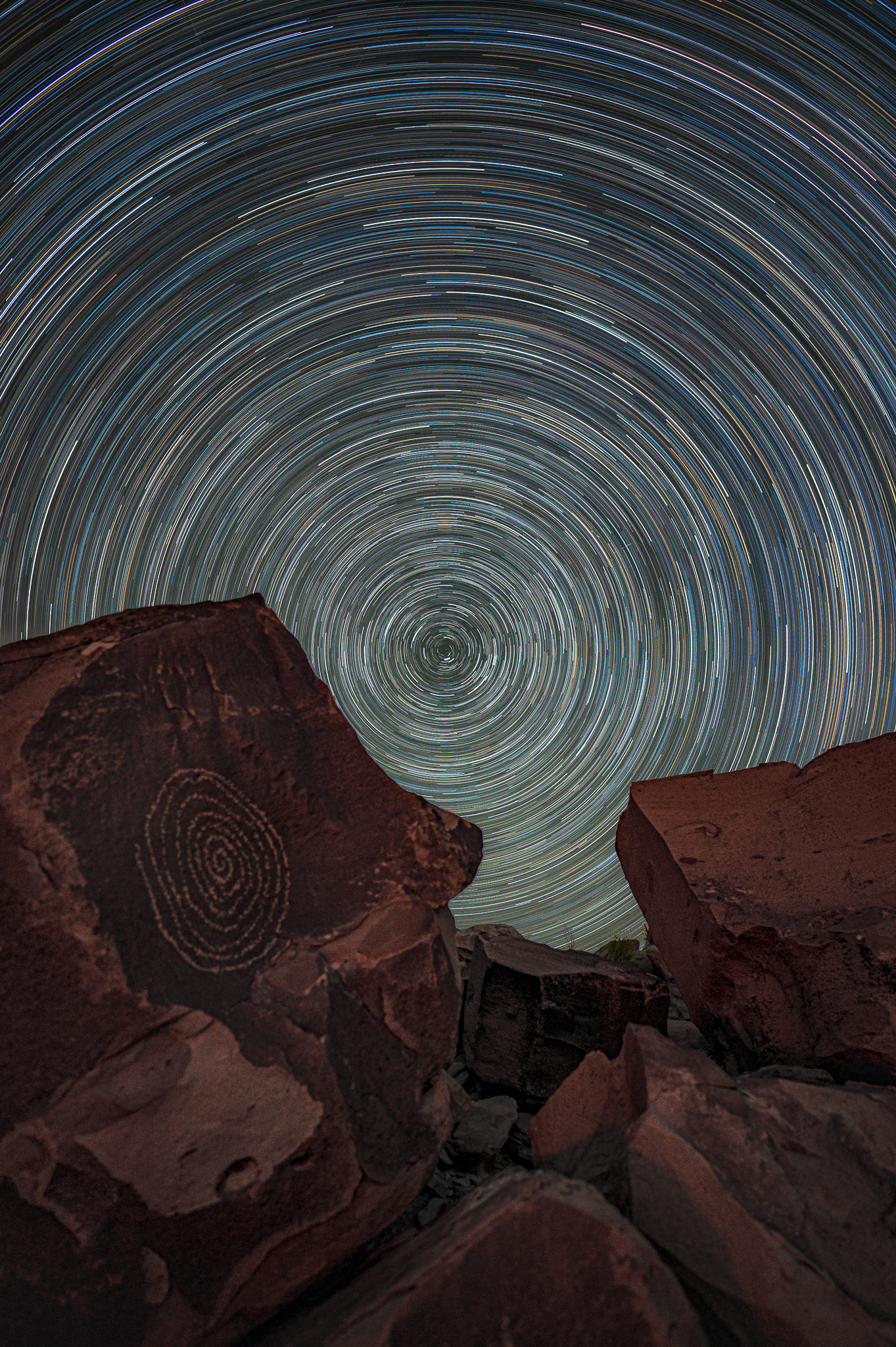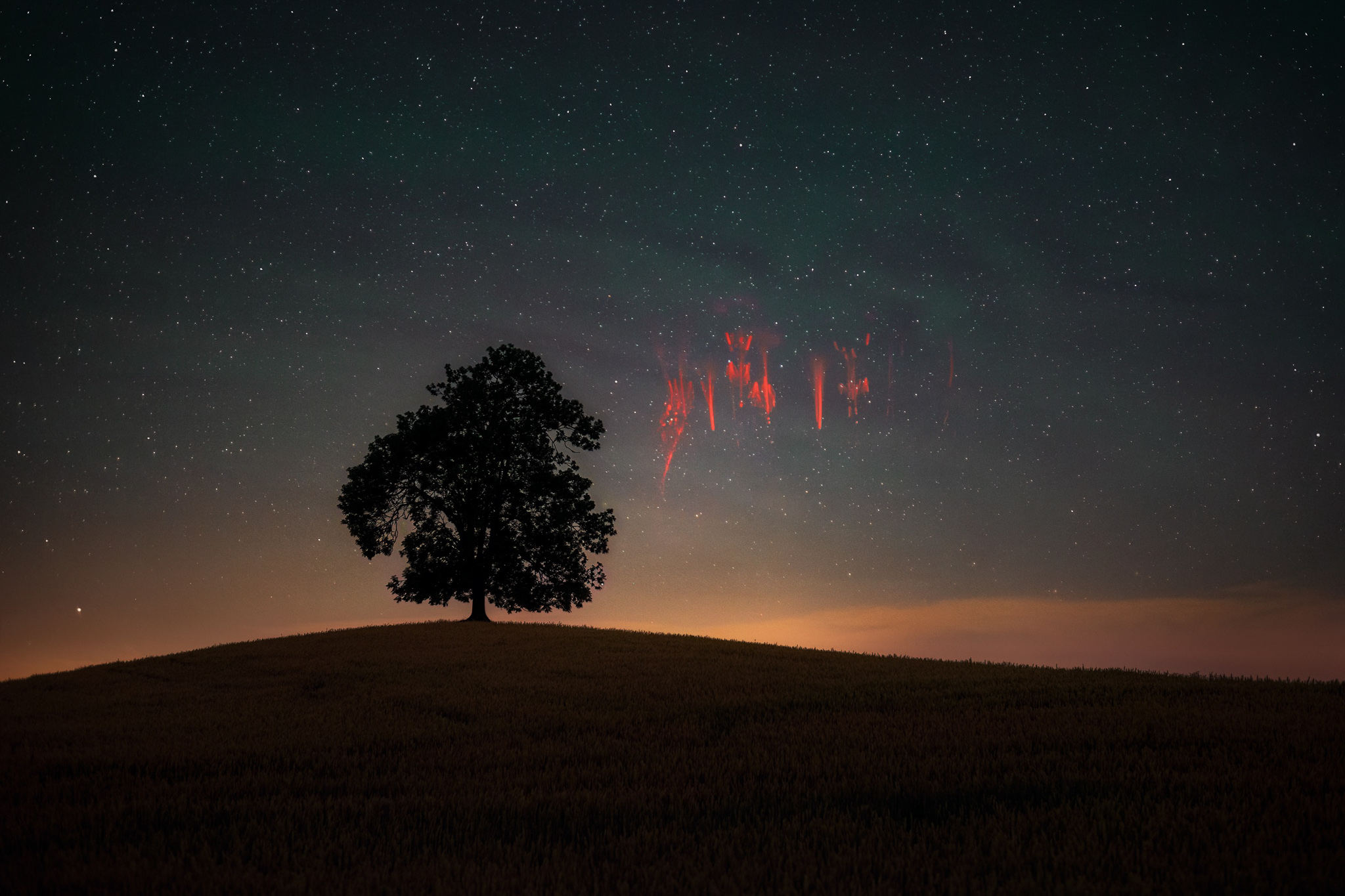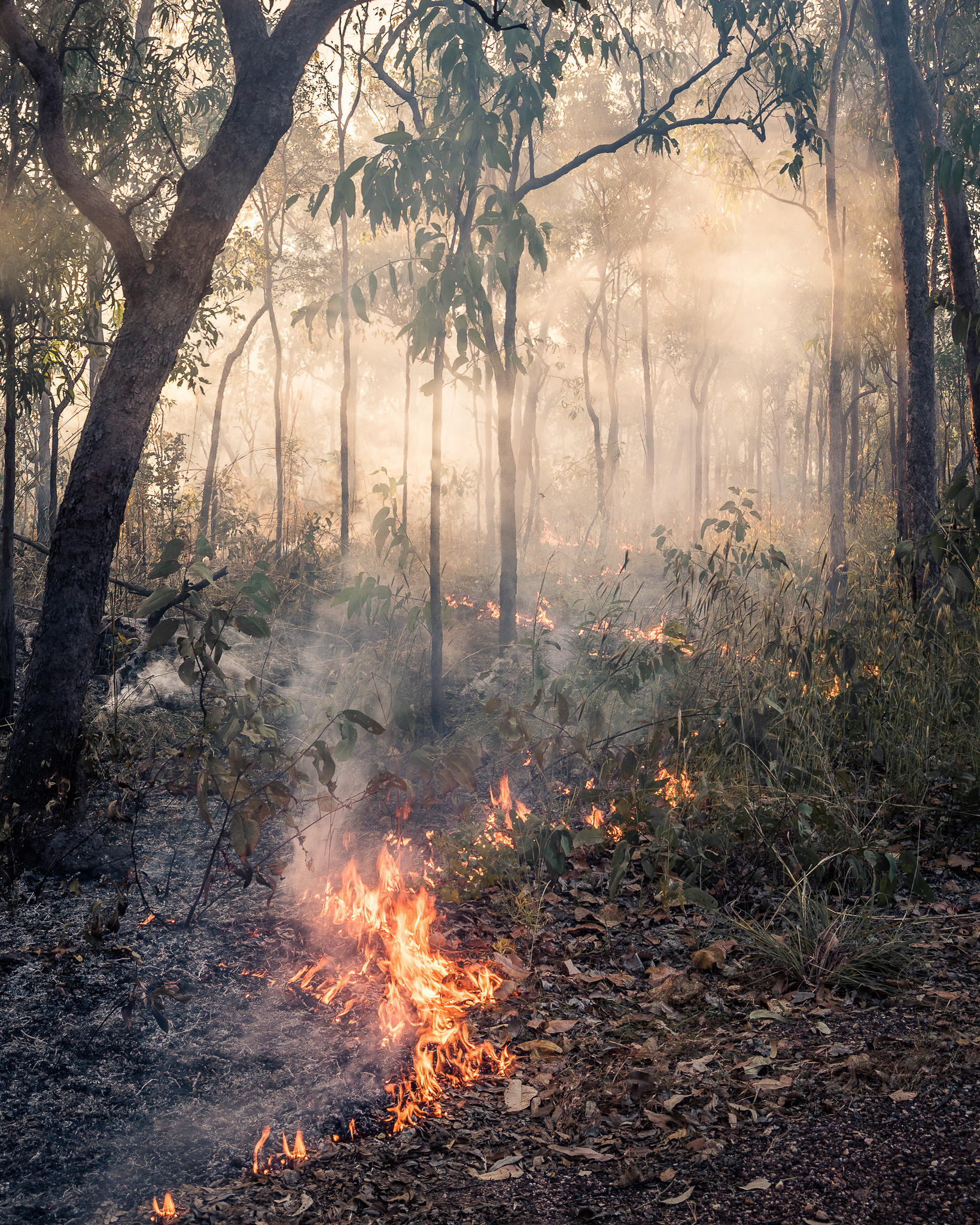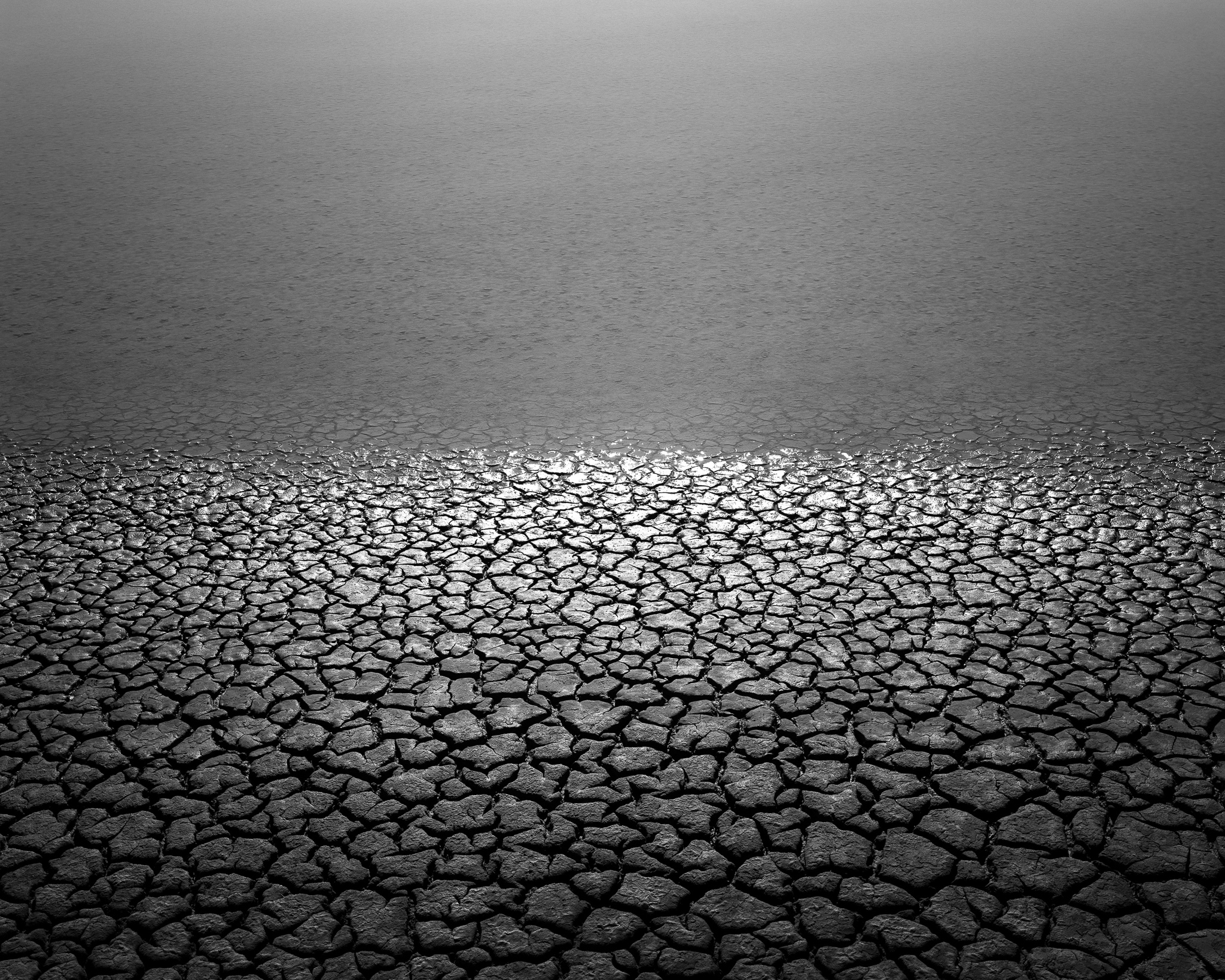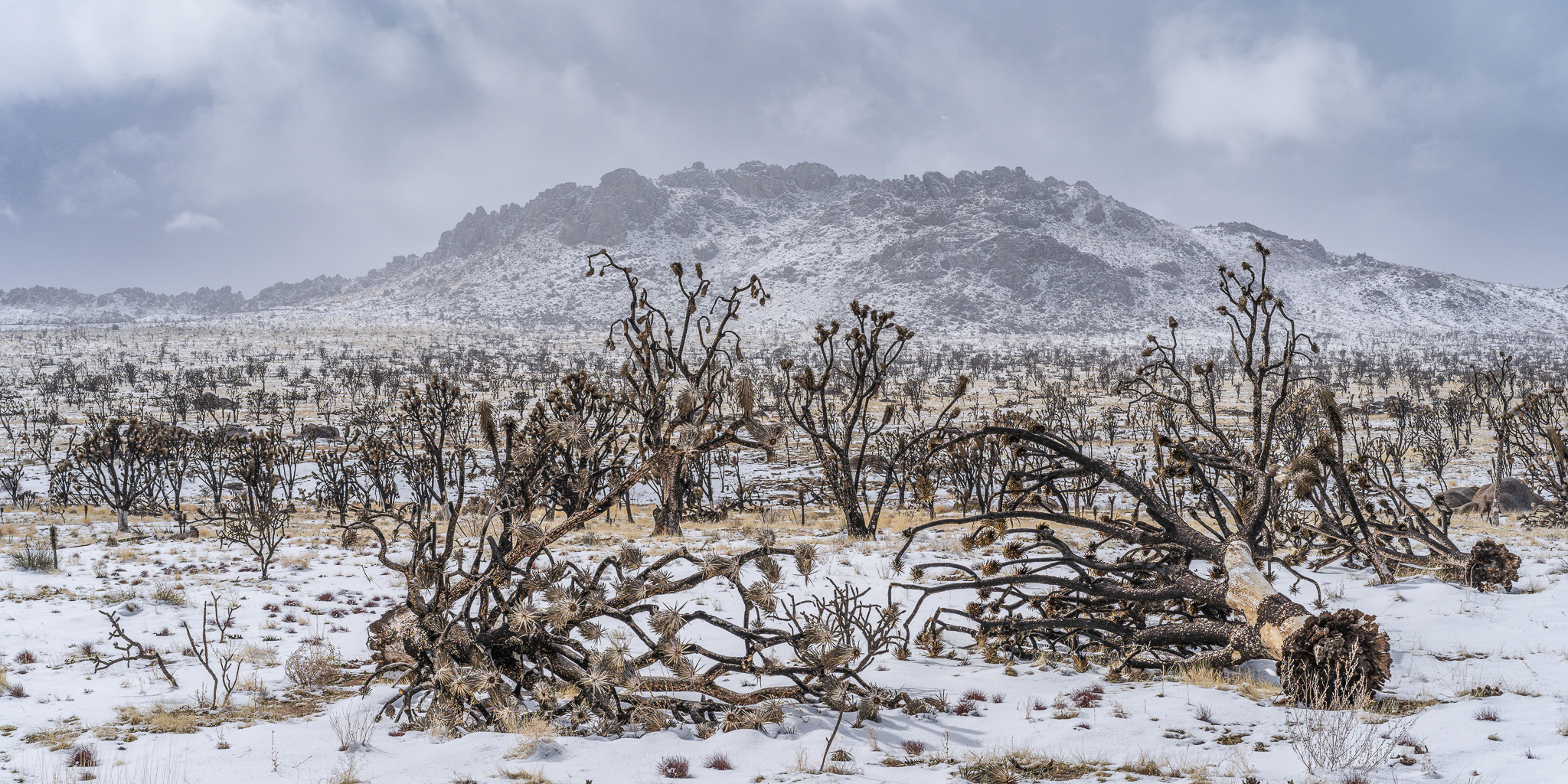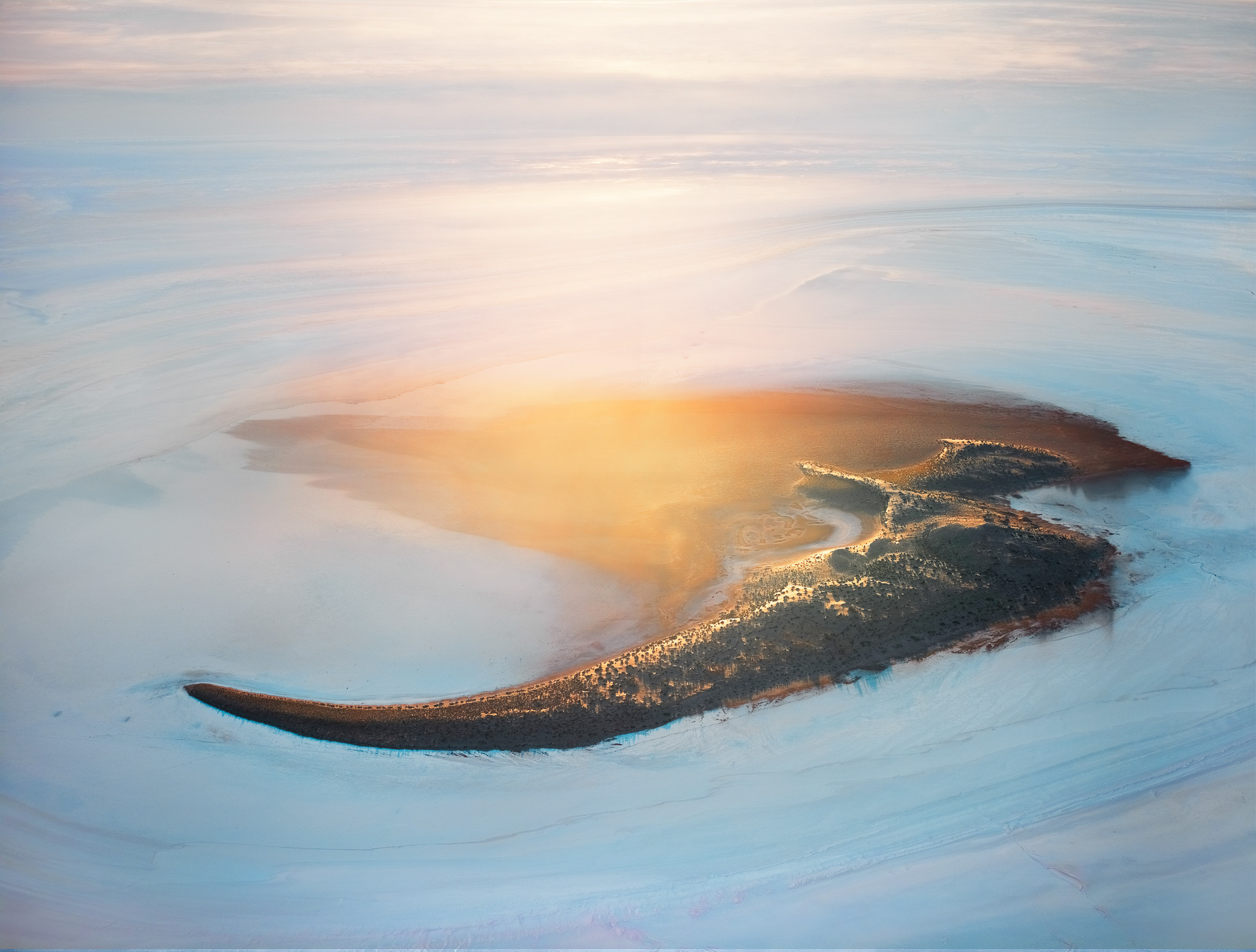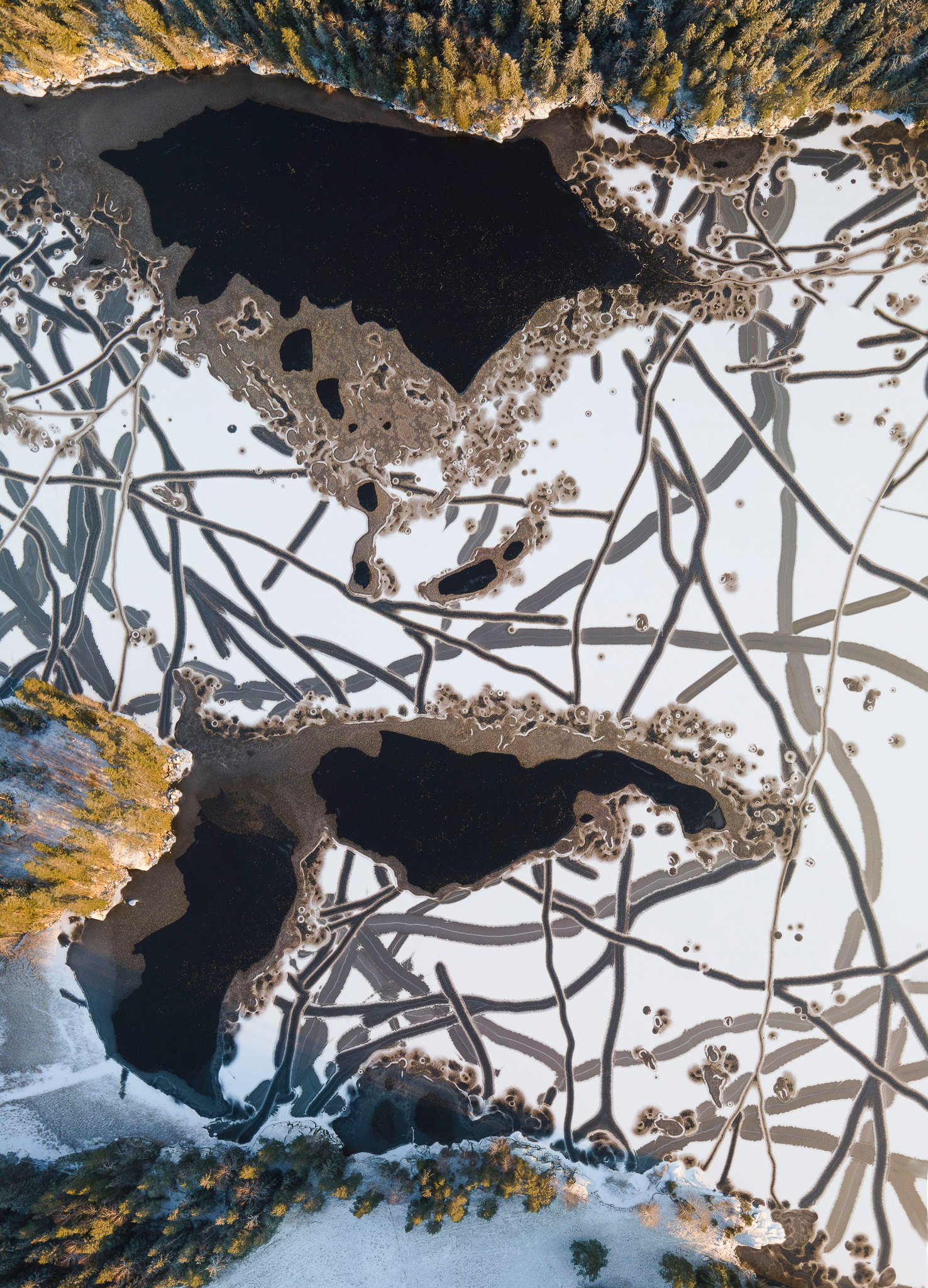2023 Competition Results and Gallery
Below are the results of Year 3 of the Natural Landscape Photography Awards!
This gallery showcases the photographs chosen by our judging panel. Each image’s RAW file has been vigorously checked to ensure it meets our unique rules. Pre-order the Year 3 book today!
Photographer of the Year
Photograph of the Year
Grand Scenic
Intimate Landscapes
Abstracts and Details
Projects
Special Awards
Common Places
Mountains
Water Worlds
Black and White
Nightscape
Environmental
Aerial
Photographer of the Year, Winner
Blake Randall
I extend my heartfelt gratitude to the judges and NLPA founders for selecting my work and creating an outstanding competition. Congratulations to all my fellow winners who join in celebrating the true artistry of photography!”
Photographer of the Year, Runner Up
Benjamin Maze
As someone who enjoys creating images of everything from the grand landscape through to the abstract and intimate scenes in nature, it’s fantastic that the NLPA gives a voice to all reality-based approaches of capturing our natural world. The competition has also unintentionally challenged me to think a little deeper about what I present through my images and how to intertwine my own artistic interpretation with reality, rather than seeing them as mutually exclusive.
Our world’s Creation is very precious to me, and I cherish any chance I get to share it with others. Thank you to the NLPA founders for creating a fantastic space for high-quality natural landscapes, to the judges for their efforts and countless tough decisions, and to those who support me in my photography; and finally, a huge congrats to the winners!”
Photographer of the Year, Third Place
Adam Gibbs
Photographer of the Year, Highly Commended
Xavier Lequarre
Photographer of the Year, Highly Commended
Franka Gabler
Photographer of the Year, Highly Commended
Kenny Muir
Photograph of the Year
Gabriel Stankiewicz
Grand Scenic
Intimate Landscapes
Abstracts and Details
Project Winner, Tiago Mateus
PINUS PINEA – Charcoal series
Project, Runner Up – Tim Wrate
Devastation
A potent cocktail of rising sea levels, changes to cyclonic and monsoon patterns and the impact of feral buffalo has resulted in pushing saltwater further from the coast into its freshwater river systems. The phenomenon was first documented in the 1950’s but has escalated rapidly since the 1980’s. What was initially thought to be the impact of the hard-hooved feral water buffalo on a fragile ecosystem now appears to be closely linked to climate change.
The project was captured in Australia’s Northern Territory near a chain of freshwater billabongs known as the Mary River, not too far from the western edge of Kakadu National Park. If emissions continue to rise, modelling from 2017 shows that almost half of Kakadu’s freshwater wetlands could meet a similar fate within 50 years. Kakadu is one of the most ecologically important and spiritually important regions in Australia.
Project, Third Place – Nicolas Raspiengeas
Apaa
As these photos were taken at the Ruska time, the surrounding vegetation is also in a state of transformation.
Project, Highly Commended – Adam Gibbs
Vancouver Island’s Disappearing Old Growth Forests
Project, Highly Commended – Himadri Bhuyan
Jing Kieng Jri
Meghalaya owing to its geology and climate is home to the wettest place on earth and numerous valleys/gorges created by the rainfed streams and rivers that crisscross this region. Add to that the fact that it’s an earthquake-prone region and most of the villages don’t have road connectivity. A visit to the nearest market or town usually requires crossing several streams. It’s fine in the lean season, but in the monsoons, it’s impossible to cross these streams or rivers without a bridge. So, centuries ago, the people of the region came up with the idea of building bridges using the roots of rubber fig trees (Ficus Elastica). Since then people have followed this practice of building bridges that are alive and thrive in their surroundings.
This is an ongoing series that started back in 2013, wherein my attempt has been to understand the bond between the people of this region and nature (particularly the forests) and the importance of these structures in their daily life.
Project, Highly Commended – Jeroen Van Nieuwenhove
The Fagradalsfjall Fires
Project, Honorary – Mike Curry
Fleeting Reflections
Special Awards
Common Places
Mountains
Water Worlds
Black and White
Nightscape
Environmental
Aerial
Statistics
- 3,437 Grand Scenic photographs
- 3,765 Intimate Landscape photographs
- 1,829 Abstracts and Details photographs
- 232 Projects
Of these, 1,989 photographs made it to the RAW verification stage and final judging. From here, the judges narrowed down their top selections to just 157 photographs for the live finals, which lasted 6 hours via Zoom.


